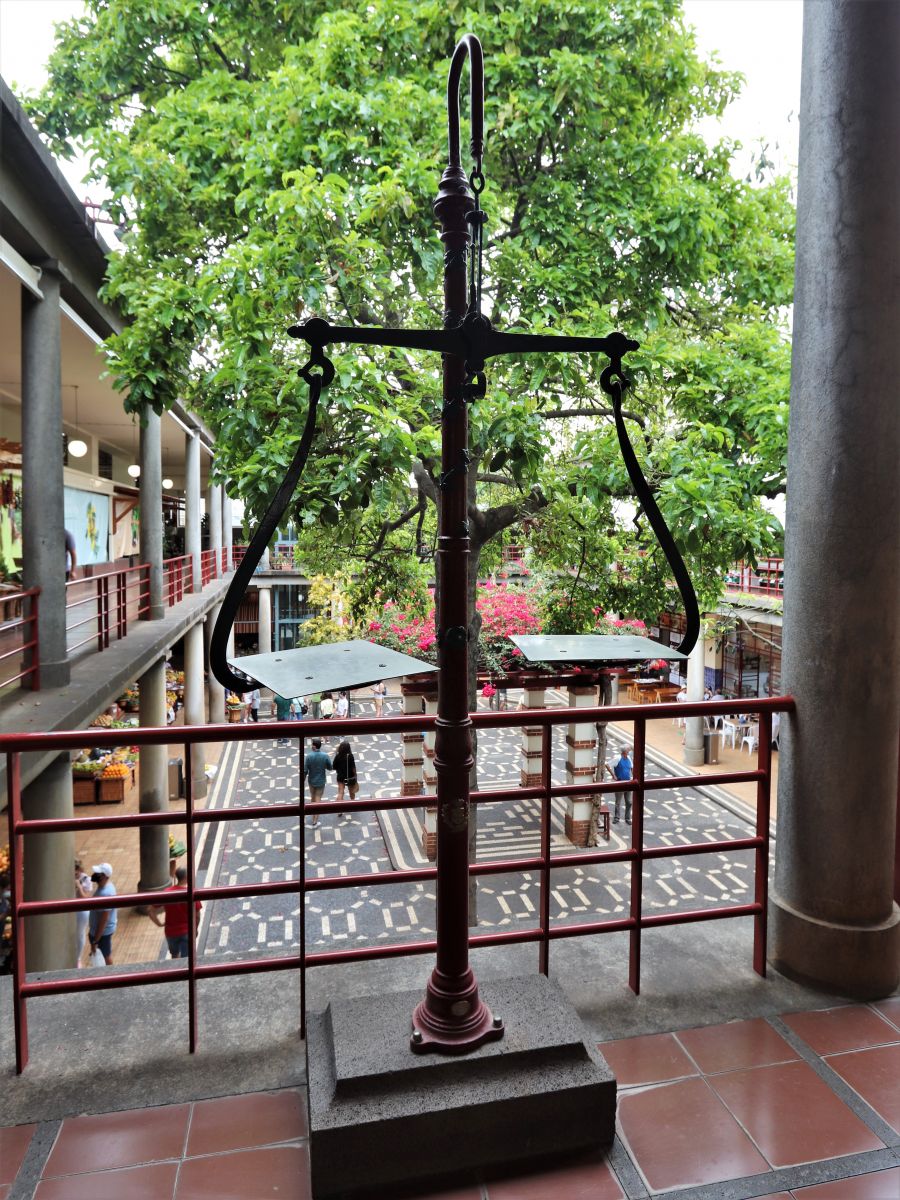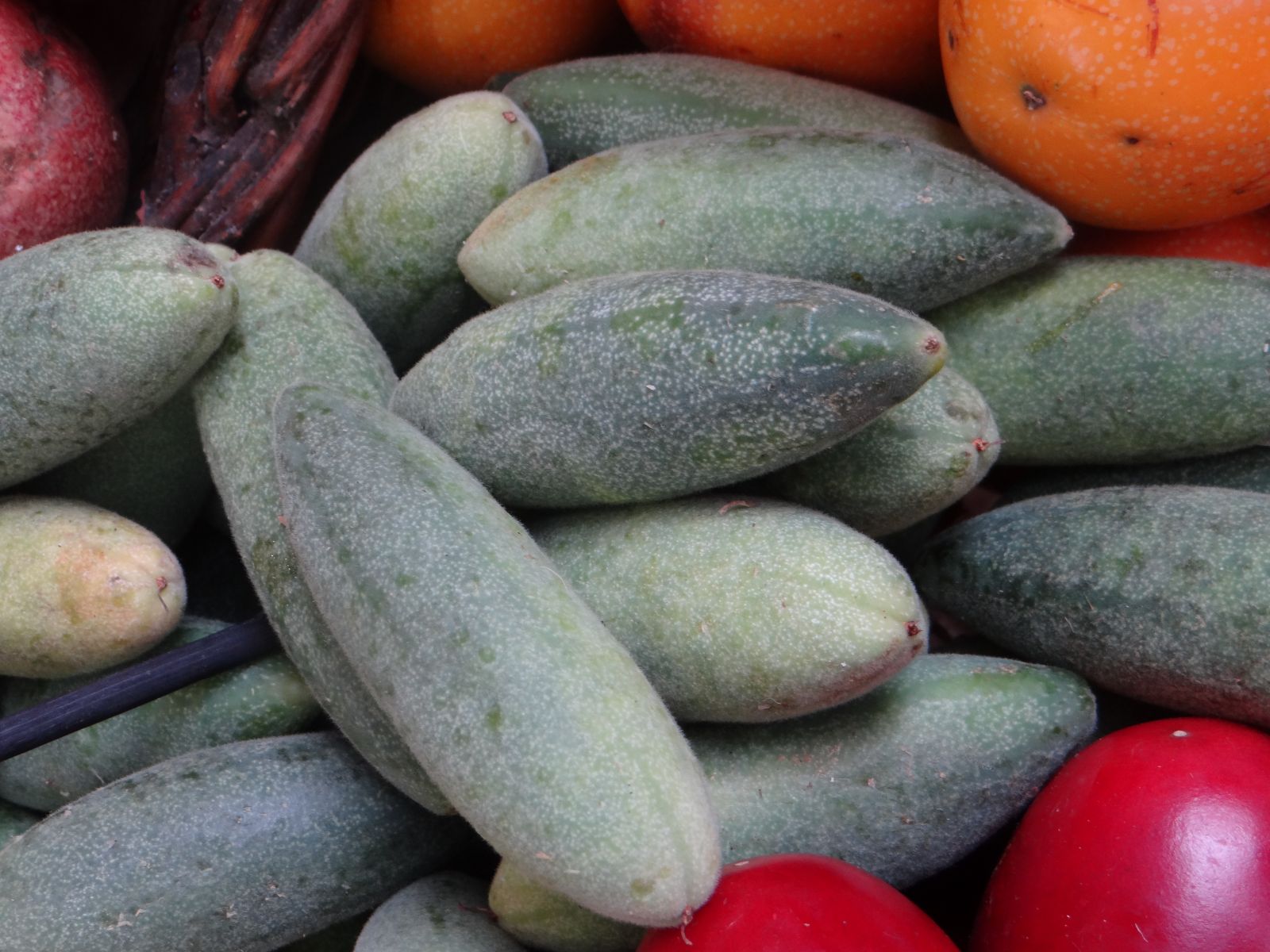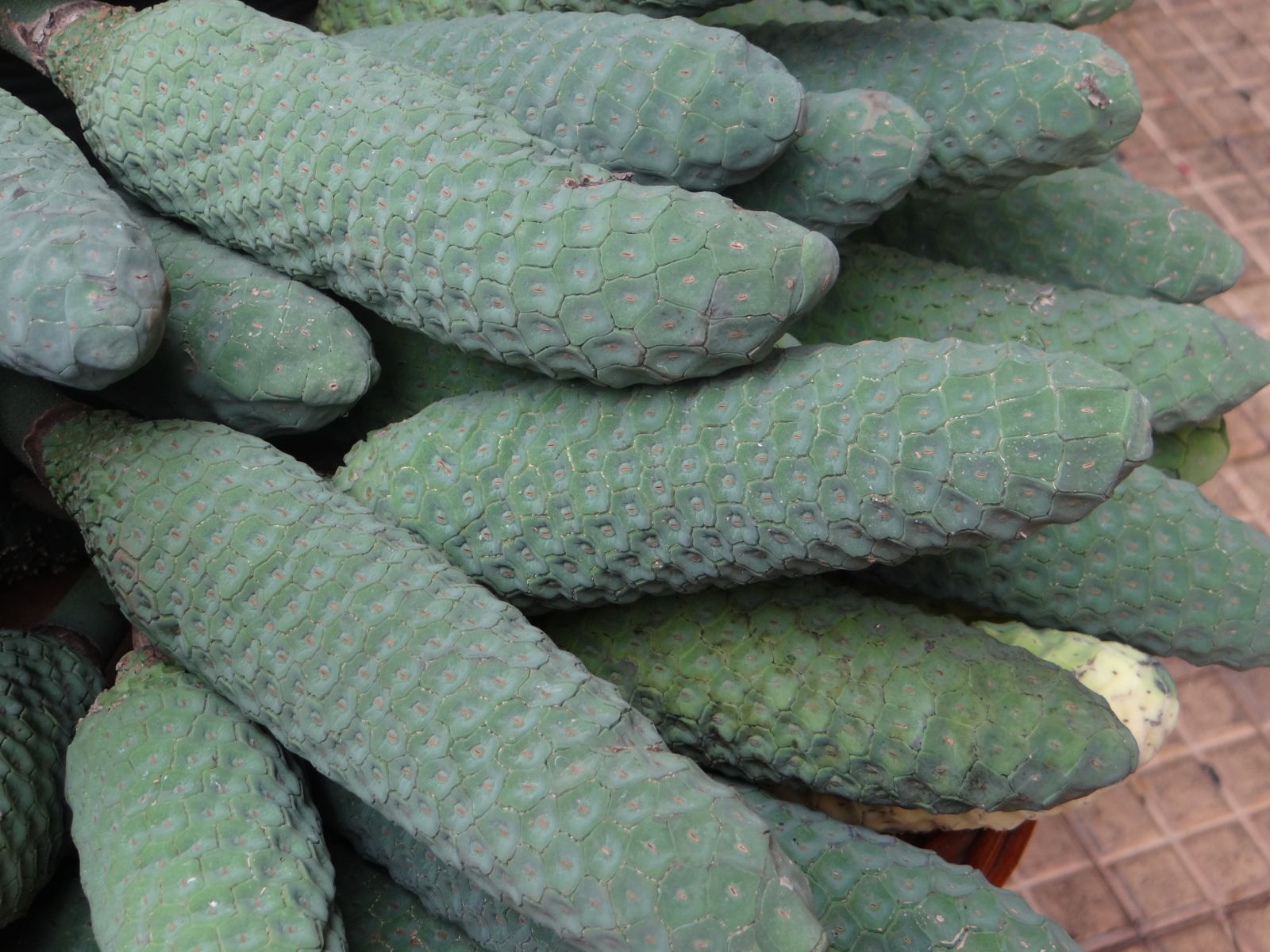Here you are in our third article on Madeira. If you missed the beginning, no worries, just click on the links below:
Read the first article on Madeira
Read the second article on Mareira
We land in Funchal (4), the capital of the Madeira archipelago. Its name comes from the word funcho in Portuguese which means fennel, a plant that was once found there in abundance. It grew there naturally before the colonists established themselves there massively. Today, it has just over 110,000 inhabitants.
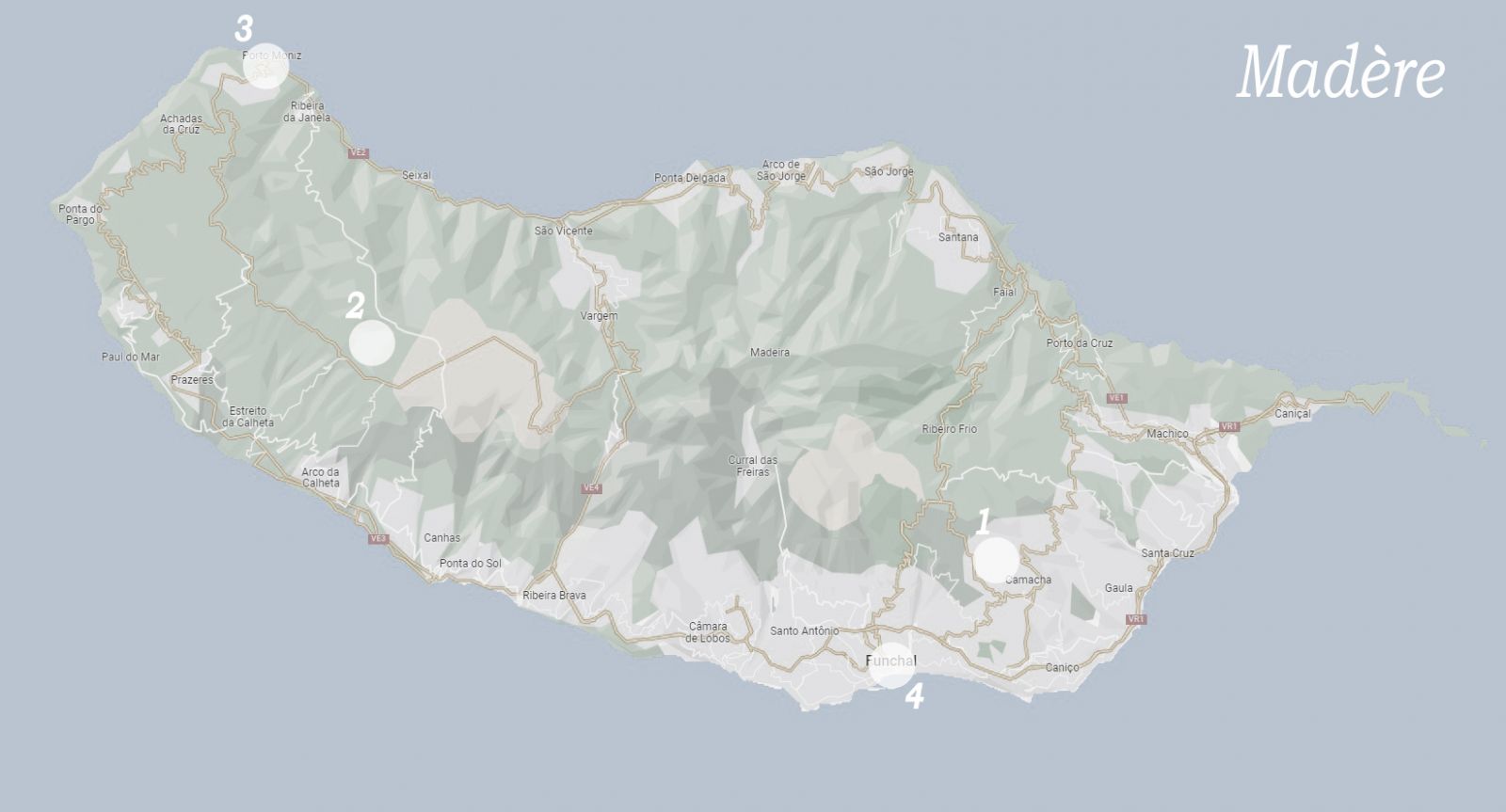
Source : GoogleMap

Source : geoportail.lpeg.pt
The urban fabric interferes in the slopes, scatters its red roofs there.

What strikes you in Funchal is the nature and especially the plants that invite themselves everywhere: in the parks and gardens of course, but also in the streets, in the squares, around the hotels.
Let's take a little walk.
When the hotel is not in the city centre, what a pleasure to discover this enchantment on foot.
THE WALK
Private houses.
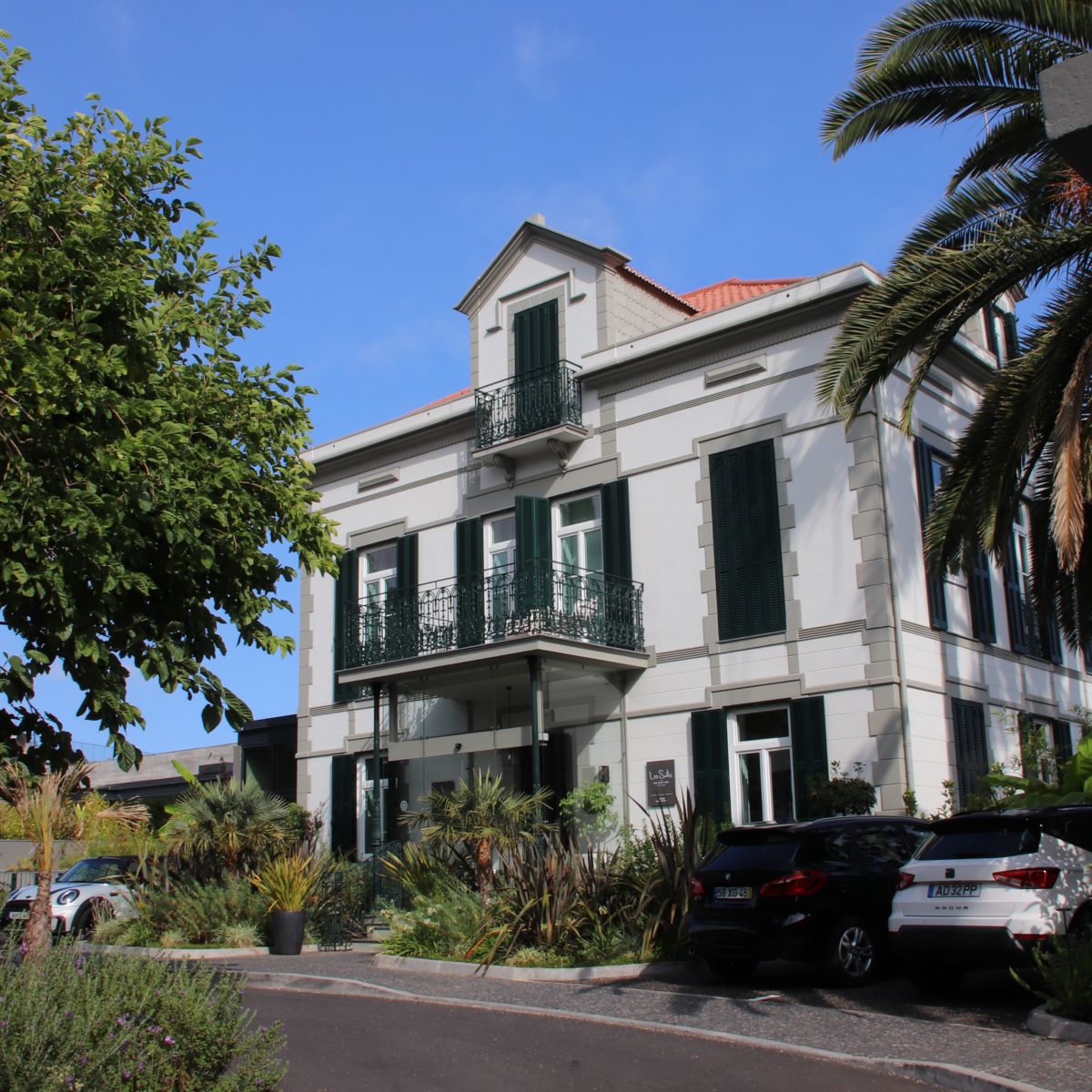
In the street, all the spaces are occupied.

Quisqualis indica with generous flowers
Like this walkway that leads from one room to another in a restaurant. An aristolochia exposes its outrageous flowers. Botanical gardens around the world have never hosted such a subject.
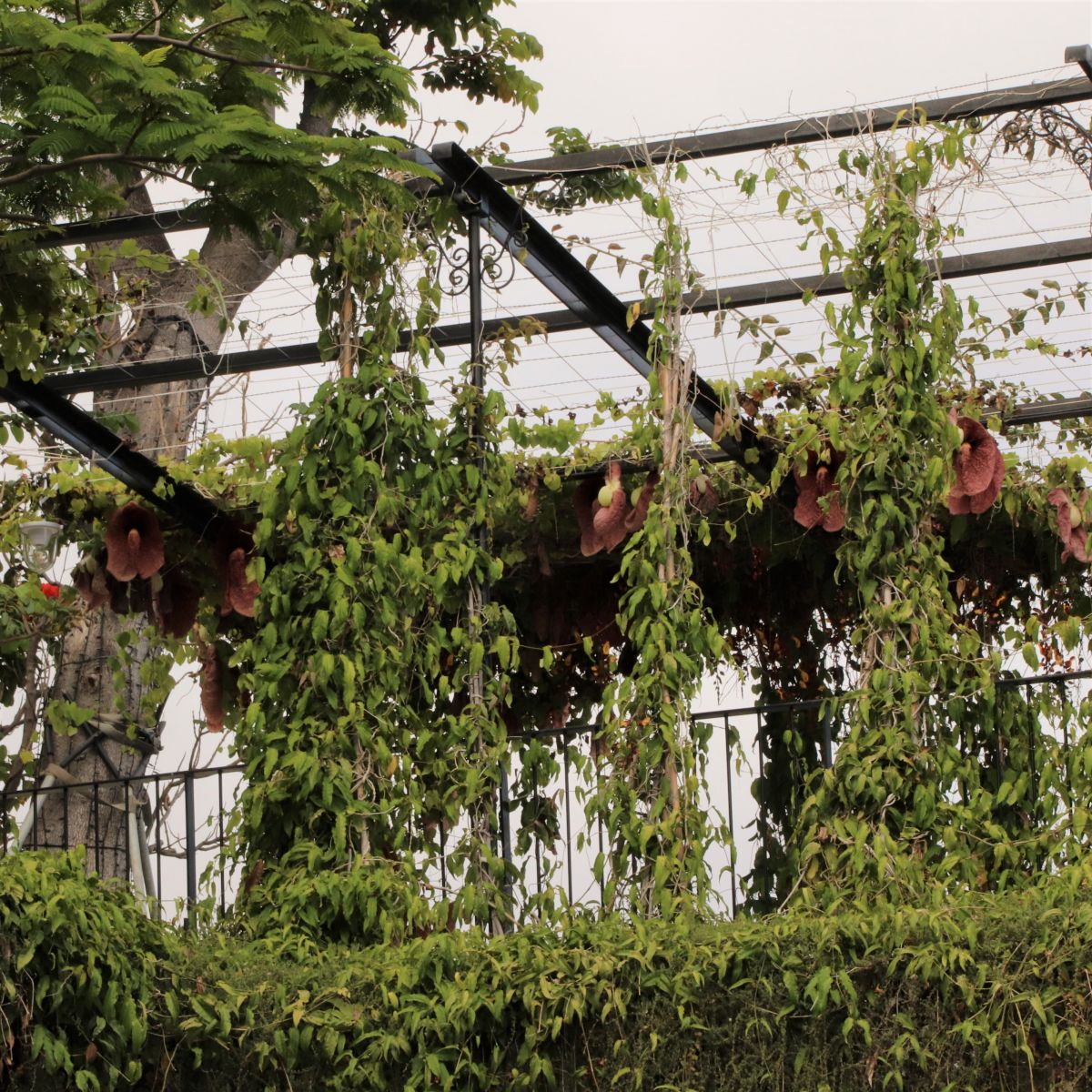
Aristolochia gigantea
The walk reveals as many spaces where the plants are remarkable, but also the Azulejos, these often blue earthenware, typical of the Portuguese tradition.
They appeared in Lisbon in the second half of the 16th century. They are found in large numbers in Madeira.

Squares, streets, what a collection!
The agathis, these rare conifers, endangered for certain varieties, are very pleasant.
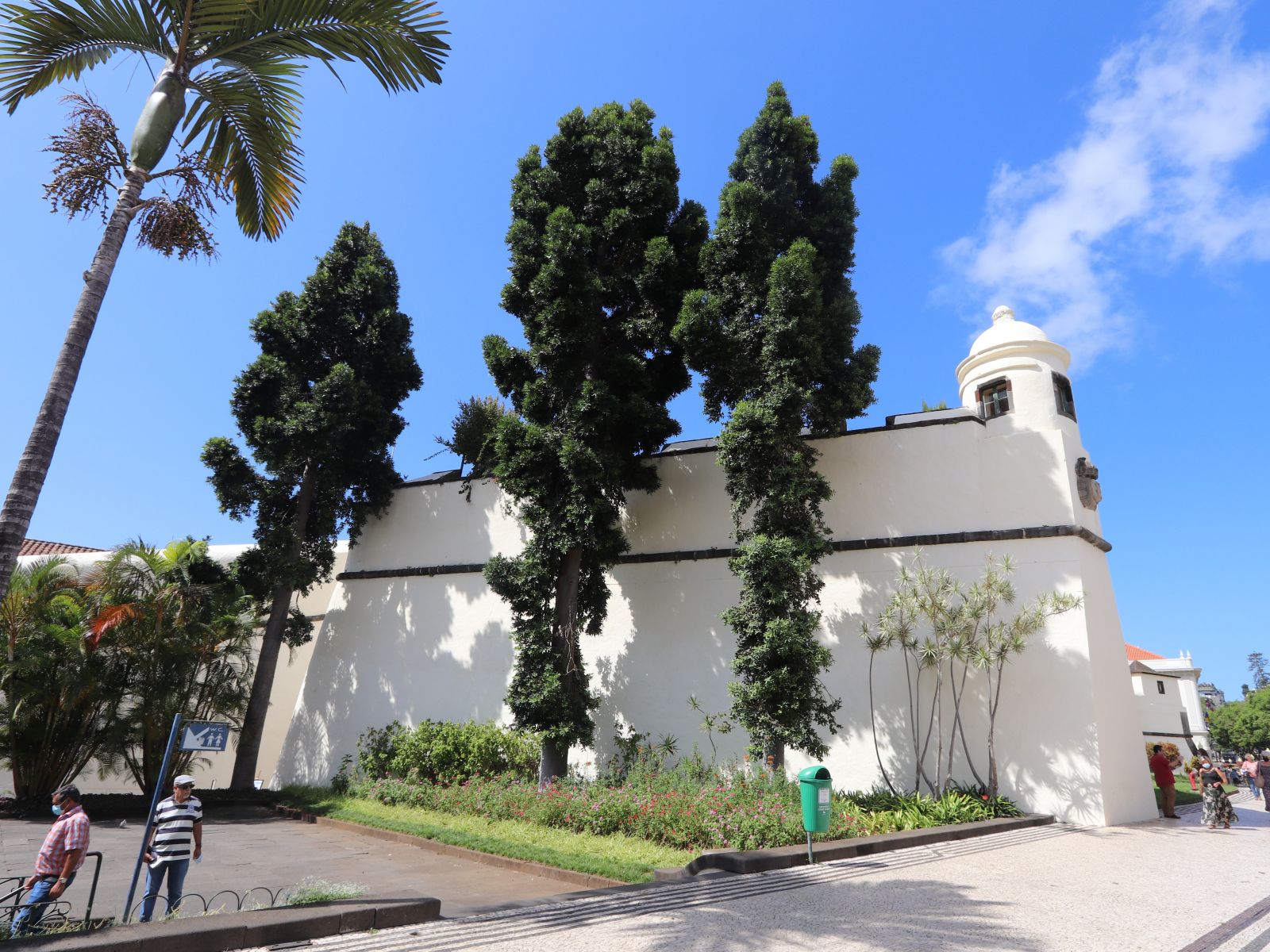
Agathis brownii
Trees, shrubs, pour their impressive quantity of flowers, whatever the season. Everyone seems happy.
The African Tulip tree offers an infallible flowering from spring to autumn.
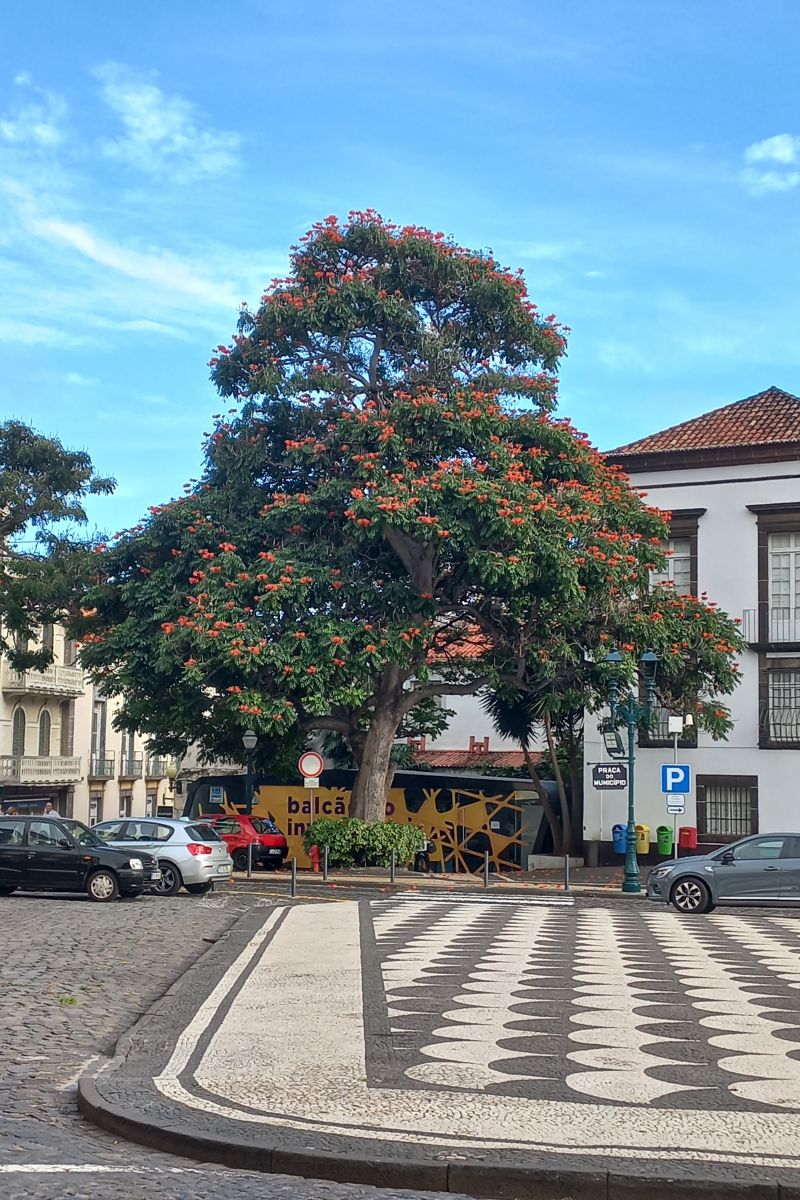
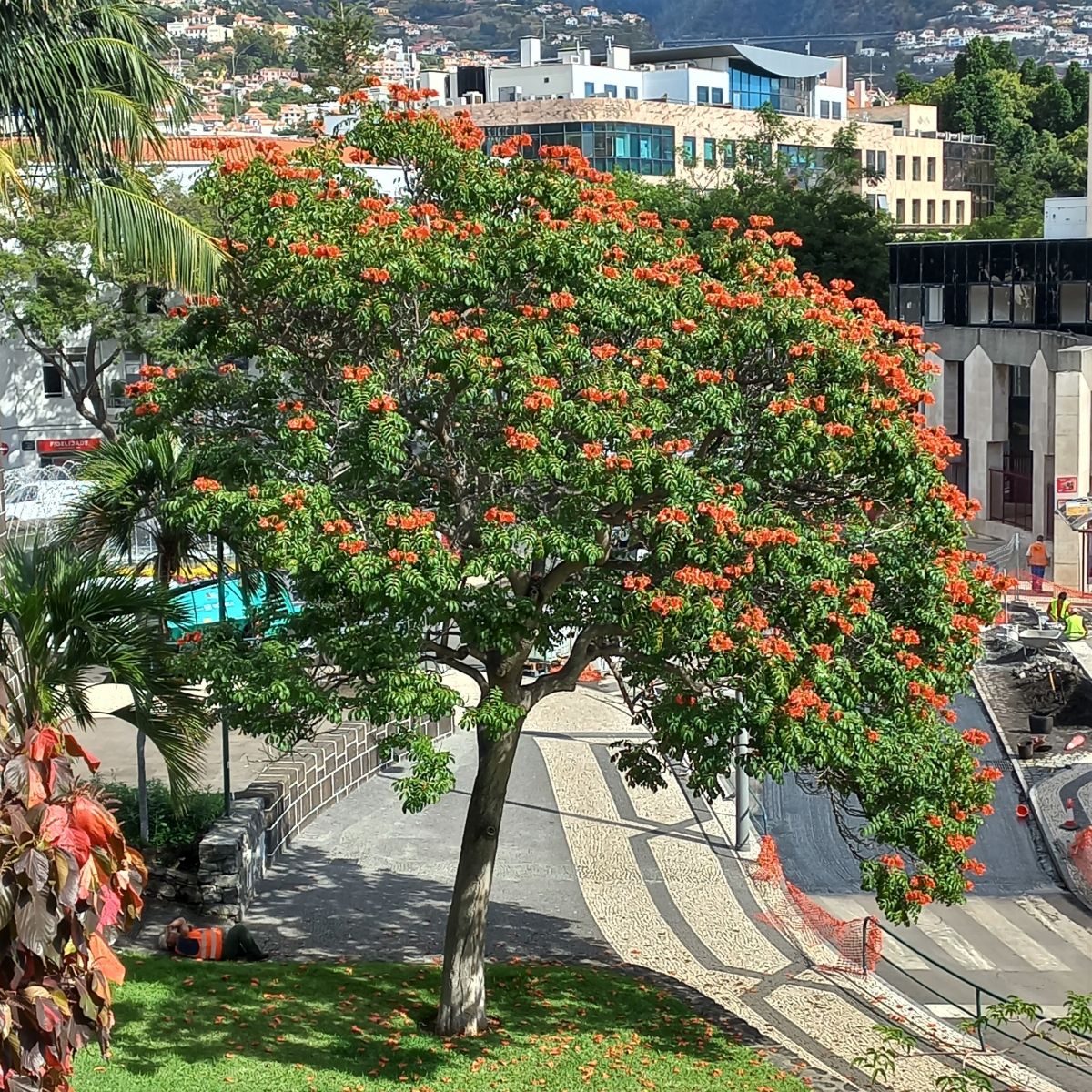
Spathodea campanulata
In Funchal, black and white mosaic floors are the norm and cover the squares, sidewalks, sometimes entire streets.
They come in as many geometric compositions.
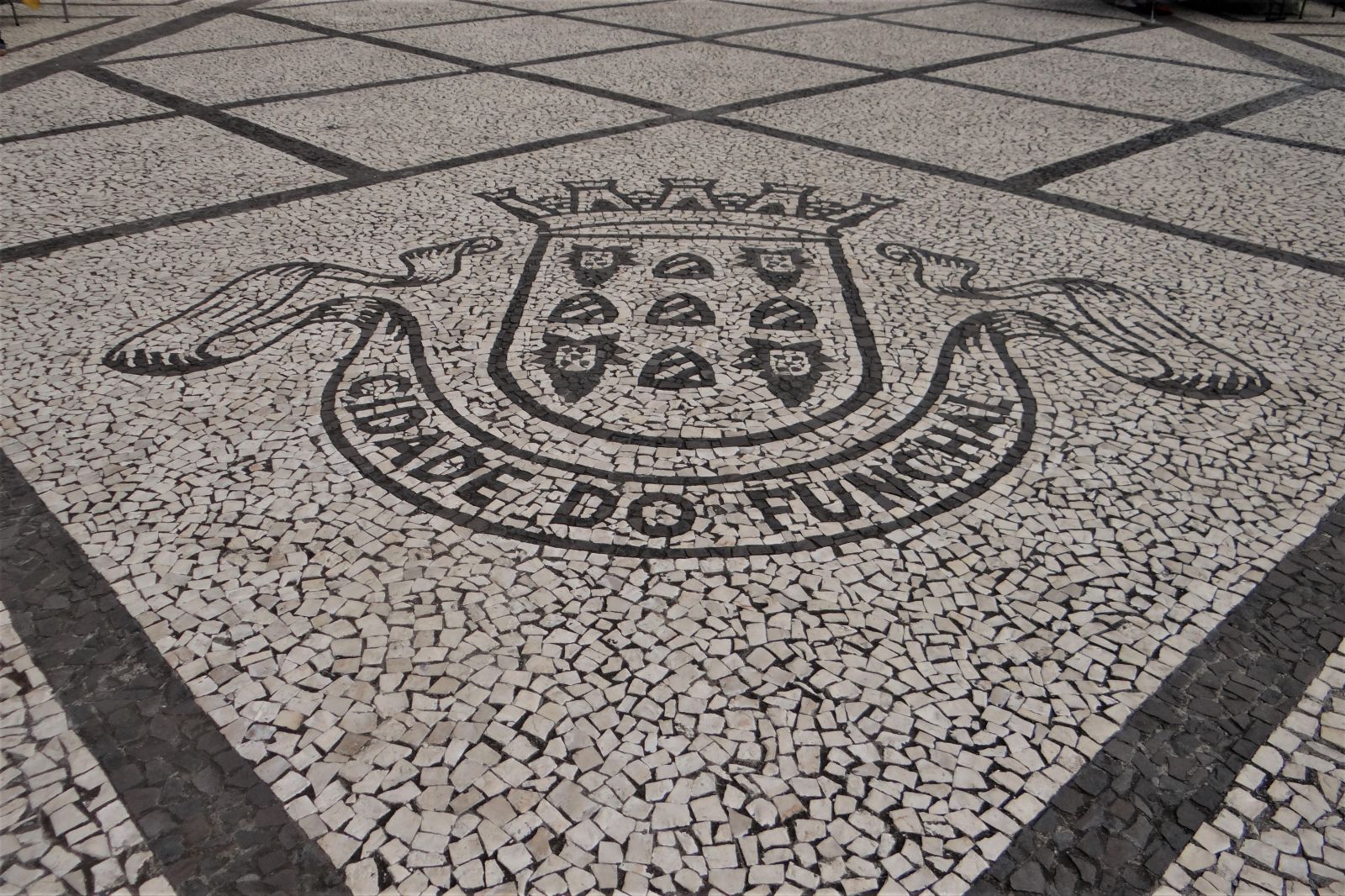
.JPG)
.jpg)
THE PARKS
Each neighborhood has its own park and its share of discoveries along the slopes and winding streets:
JARDIM PANORÂMICO
To the west of the city, the panoramic garden is located directly on the coast and offers magnificent views of the ocean which it overlooks despite its proximity.
This is an opportunity to contemplate a phytolacca dioica with generous and suggestive shapes.
.JPG)
The flowers are there all year round because the climate is so constant. They add cheerfulness to the already abundant bright colors, those of the benches, doors and shutters, but also of the sculptures. Art is omnipresent.
PRAÇA DO POVO
Along the pier, between the old and the new port, another opportunity to throw the plants on the fly.
.JPG)
And to create with a strong will playful spaces that we all want to tread on while hopping.
.JPG)
JARDIM MUNICIPAL DO FUNCHAL
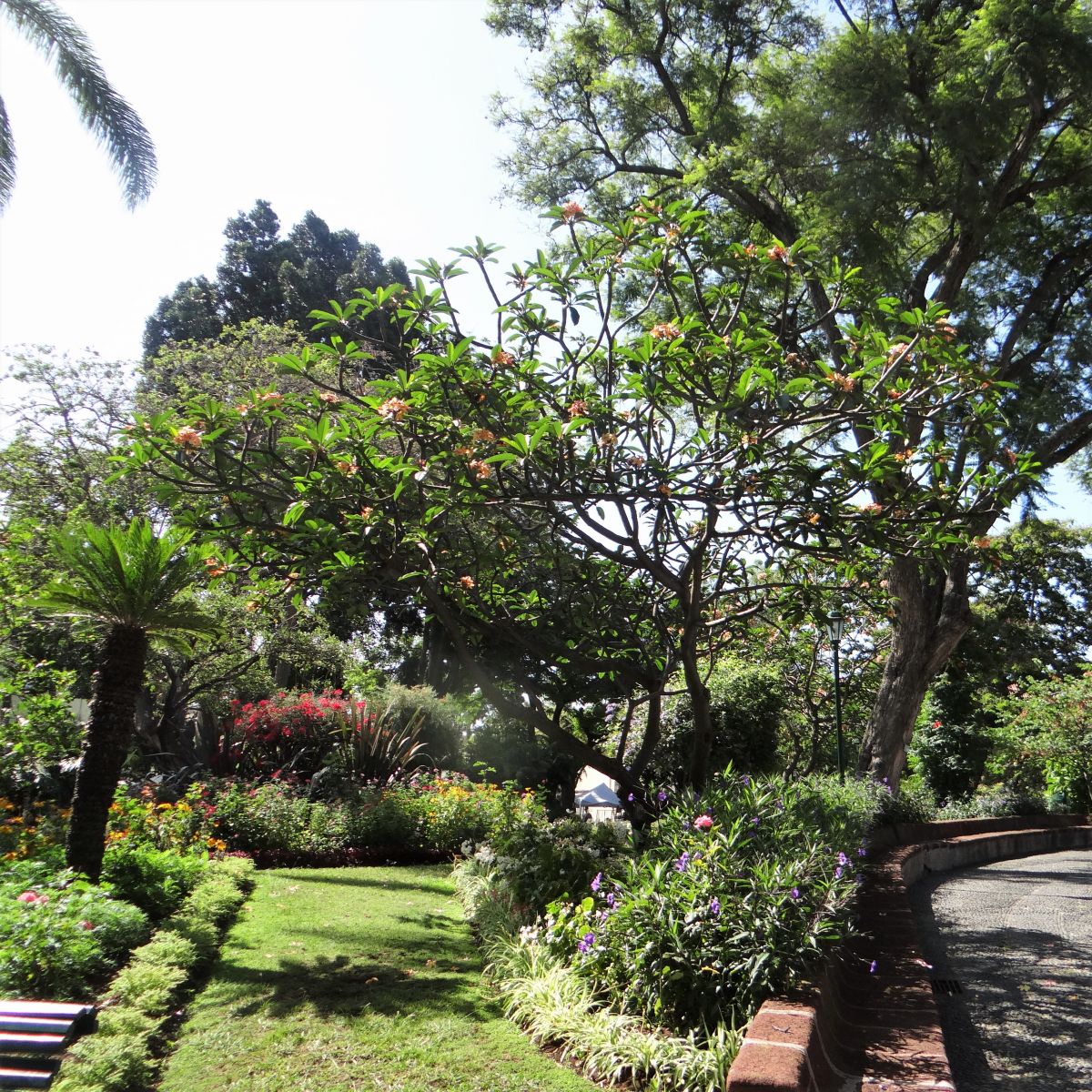
A little removed, behind the harbour, the municipal park is part of the urban frame. Surrounded by small shops and restaurants, it is pleasant to rest there. On Saturdays, local craftsmen invest it with their arbor and their handmade creations.
We discover there a Silk floss tree, native to Brazil, gigantic. It wasn't in bloom, but its woolly fruit was spectacular!
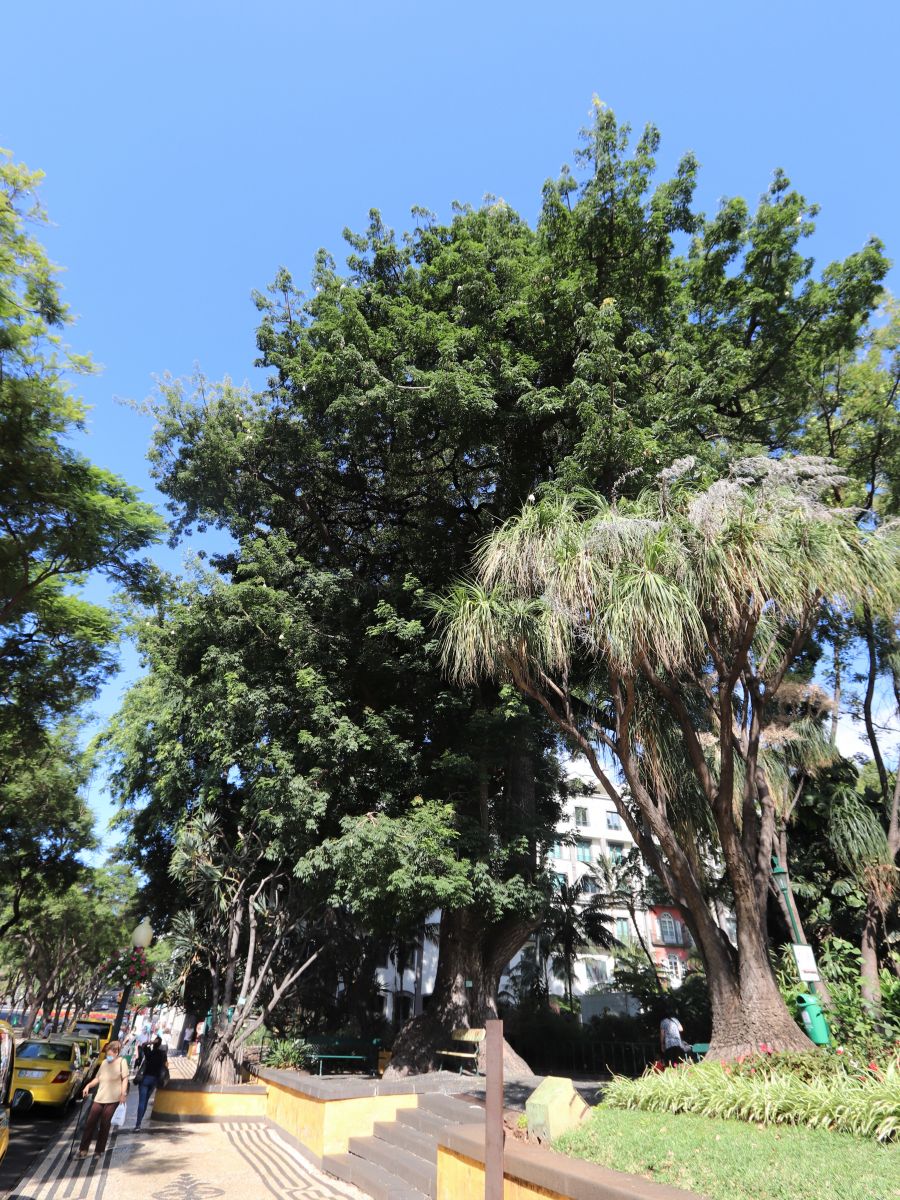
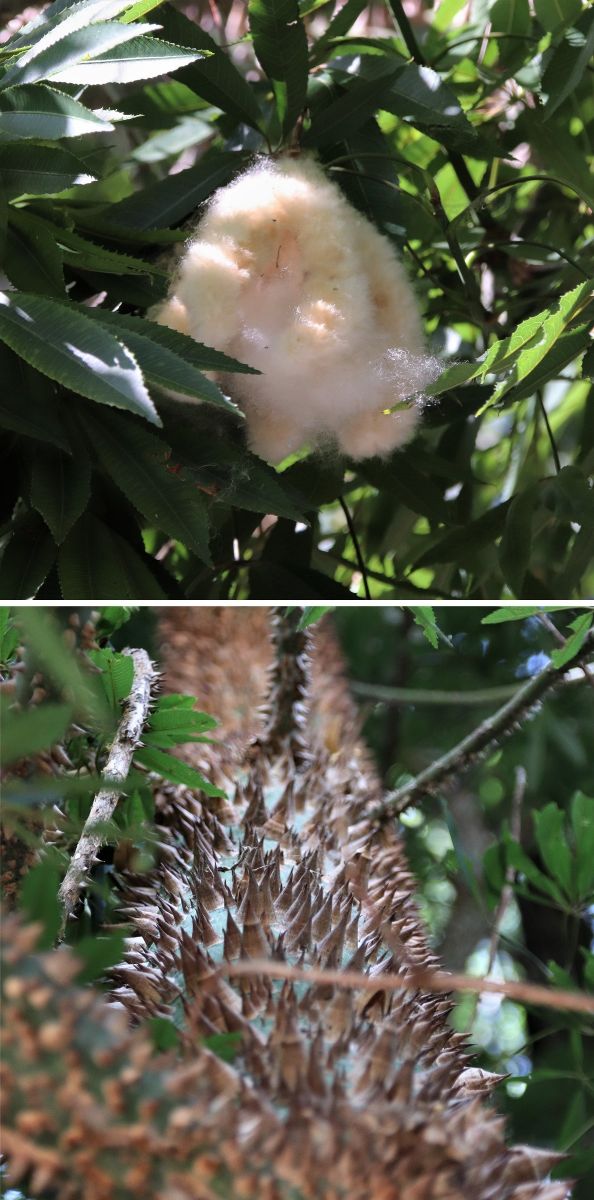
Ceiba ou Chorisia speciosa
As everywhere else, the benches are personalized in the colors of the island.
PARQUE DE SANTA CATARINE
Just backing onto the harbour, the cliff climbs rapidly, offering a special playground for carefully fitted low walls and proliferating plants.
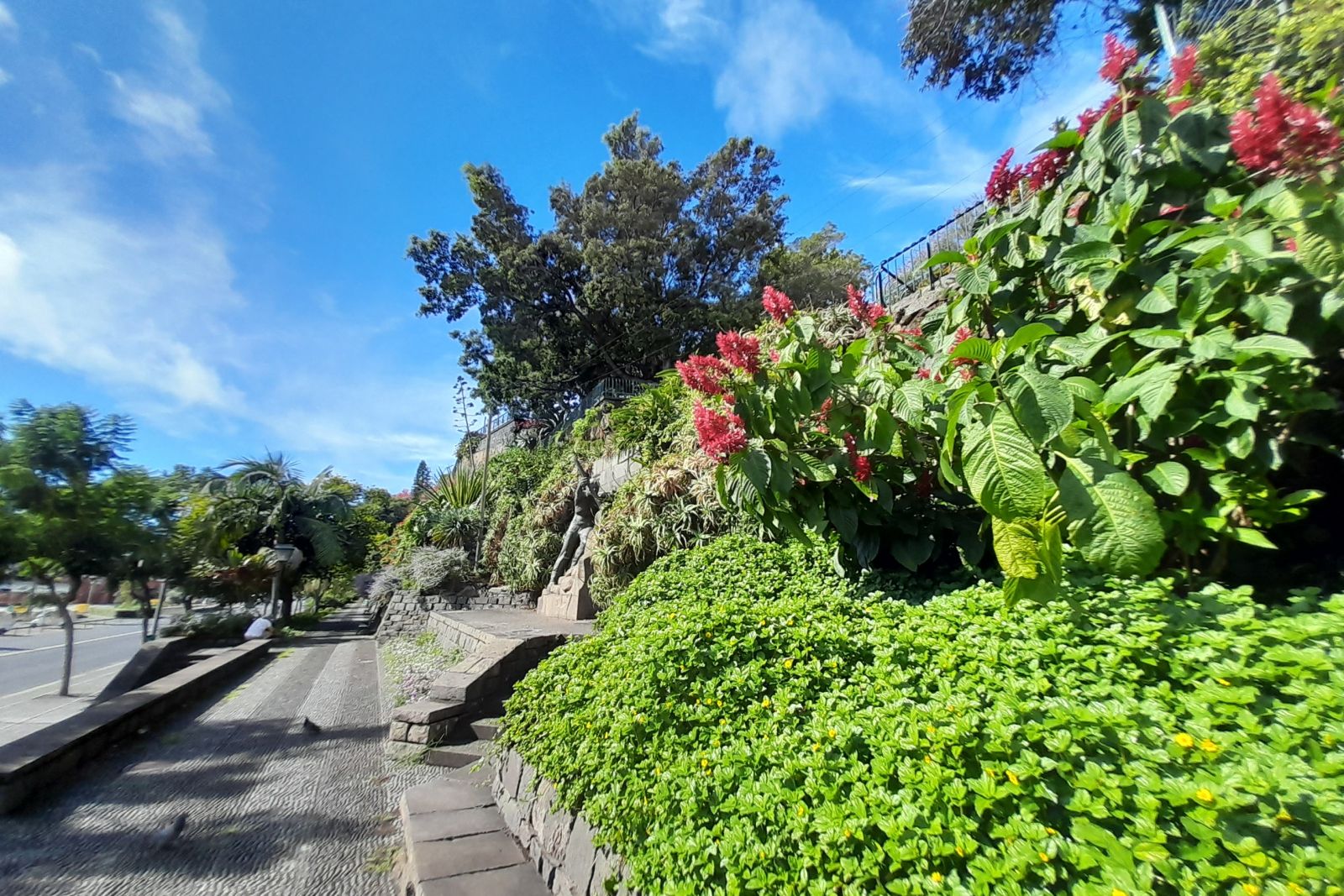
.jpg)
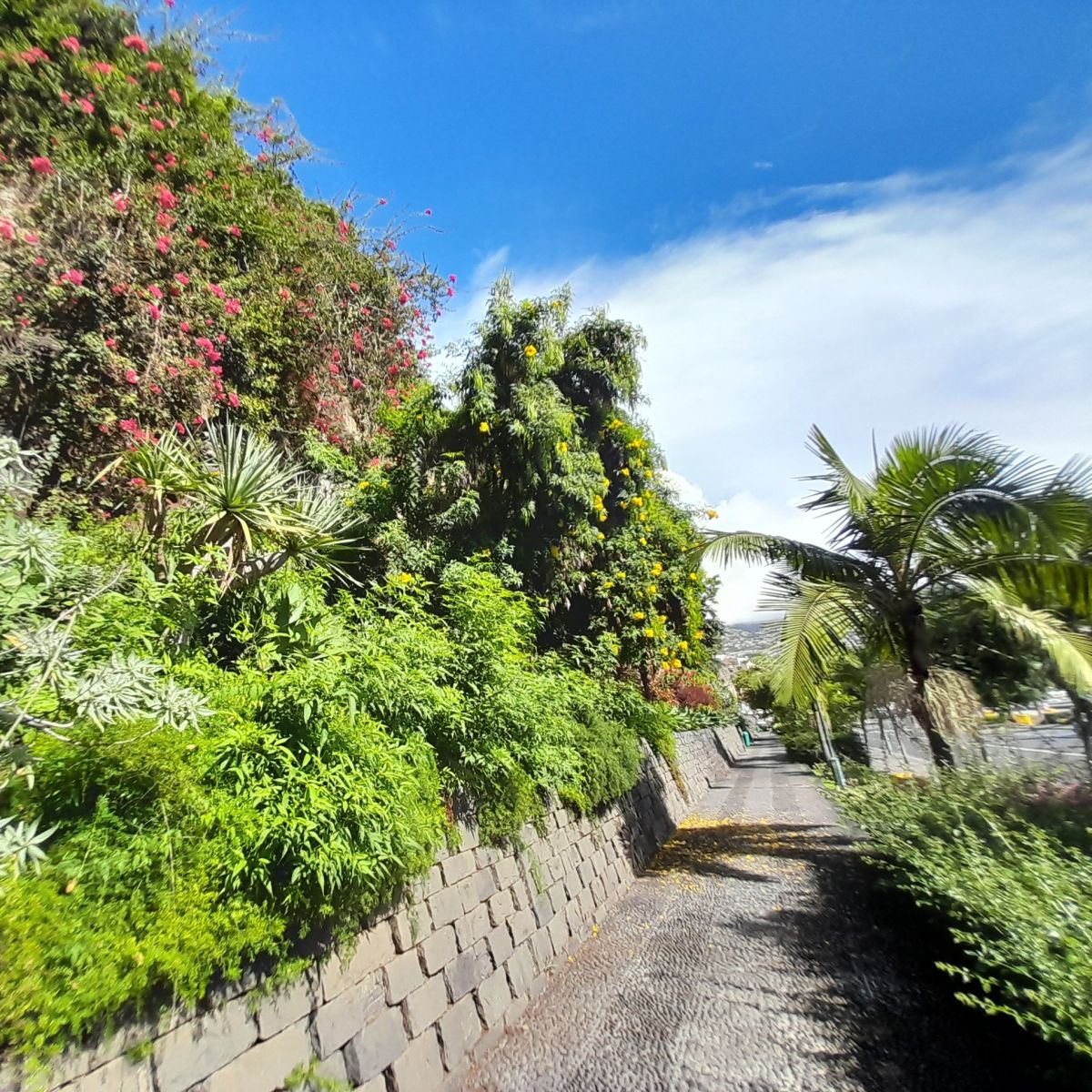
.jpg)
Here, the sun is almost always there, even when the highs are found under the clouds. The opportunity for games of shadow and light.
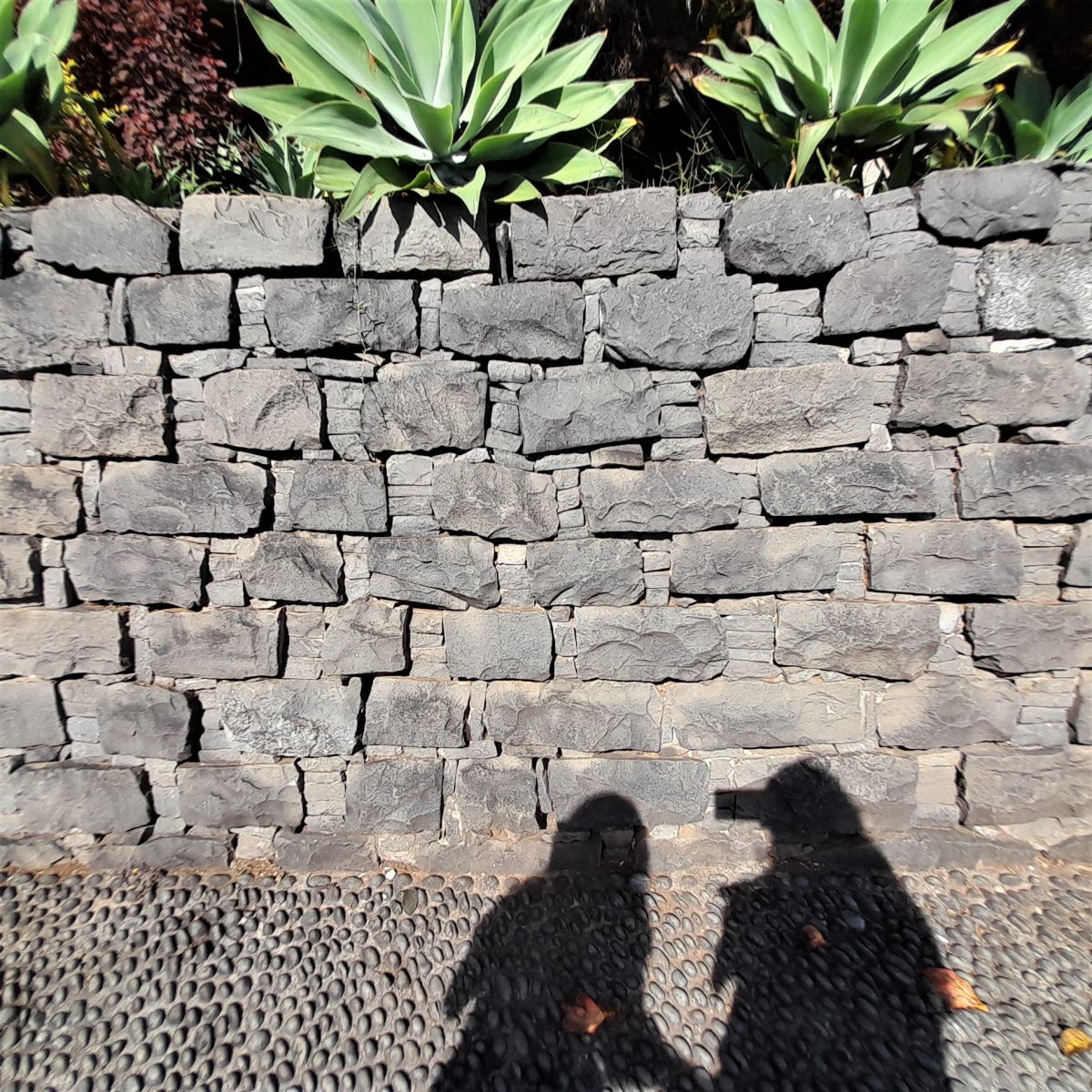
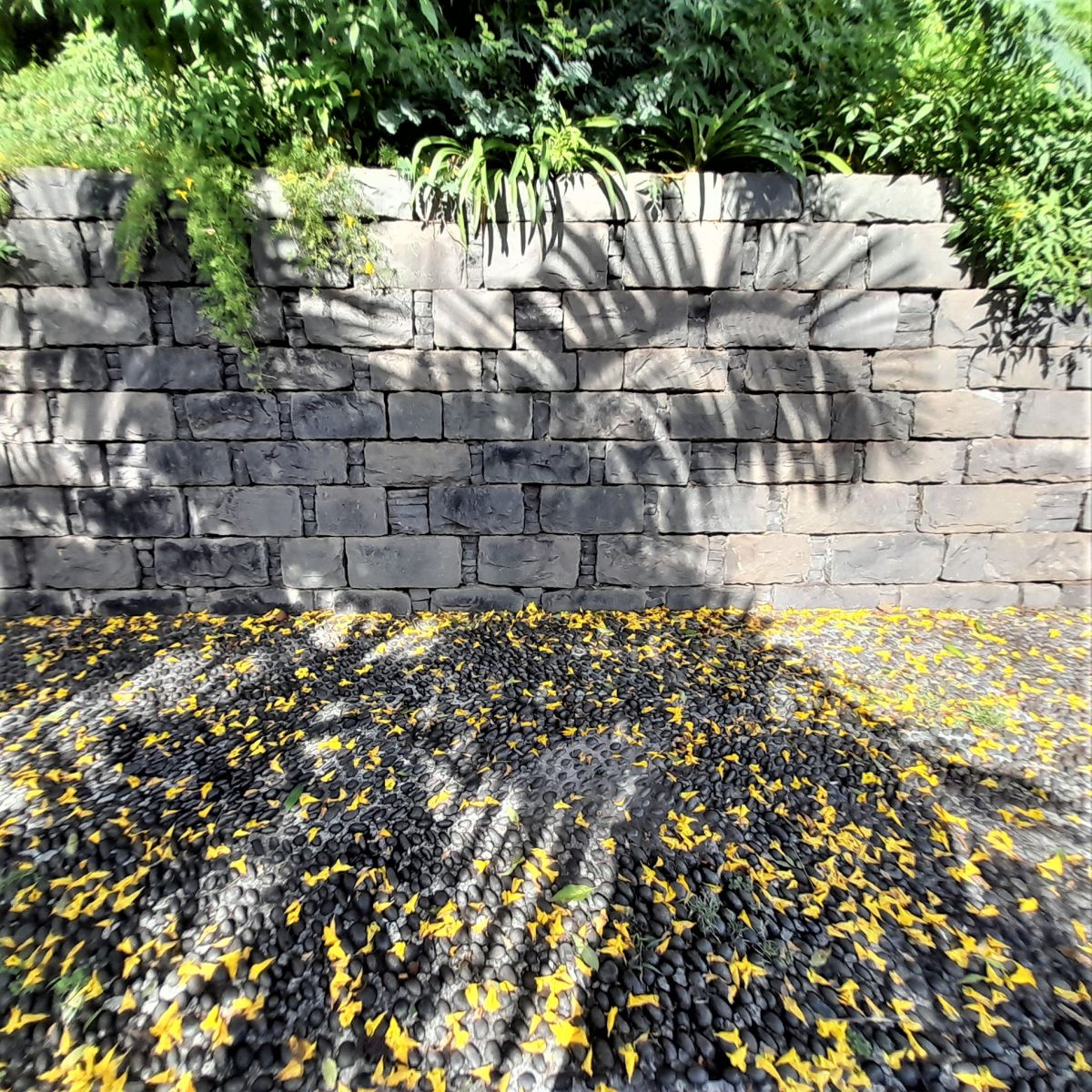
And then we go up, for a grandiose spectacle towards the ocean.

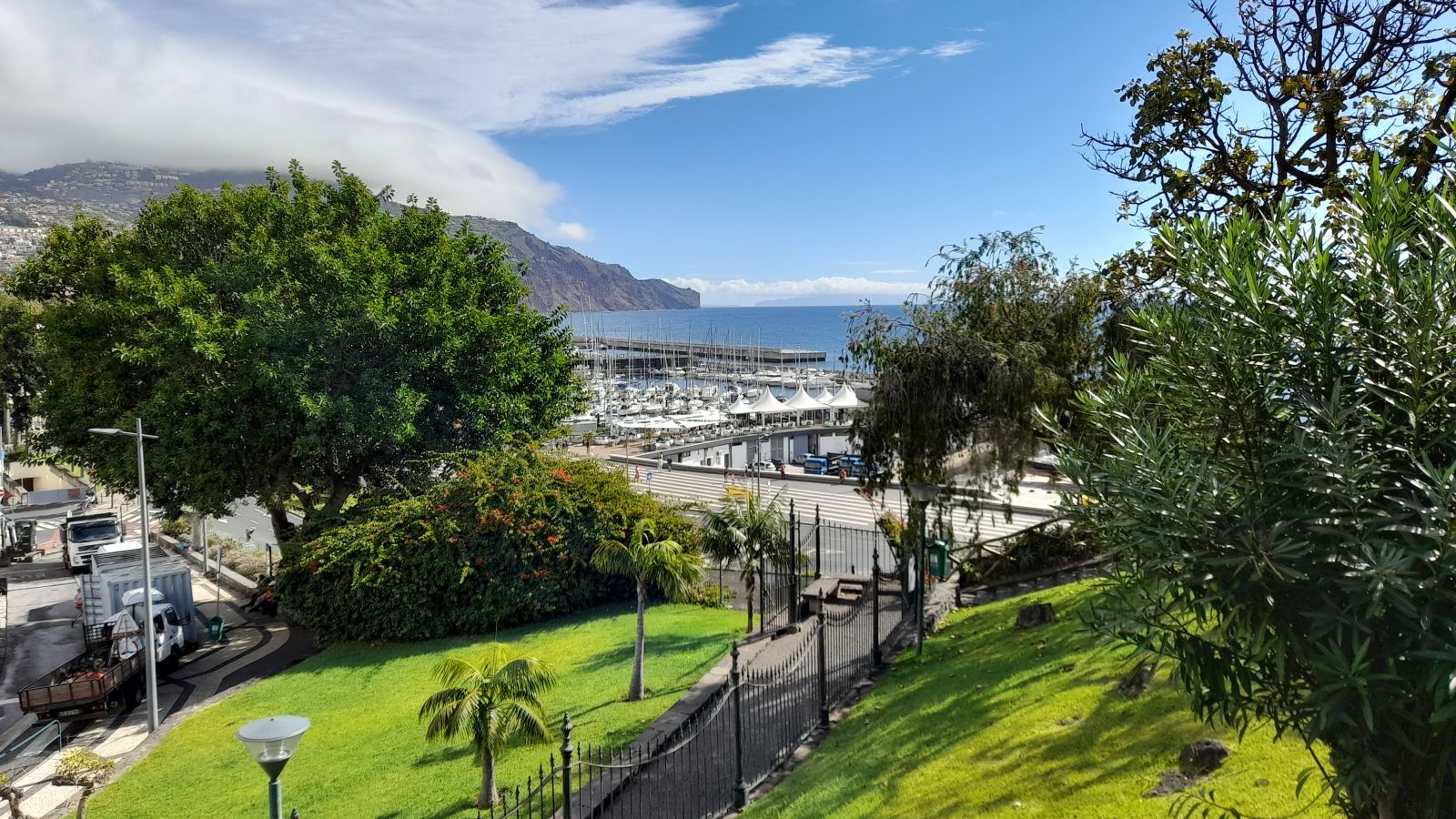
Up there, a fragment of paradise welcomes us at the edge of a stretch of fresh, calm, green water. And more plants.
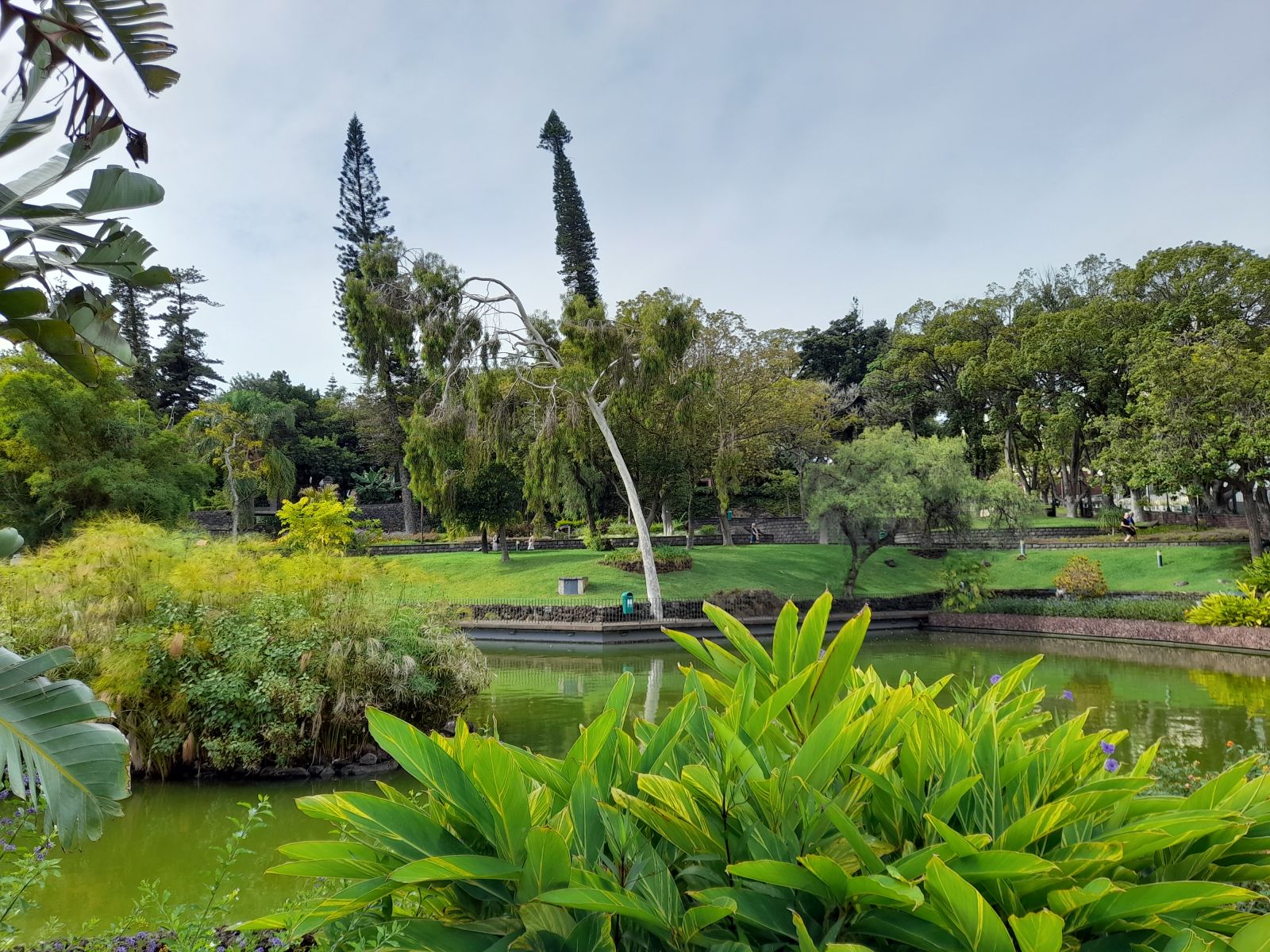
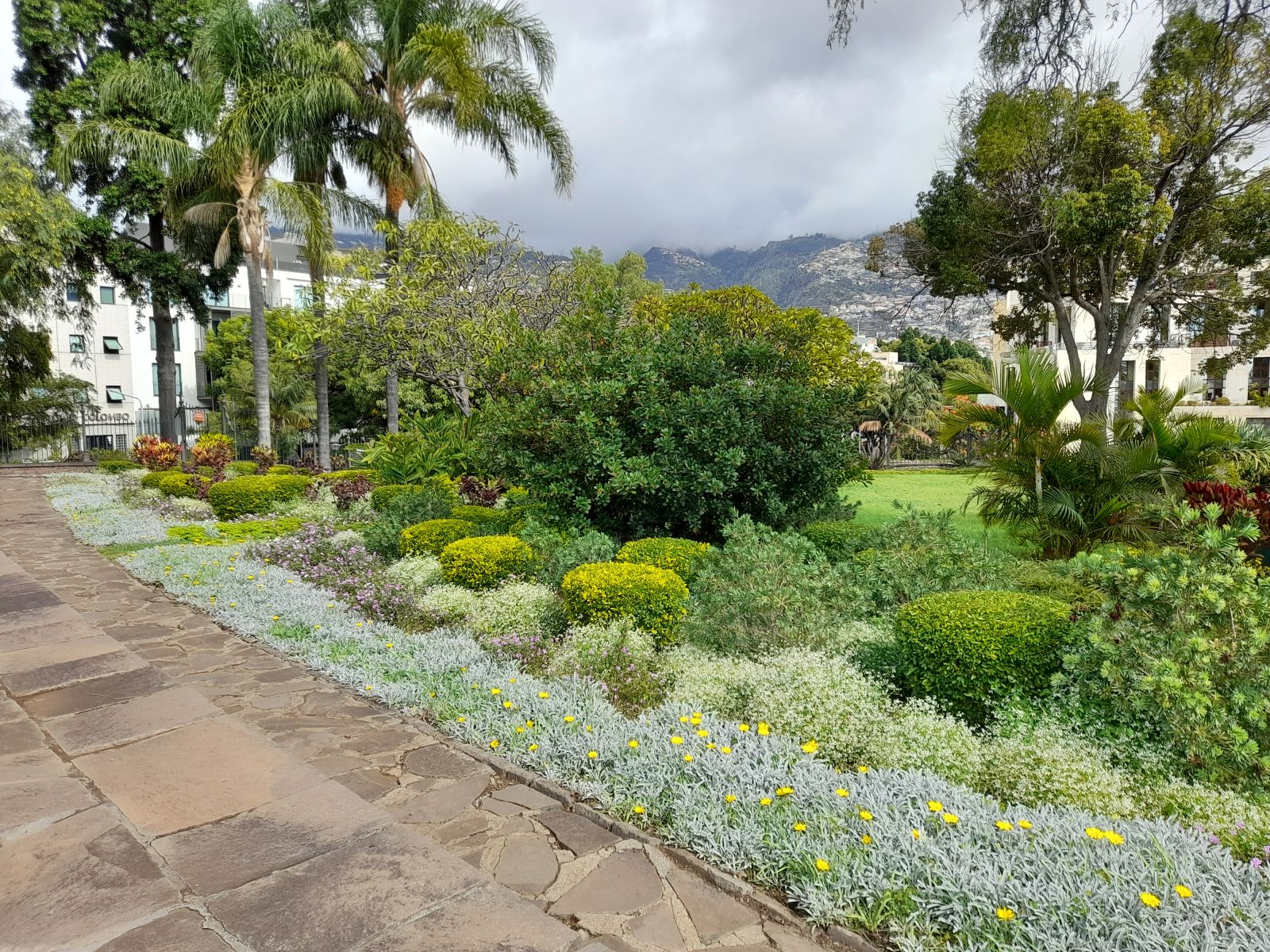
The Golden Wonder, is in full bloom.
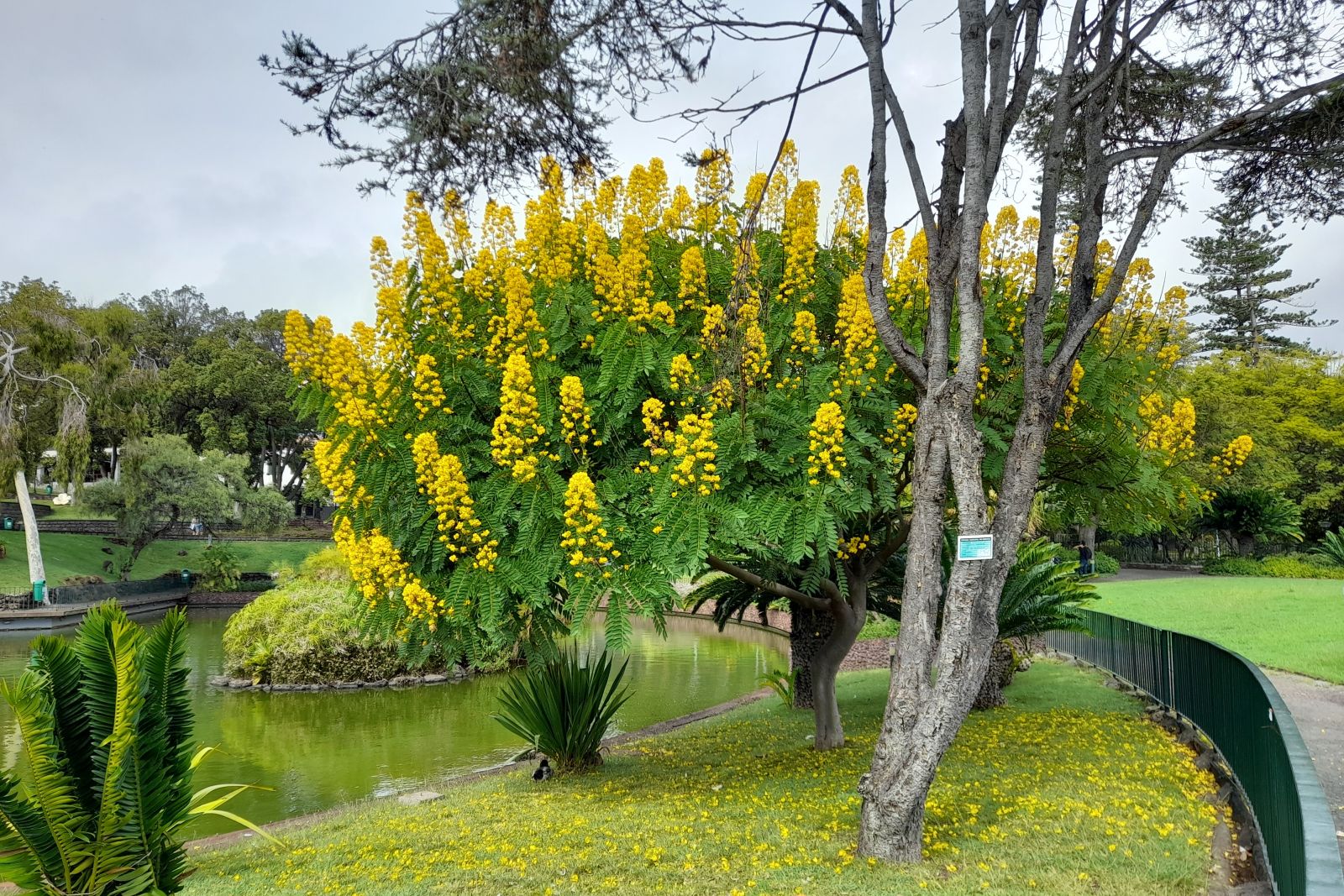
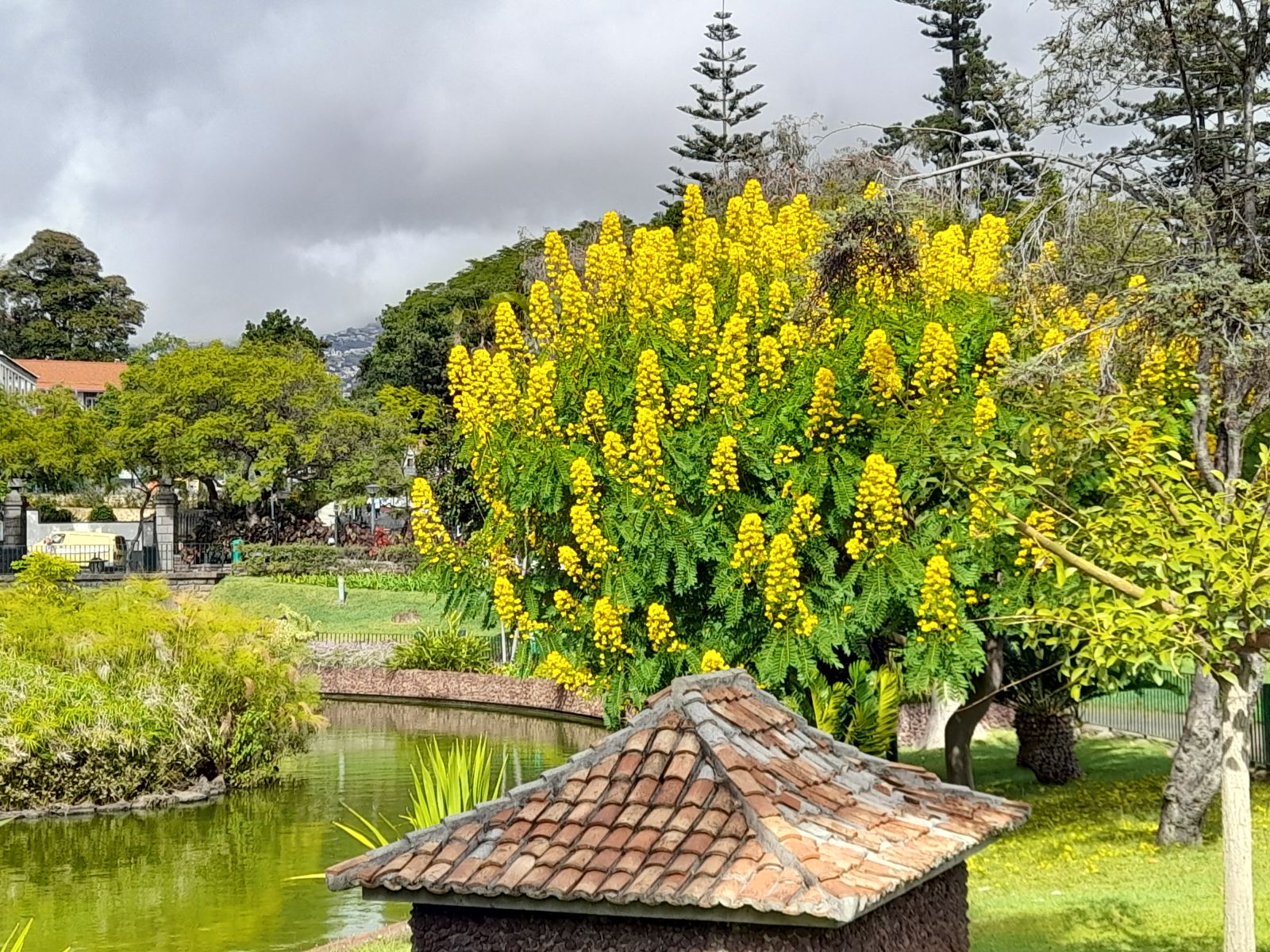
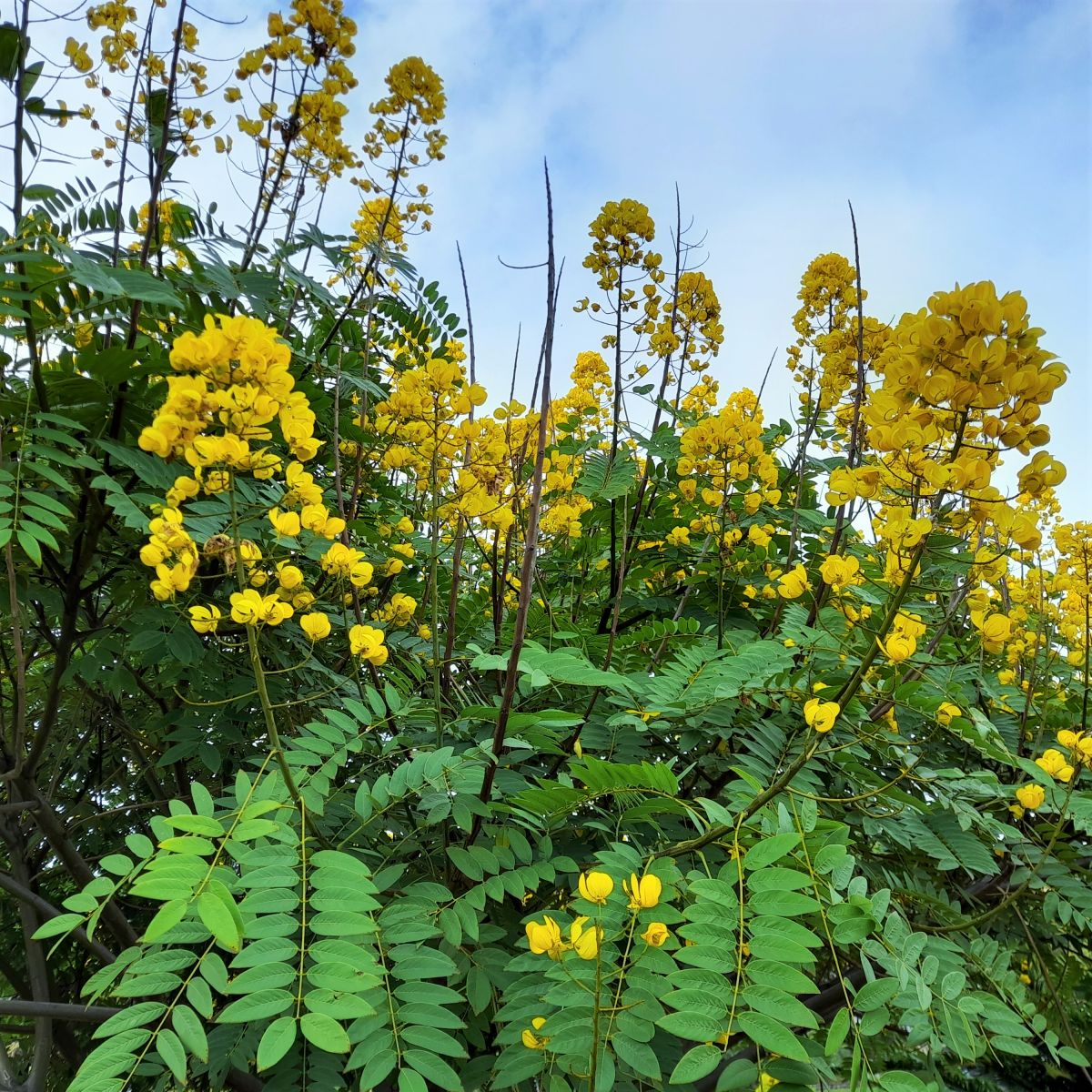
Cassia didymobotrya
And then we come back down. After this shimmering walk, what a pleasure to reach the restaurant at the bottom, facing the harbour: Gruta.
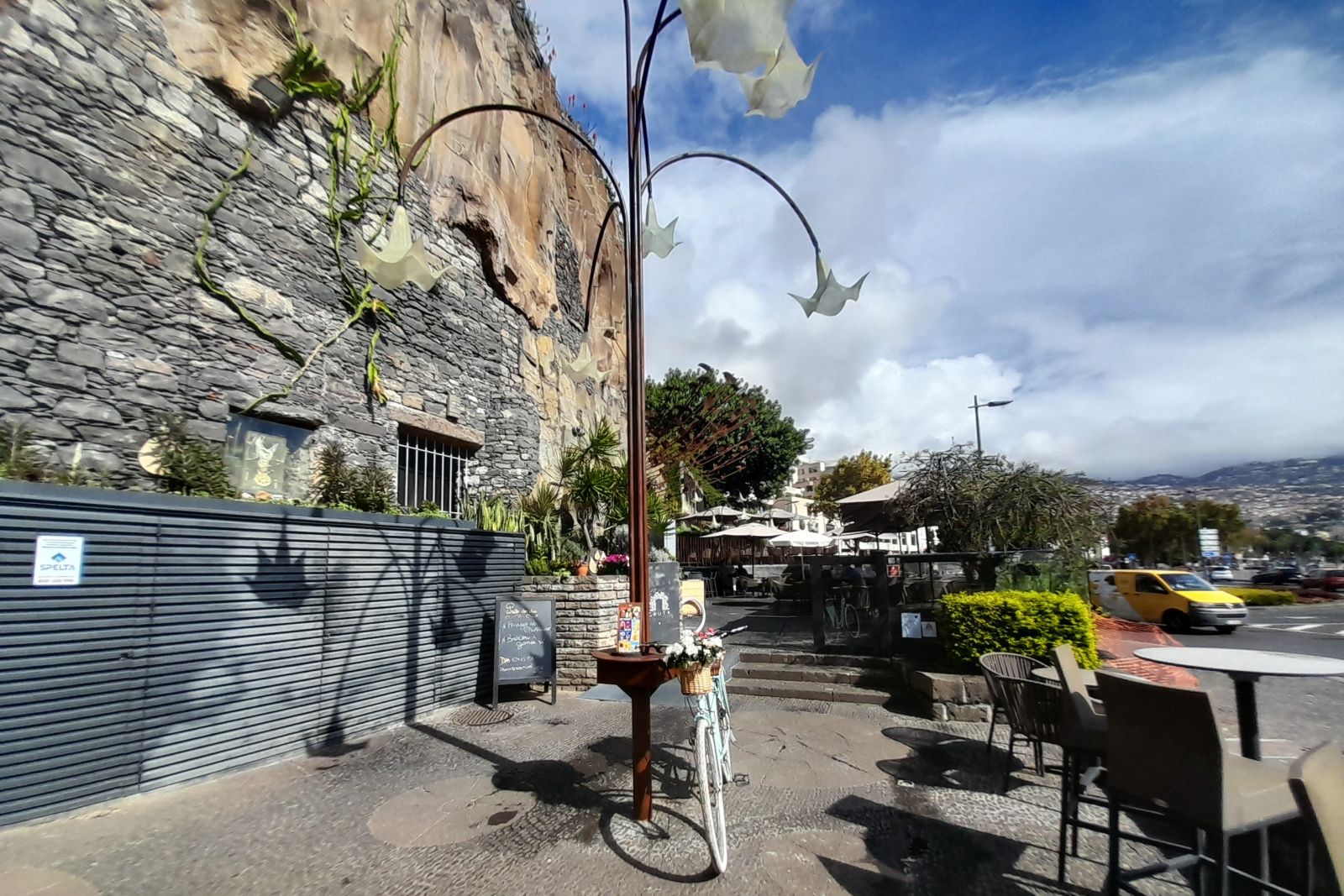
.jpg)
.jpg)
The menu is rich, for quick cooking with ease, but with varied tastes and colours.
.jpg)
.jpg)
THE OLD TOWN
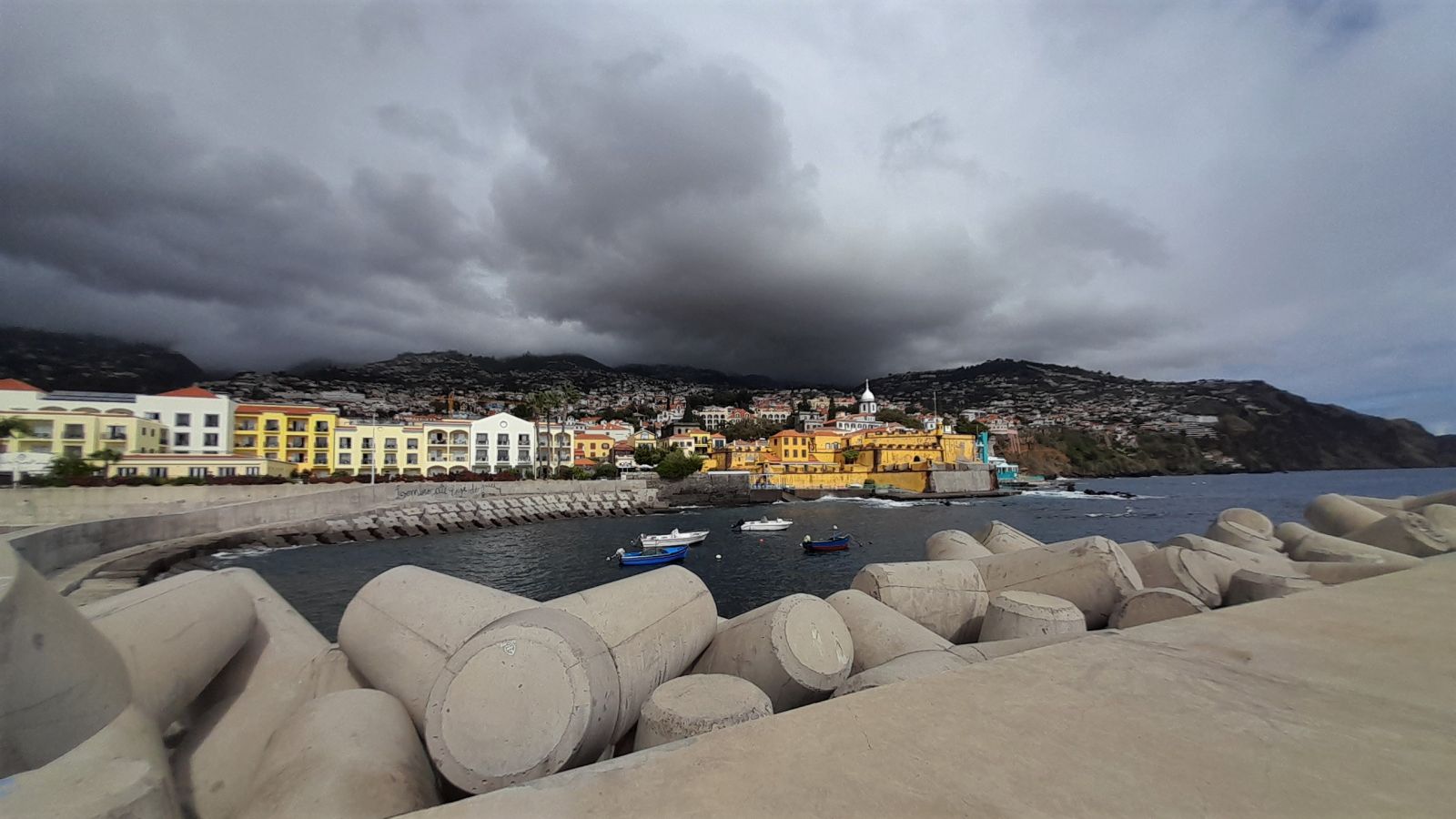
The old port, the old fort.
The fortress of Santiago, all in bright ocher, draws the eye. Currently, it houses the Museum of Contemporary Art. In the past, it mainly exercised a military role, notably during the Peninsular War against Napoleonic France. It was founded in the 16th century.
.JPG)
Here too, man had fun with character taming the forces of nature with concrete blows, all in shapes thrown at random.

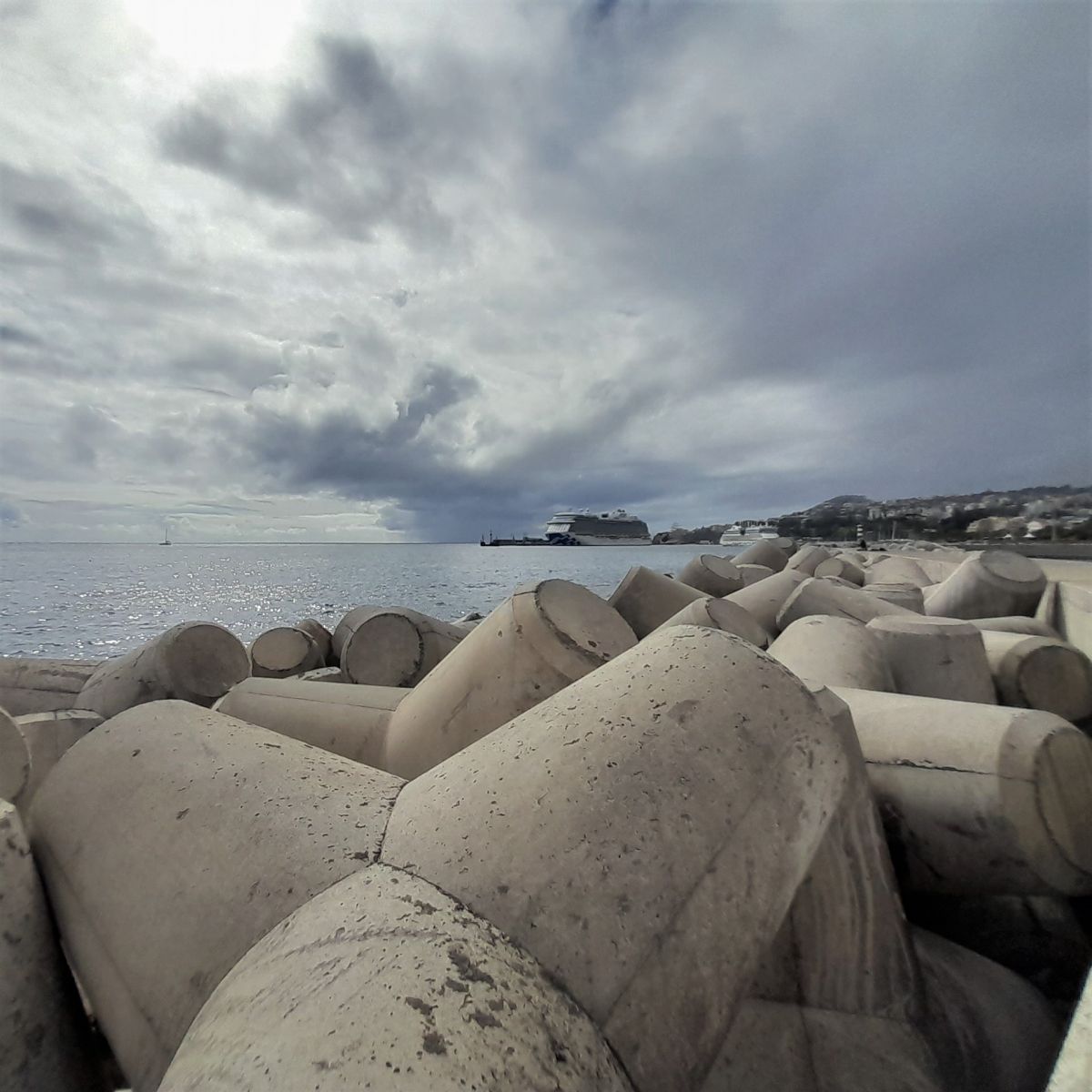
The old town is an opportunity to choose a restaurant among dozens where local specialties entice passers-by at every step. Rua Santa Maria is full of them. Between seafood, Portuguese specialties, fish from the market, the choice is vast, while remaining extremely respectful of wallets.
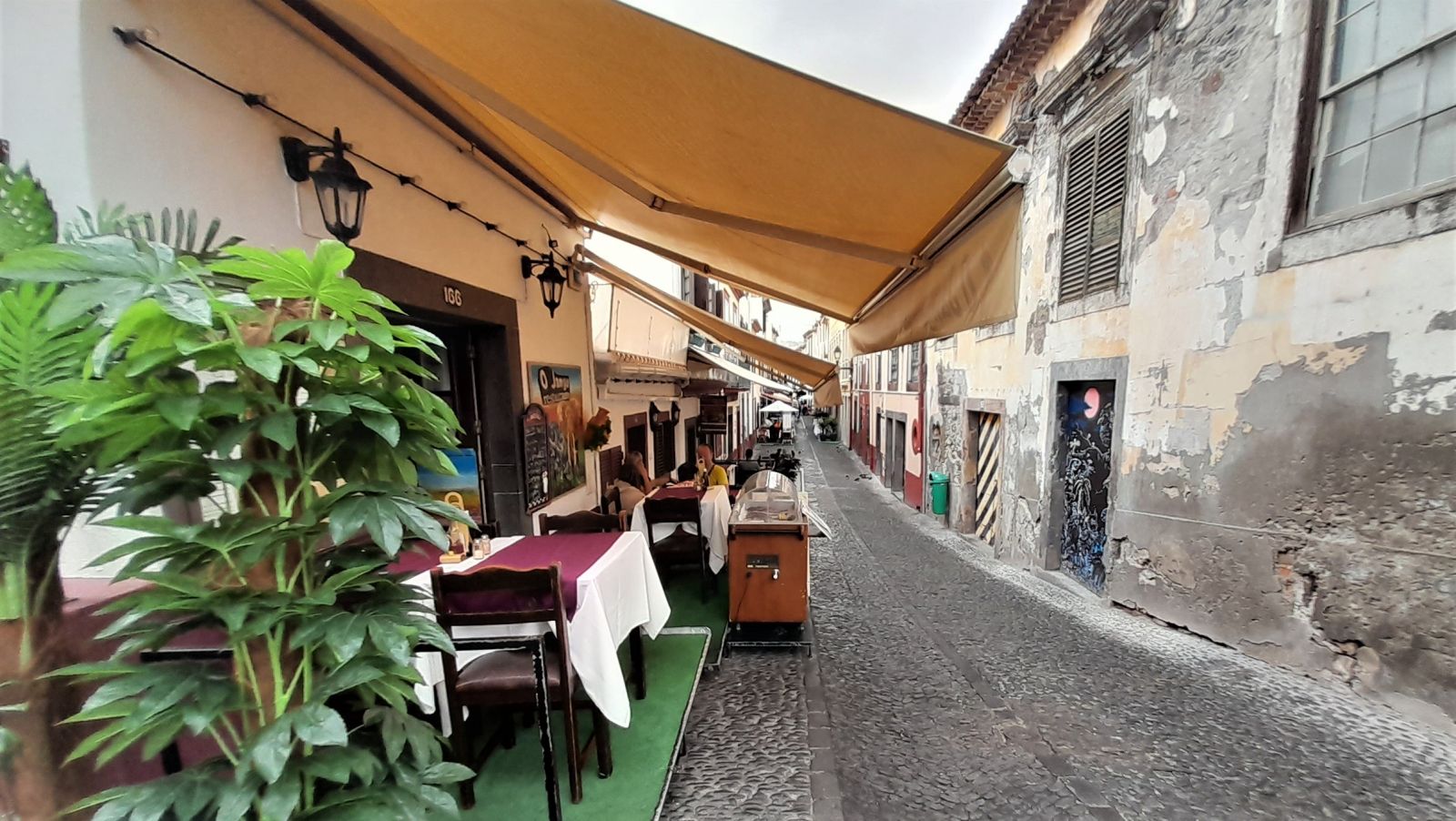
.JPG)
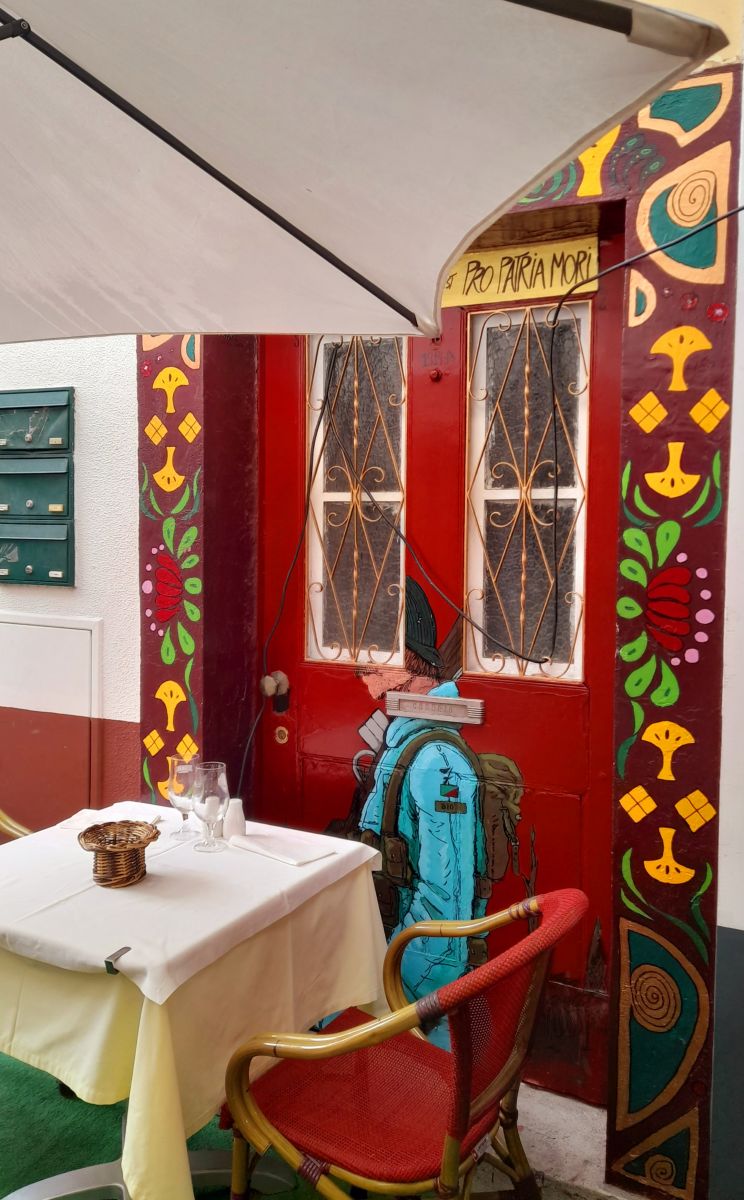
One of our favorite dishes is the tuna steak. It has nothing in common with the one we know on the continent, even if it is obtained fresh. Accompanied by a typical sauce, vegetables sprinkled with herbs and sweet potatoes, it is a treat.
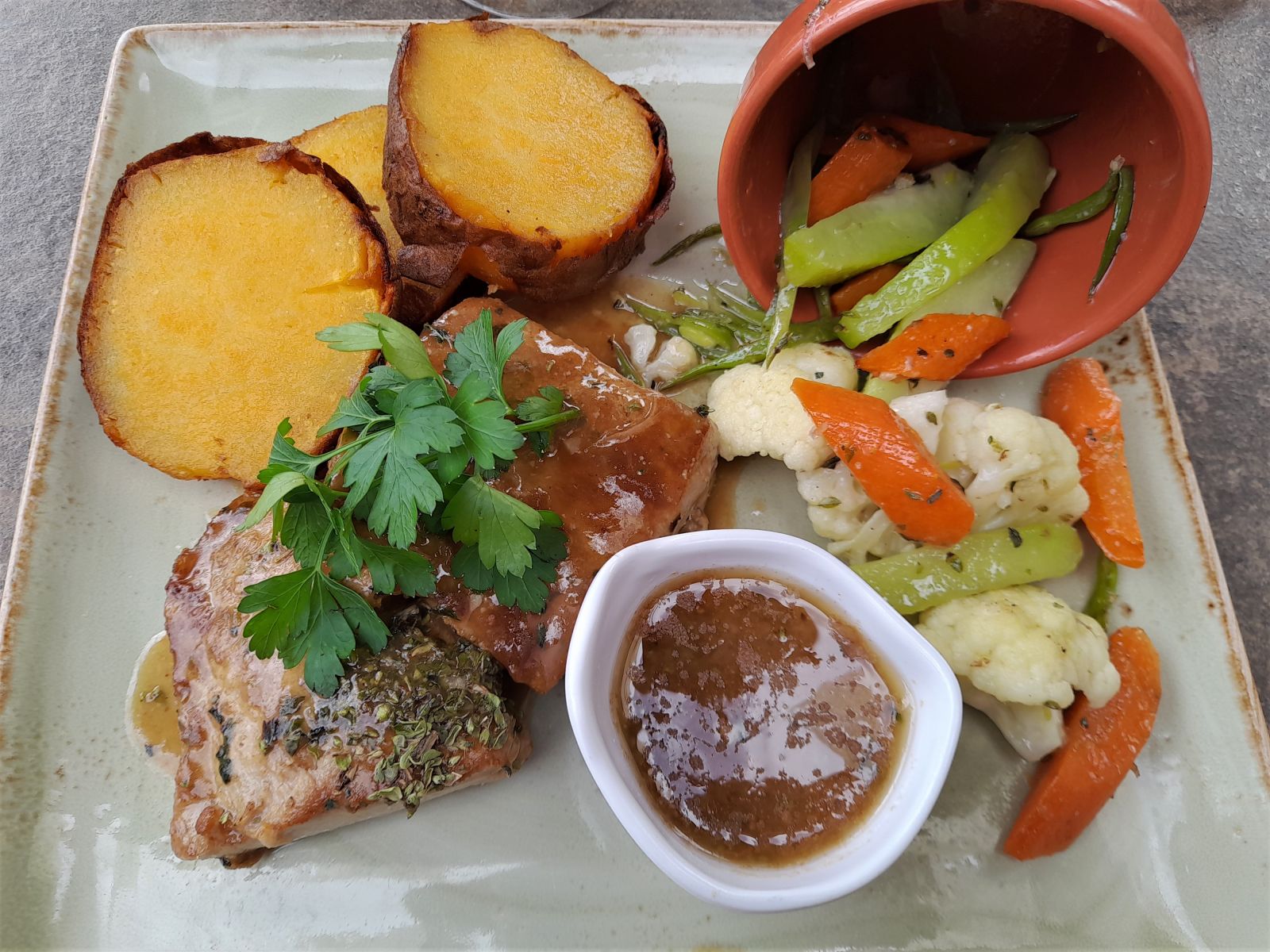
The old buildings display frescoes of all kinds: Experienced artists or amateurs rub shoulders in a benevolent uproar.
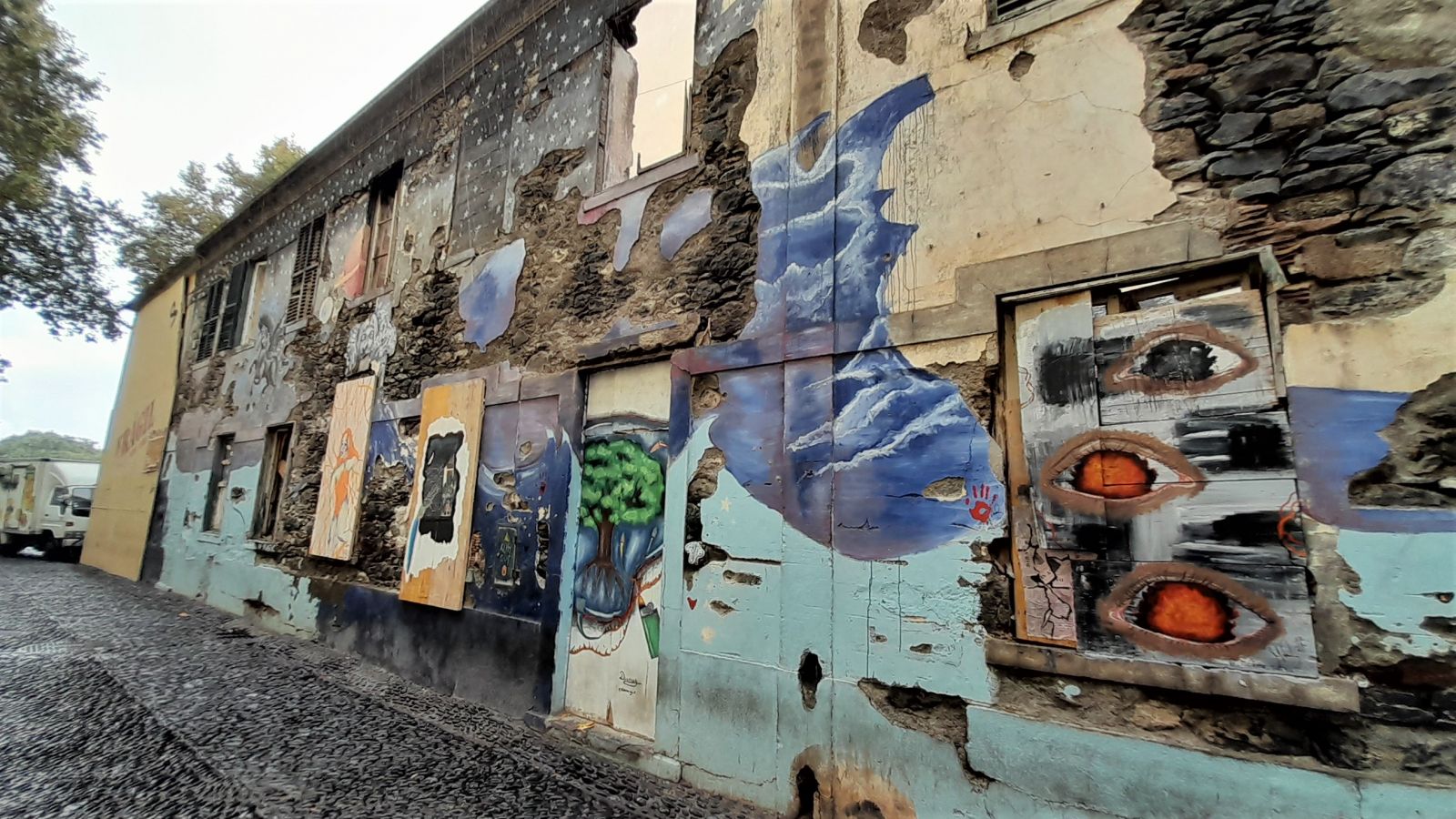
Where the plants still mingle.
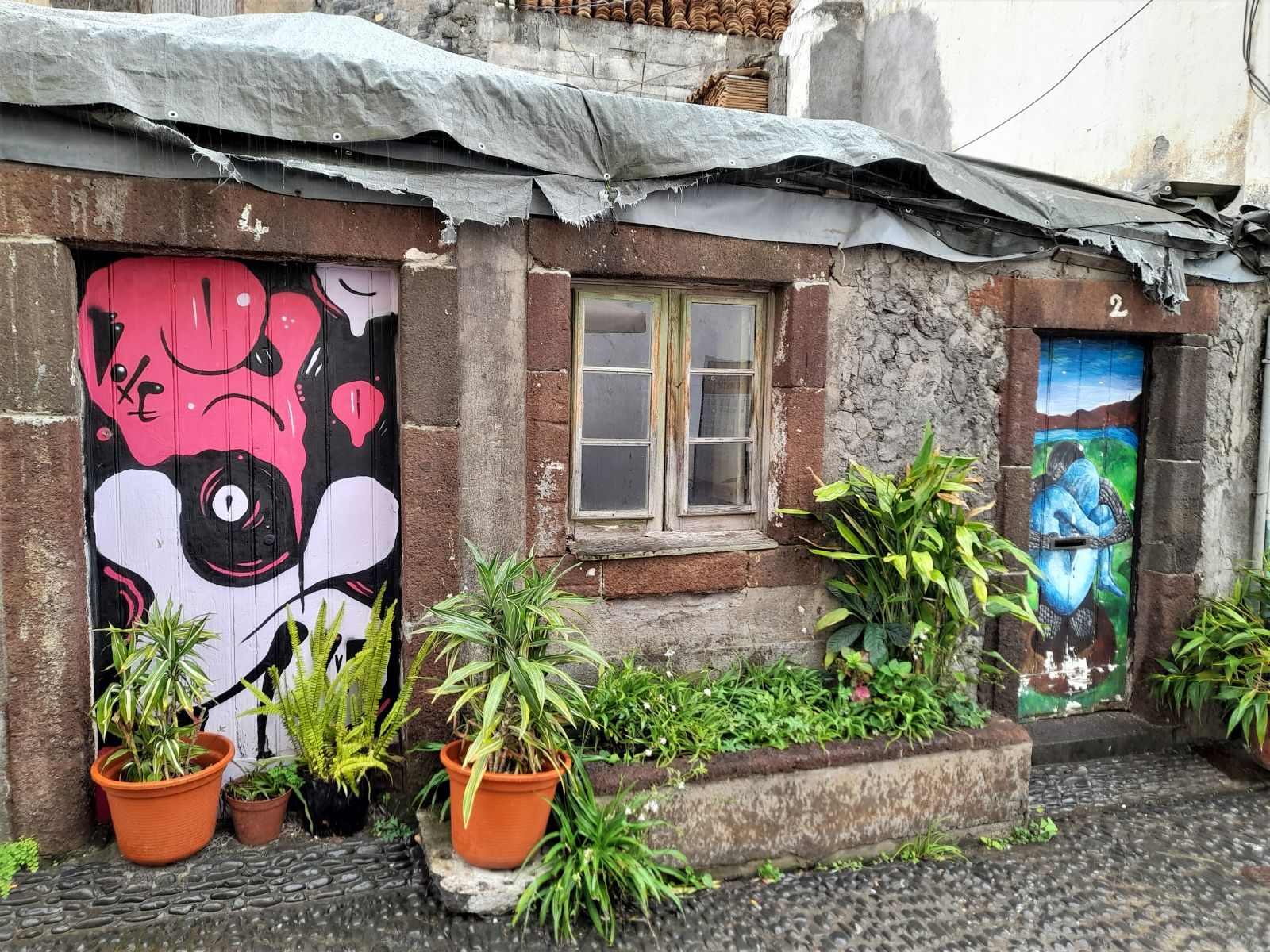
But it is the doors that amaze more with their colorful proposals.
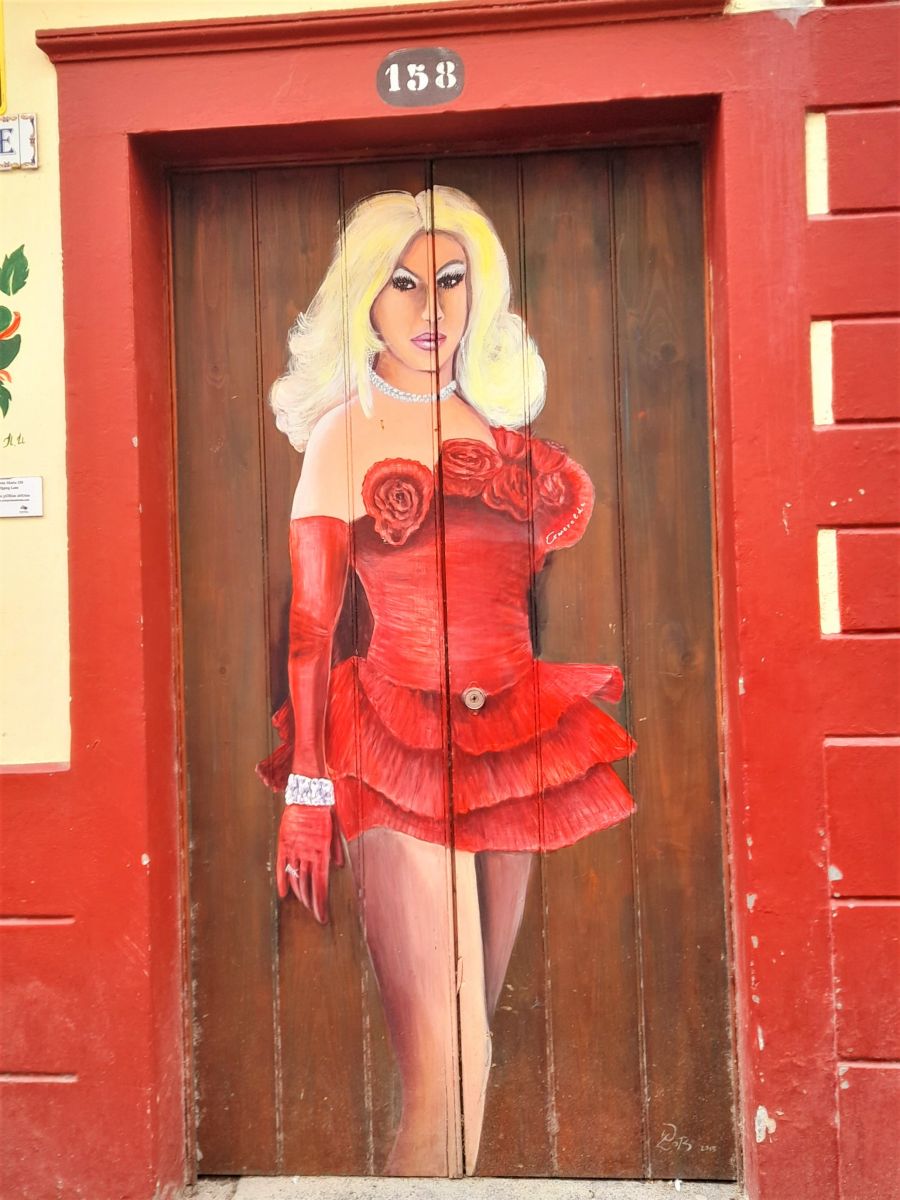
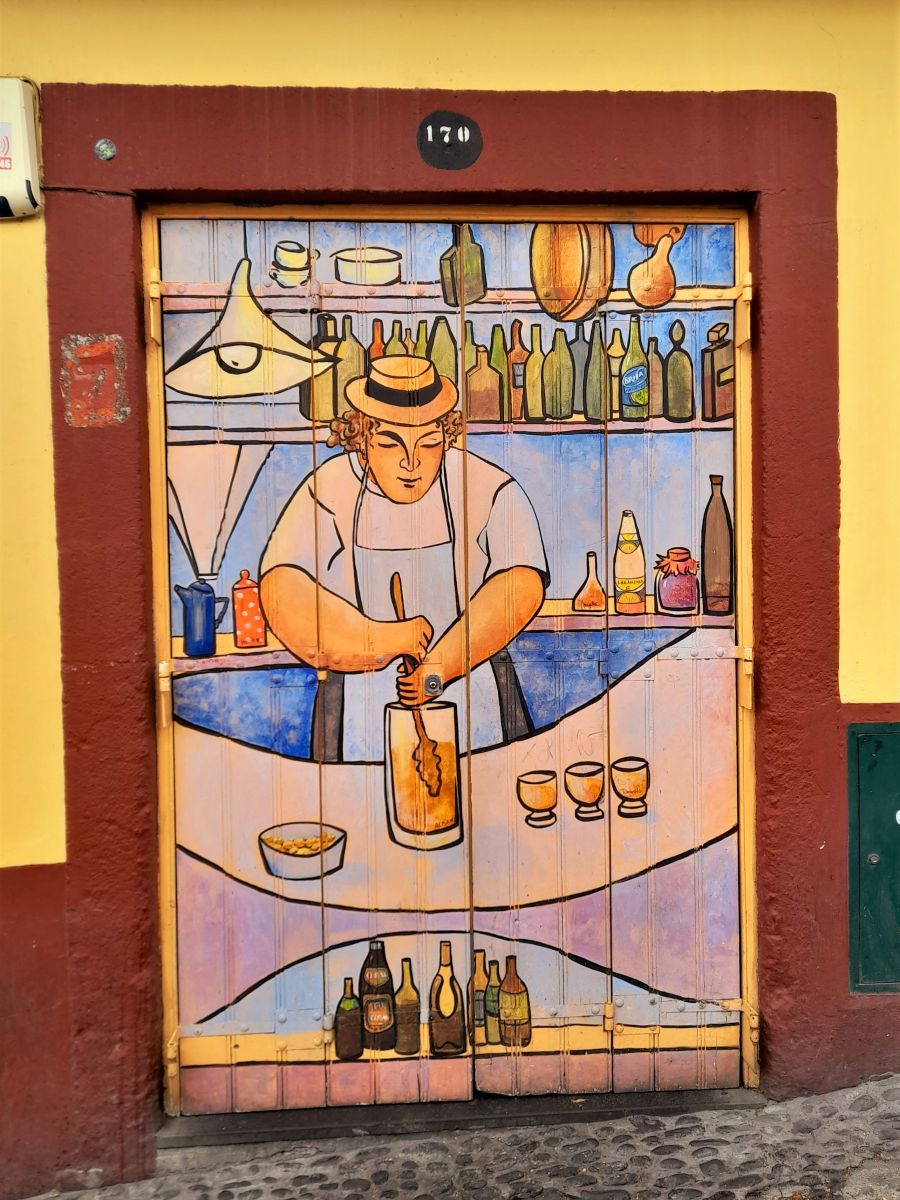
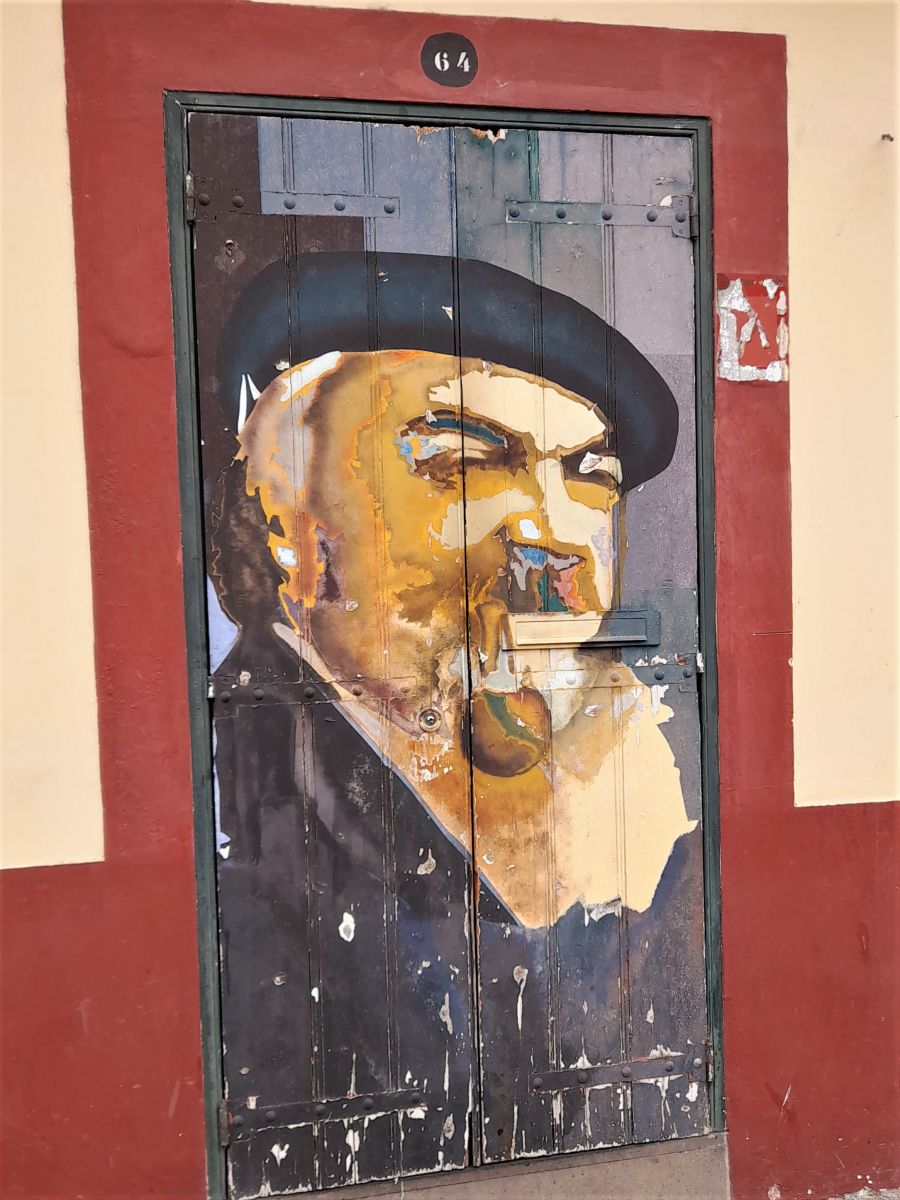
.JPG)
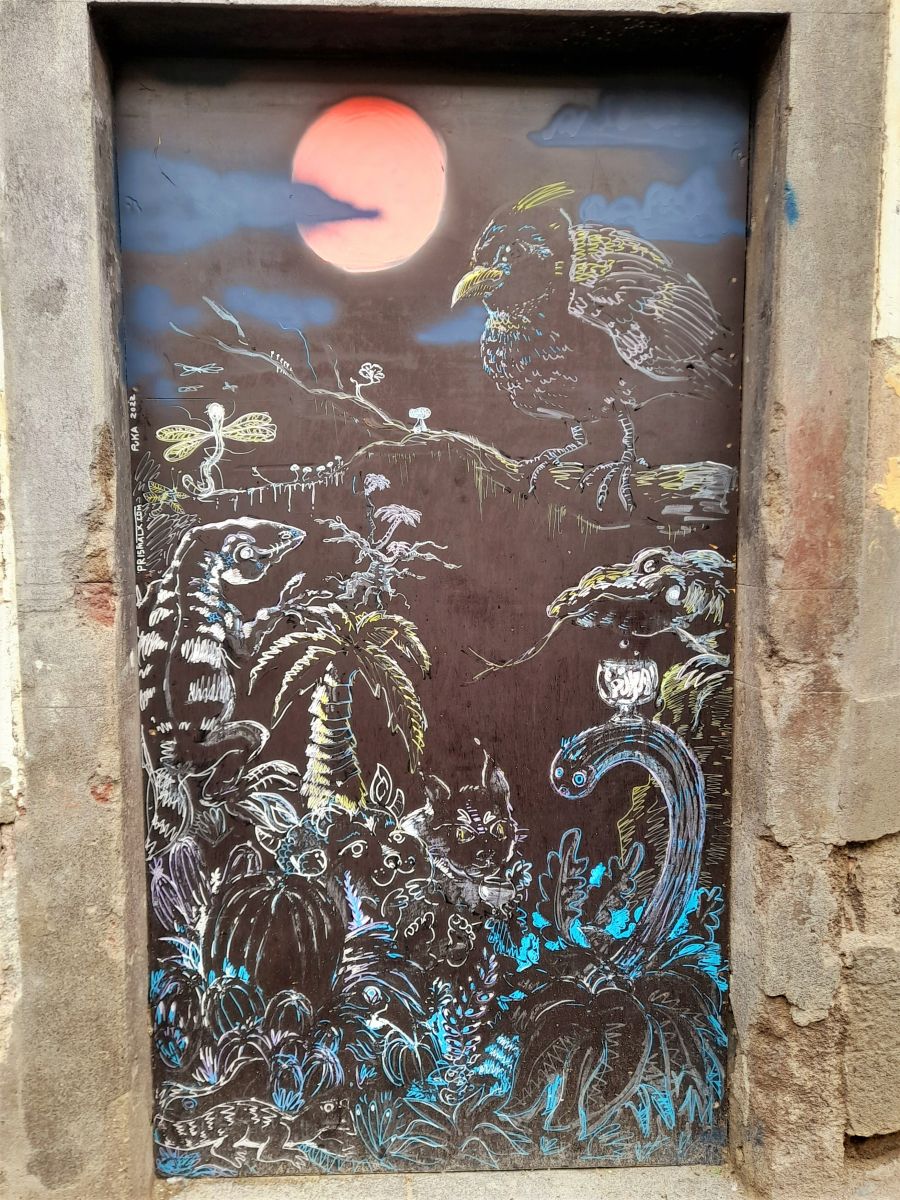
.JPG)

And also frescoed walls that perfectly sum up the atmosphere and philosophy of the island.
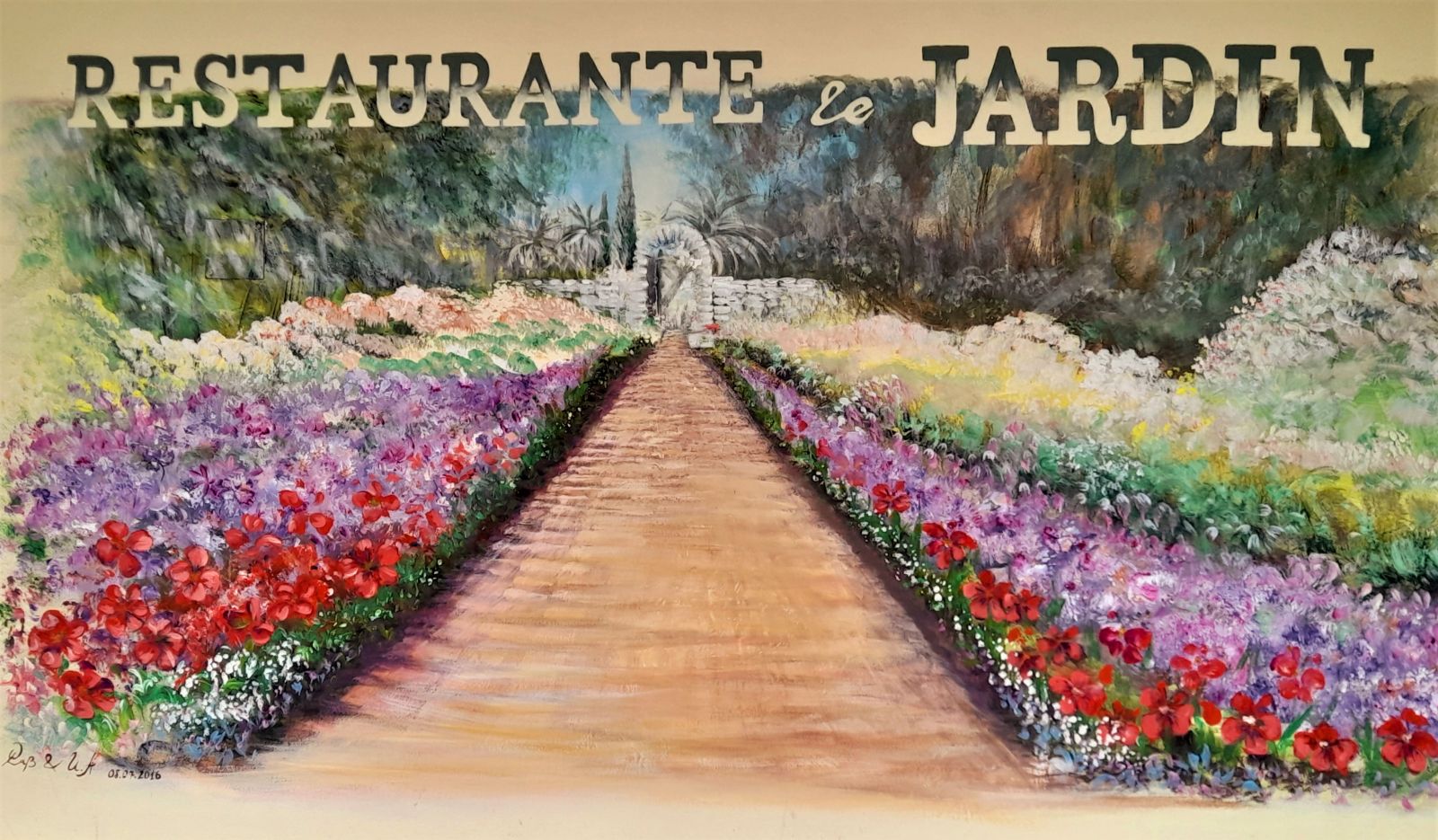
Here, we love plants, but also animals and it is not uncommon to observe judicious refuges out of reach. Ness is delighted.
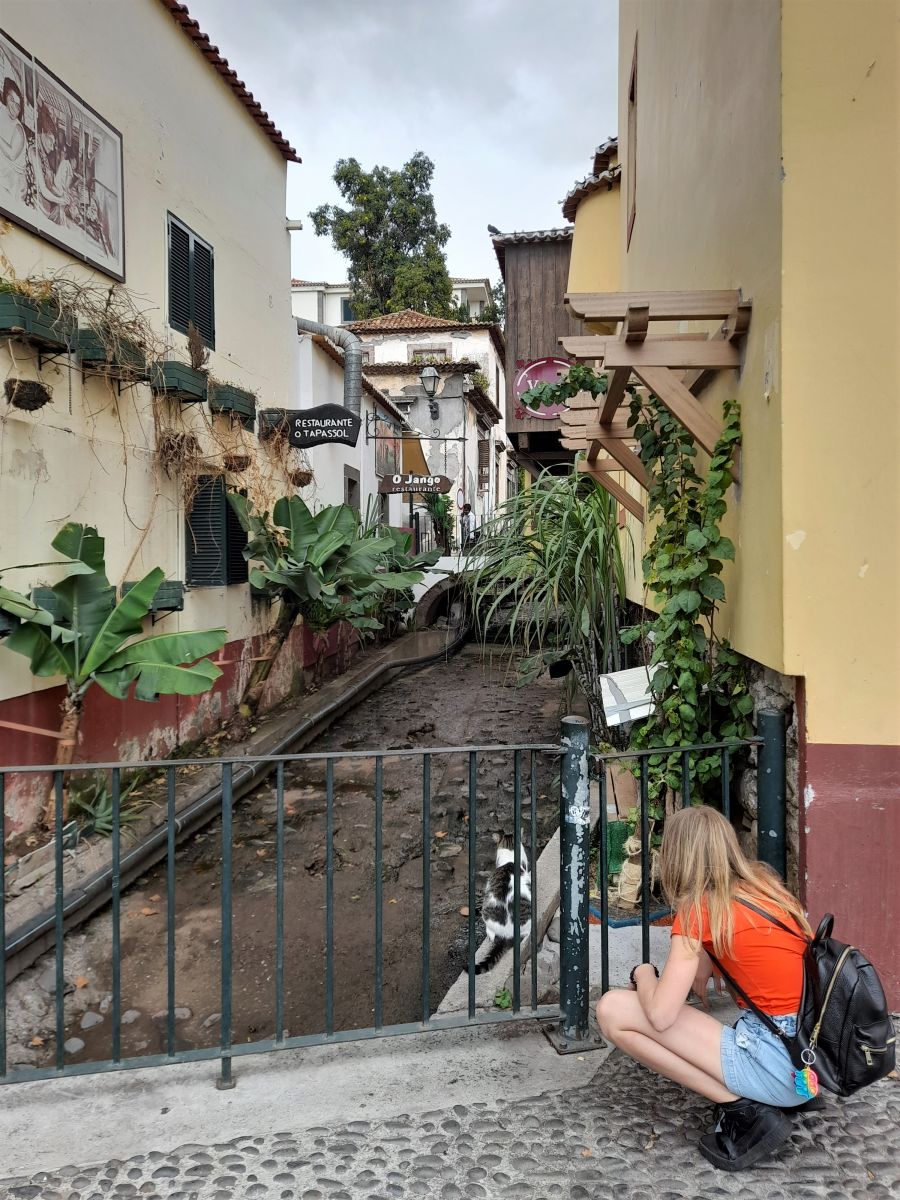

THE FARMERS' MARKET
One of the must-see places in Funchal is undoubtedly the Mercado dos Lavradores, meaning the farmers' market, perfect for discovering an array of unusual fruits and vegetables.
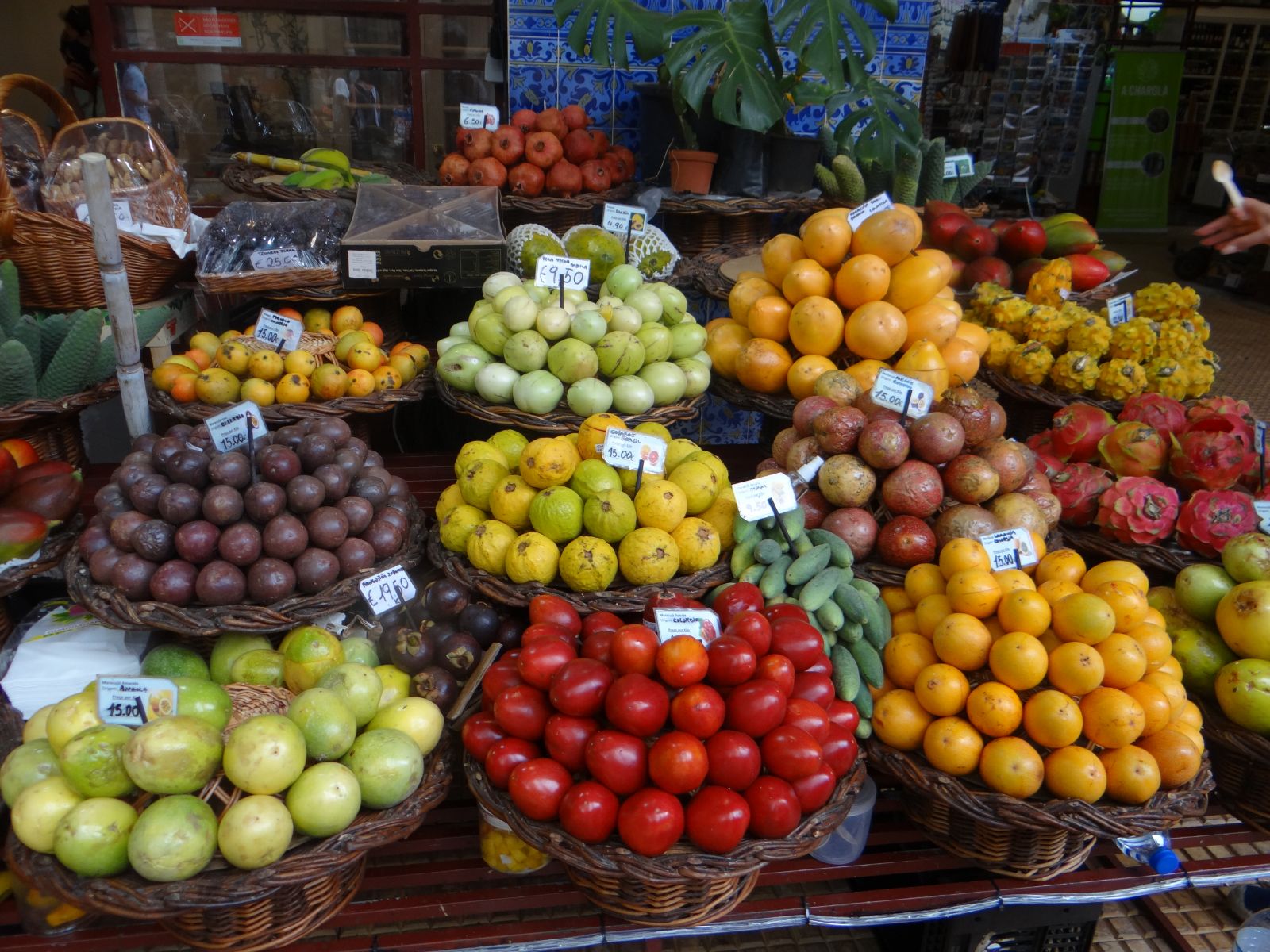
Open every day from 7 a.m. to 7 p.m., except Saturdays when the activity stops at 2 p.m., please note that it is closed on Sundays.
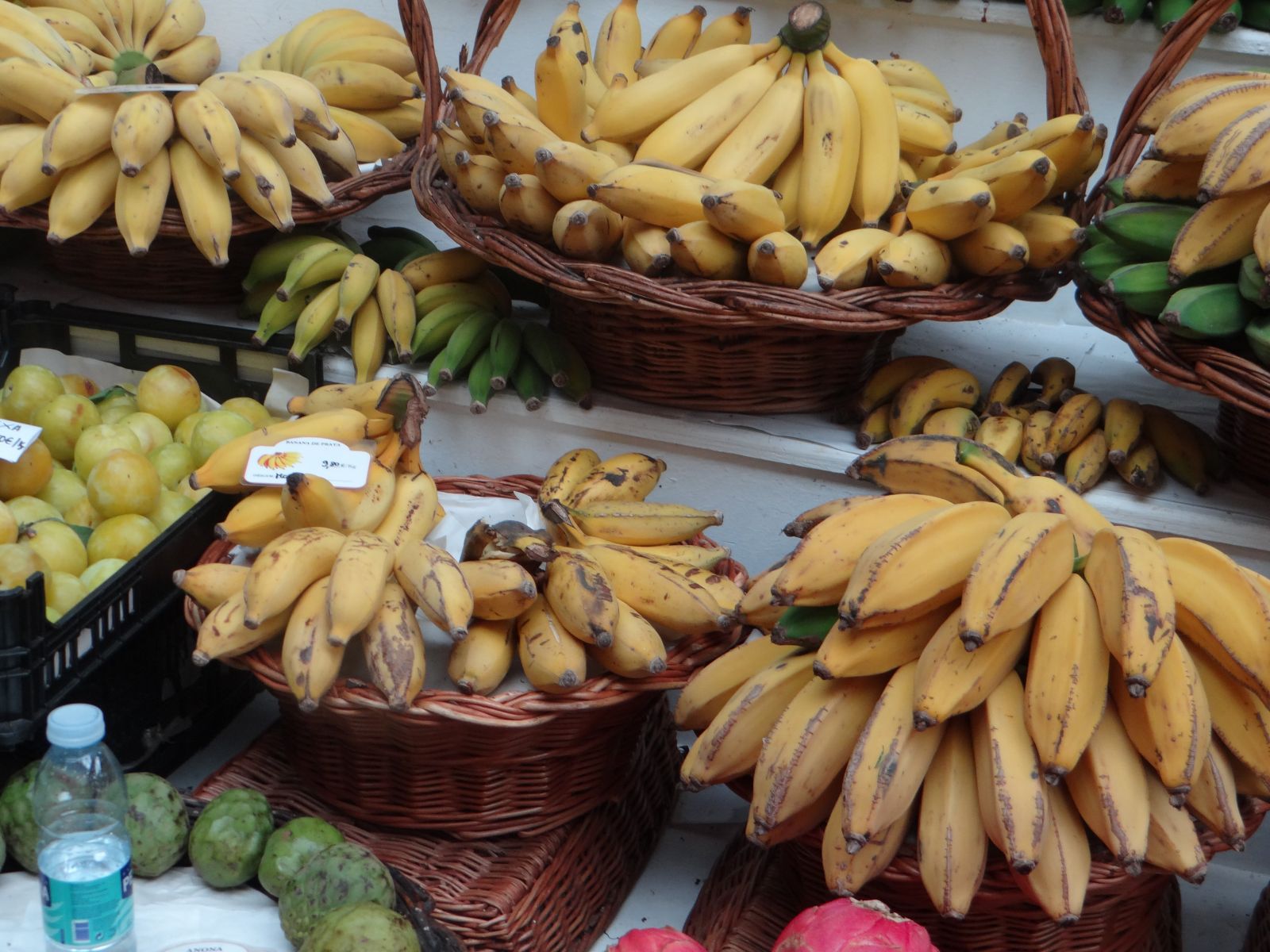
It is set up on two floors and the stalls open onto an interior courtyard. In the back are the fishermen offering the fruit of their morning outing on the high seas.
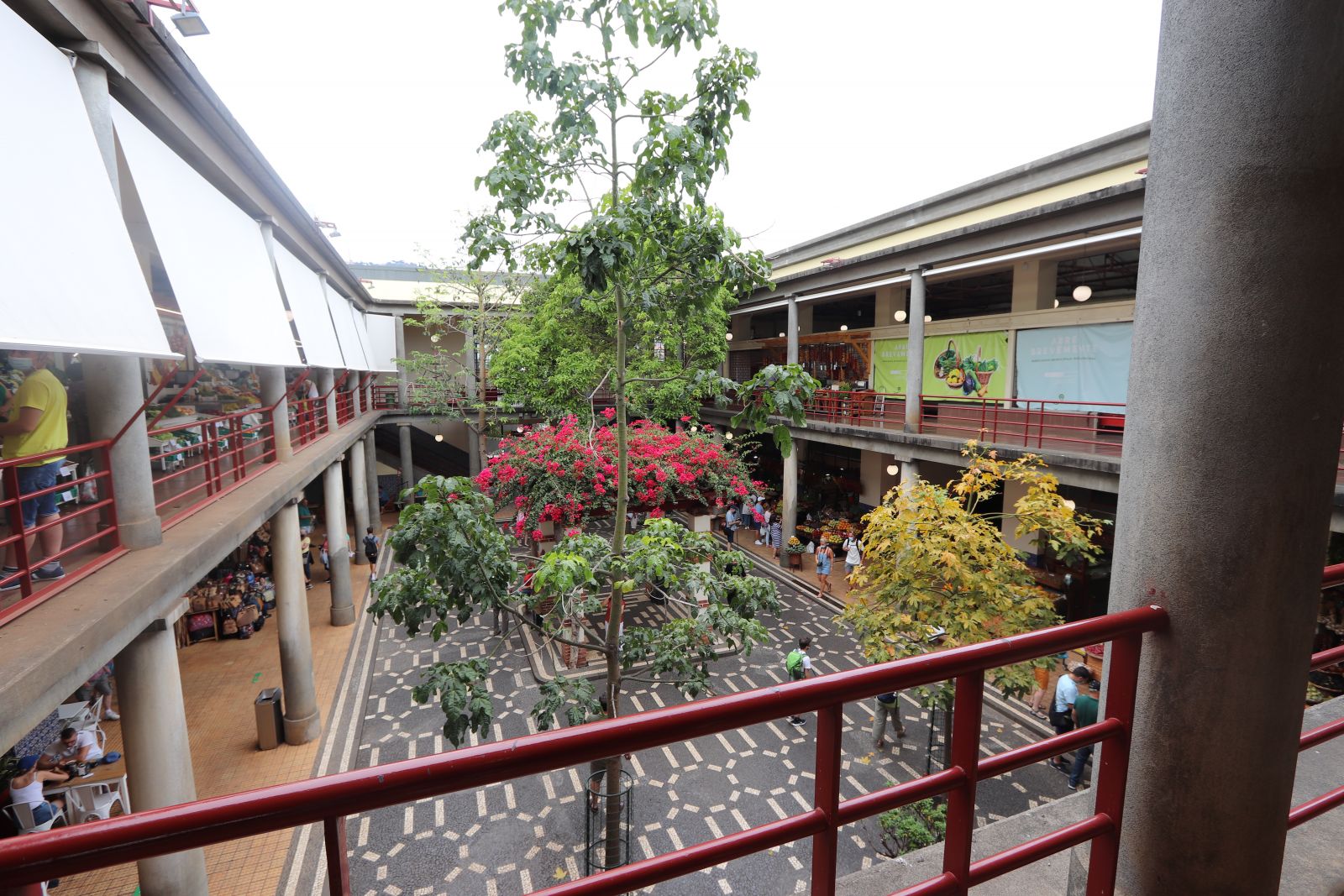
Passion fruits are undoubtedly our most beautiful discovery, taste of peach or pineapple, they are much less acidic than those we find at home.v
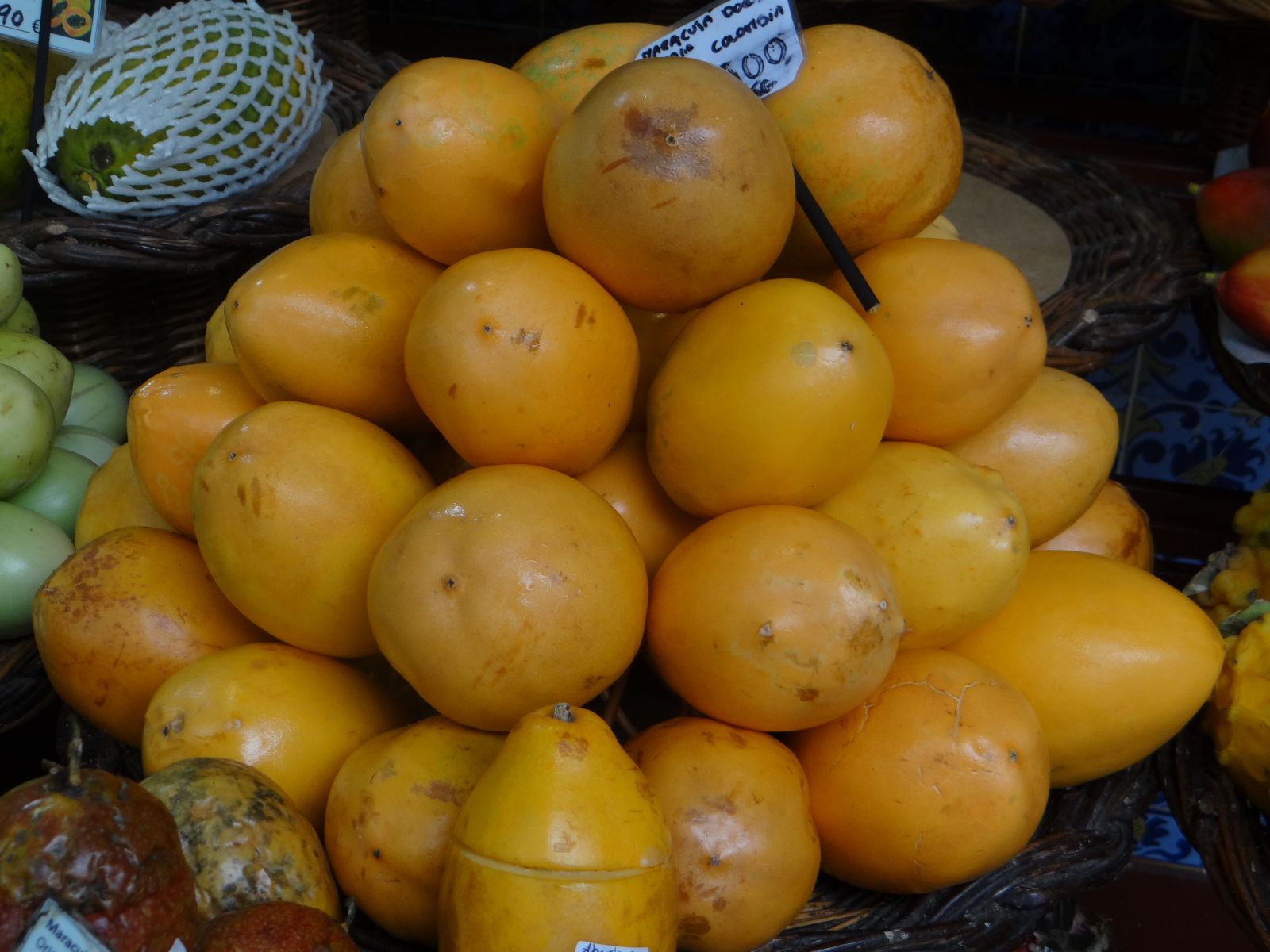
Maracuj ananas et Maracuja banana
Guavas and mangoes in other sizes, with varied, intense tastes.
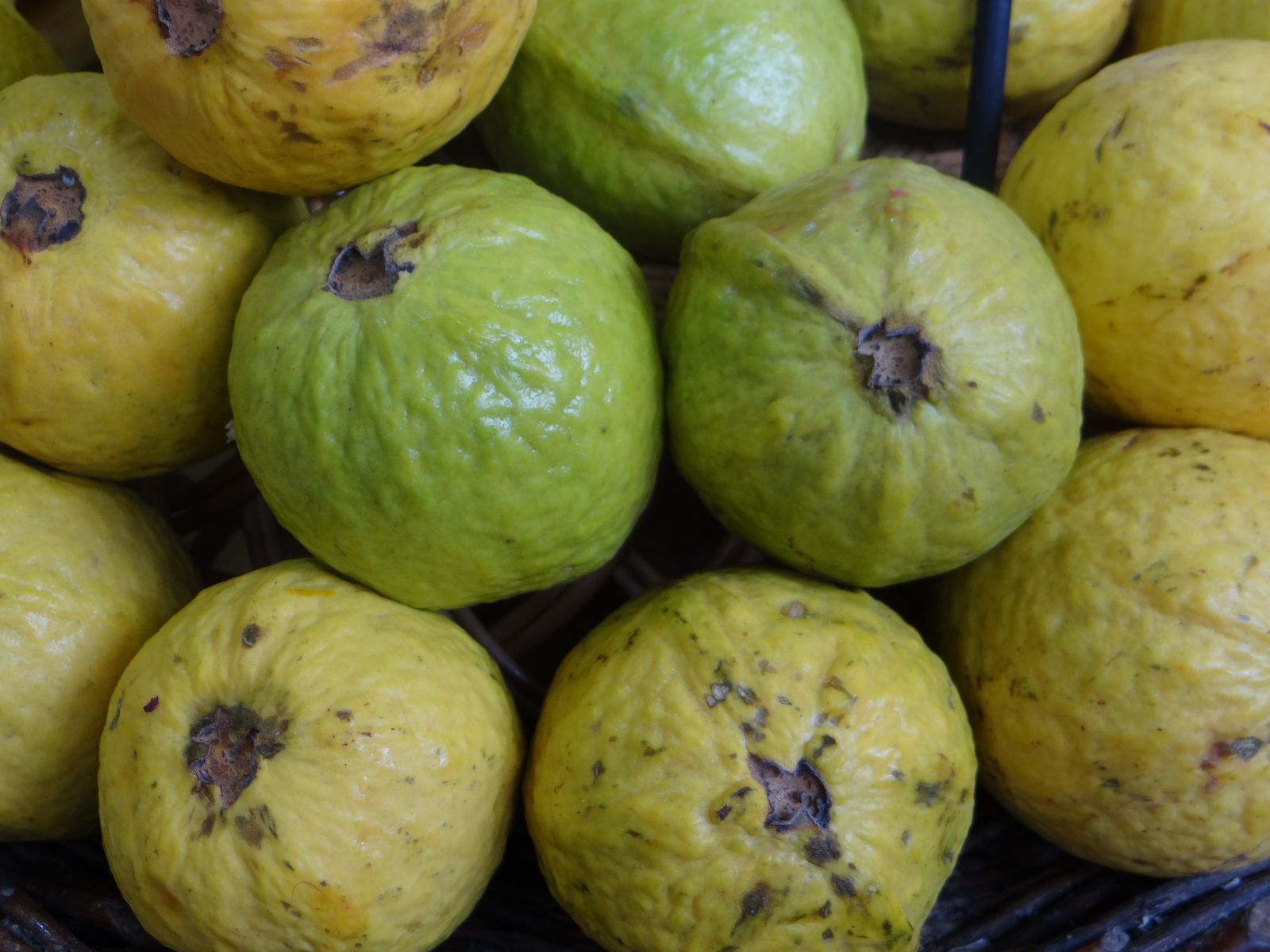
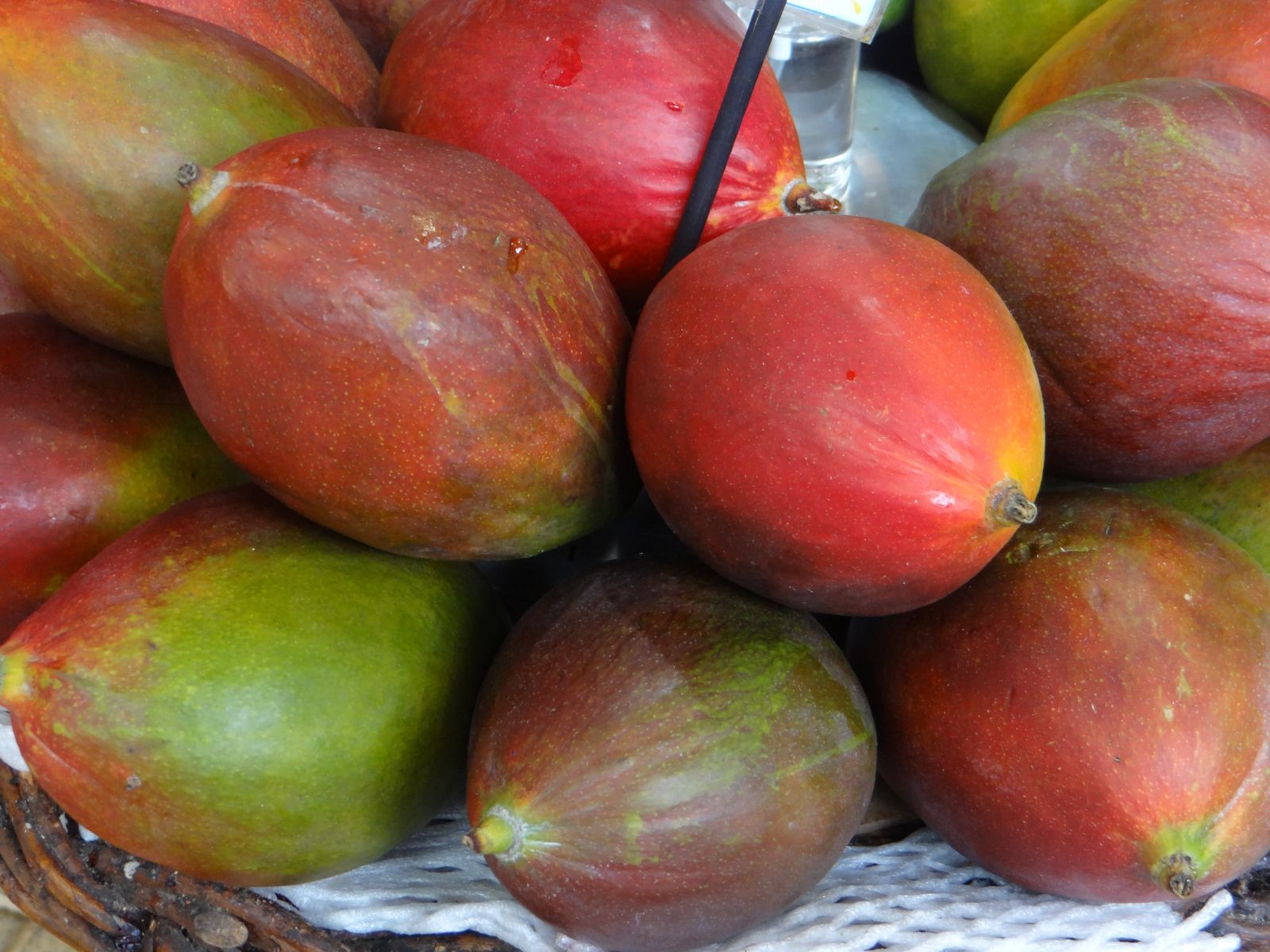
Goiaba paluma et Mangifera indica
Even more exotic and unusual.
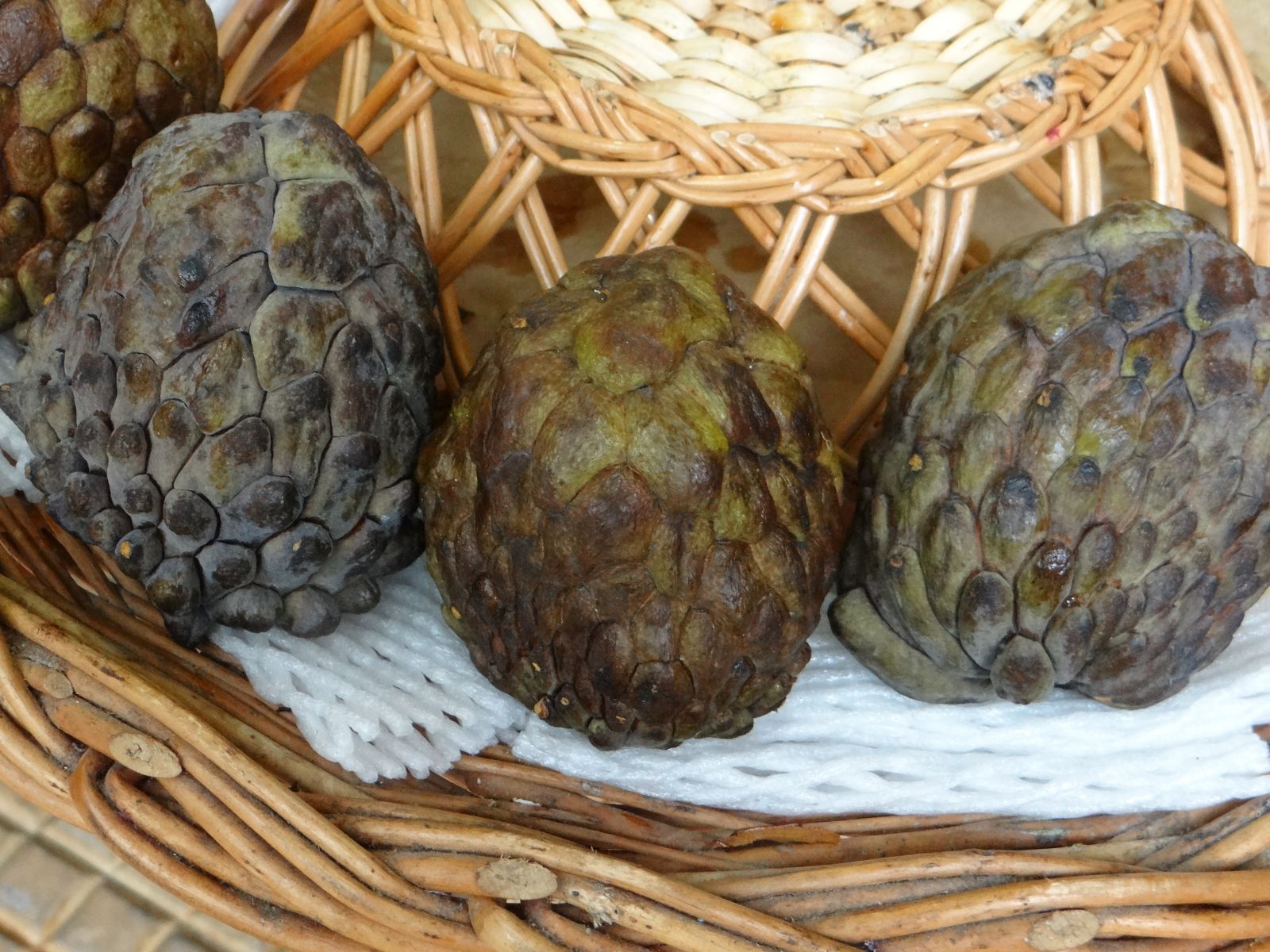
Annona atemoya et Monstera deliciosa
We didn't know that the fruit of the Swiss Cheese Plant, this well-known plant in our apartments, was so tasty with its banana taste.
Did you like this article ? Discover our following articles on Madeira by clicking on the links below:
Read our fourth article on Madeira
Read our fifth article on Madeira
Textes : GiiN rédacteur WEB 2023
Photos : Bénédicte et Laurent des Jardins du Florilège 2021-2022


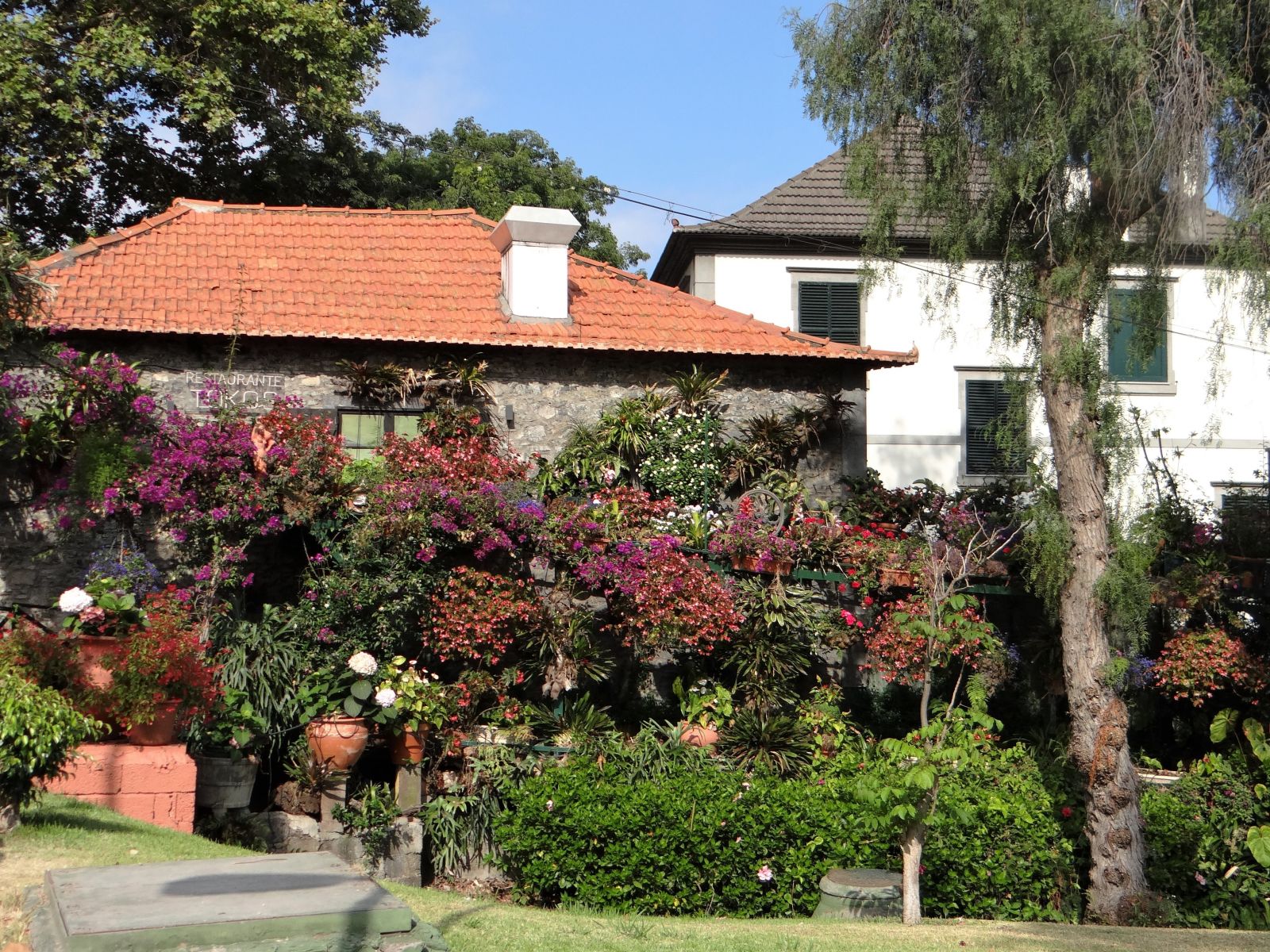
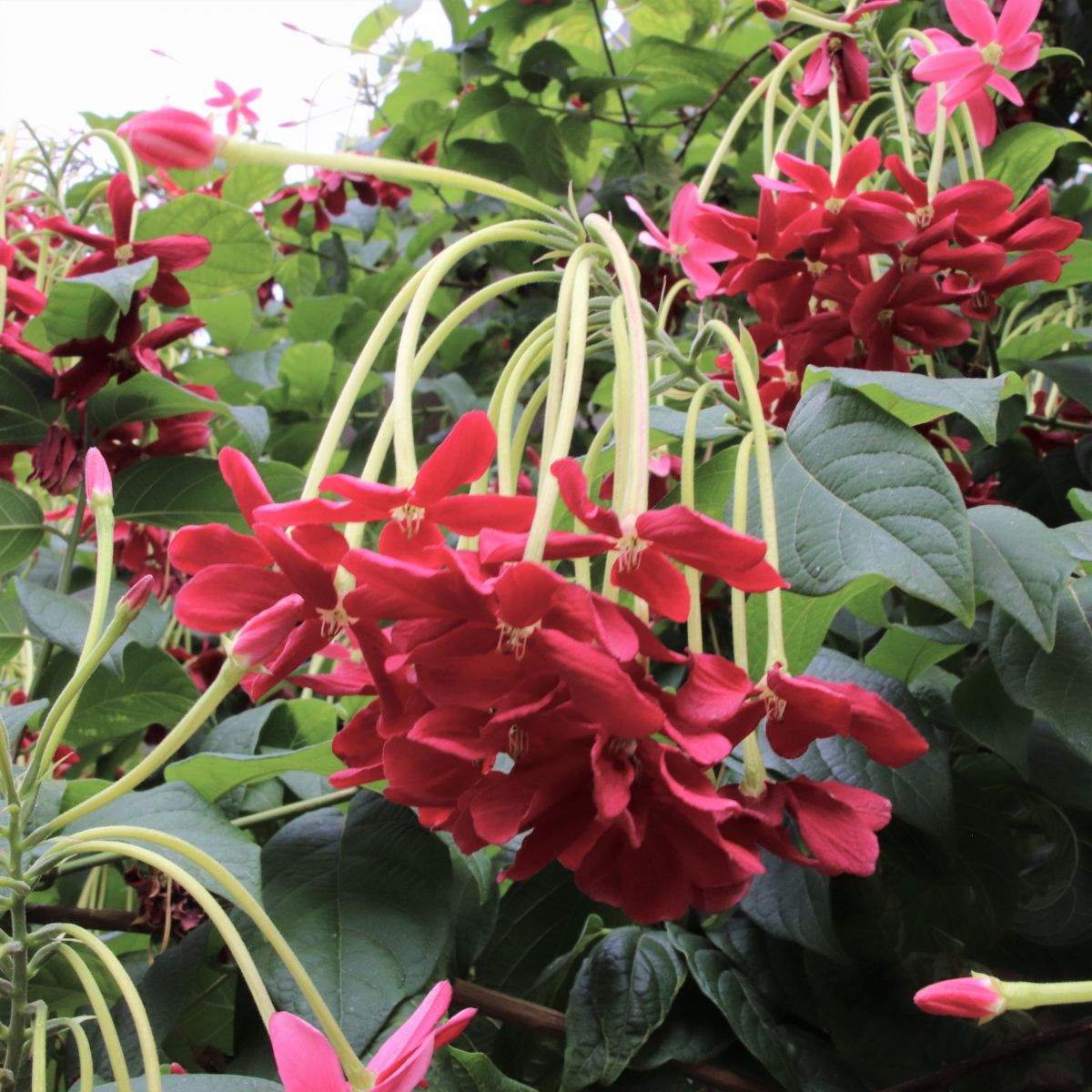
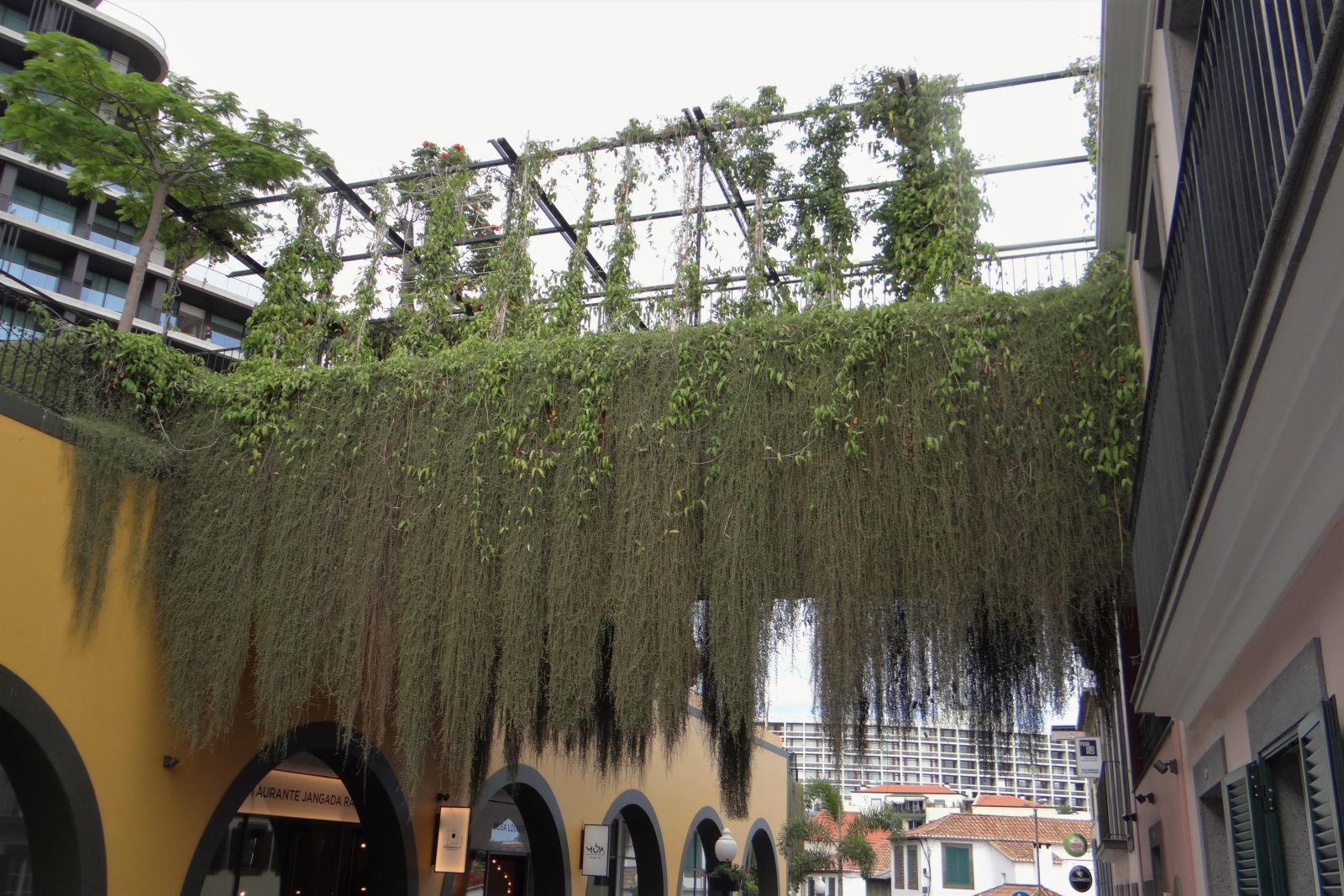
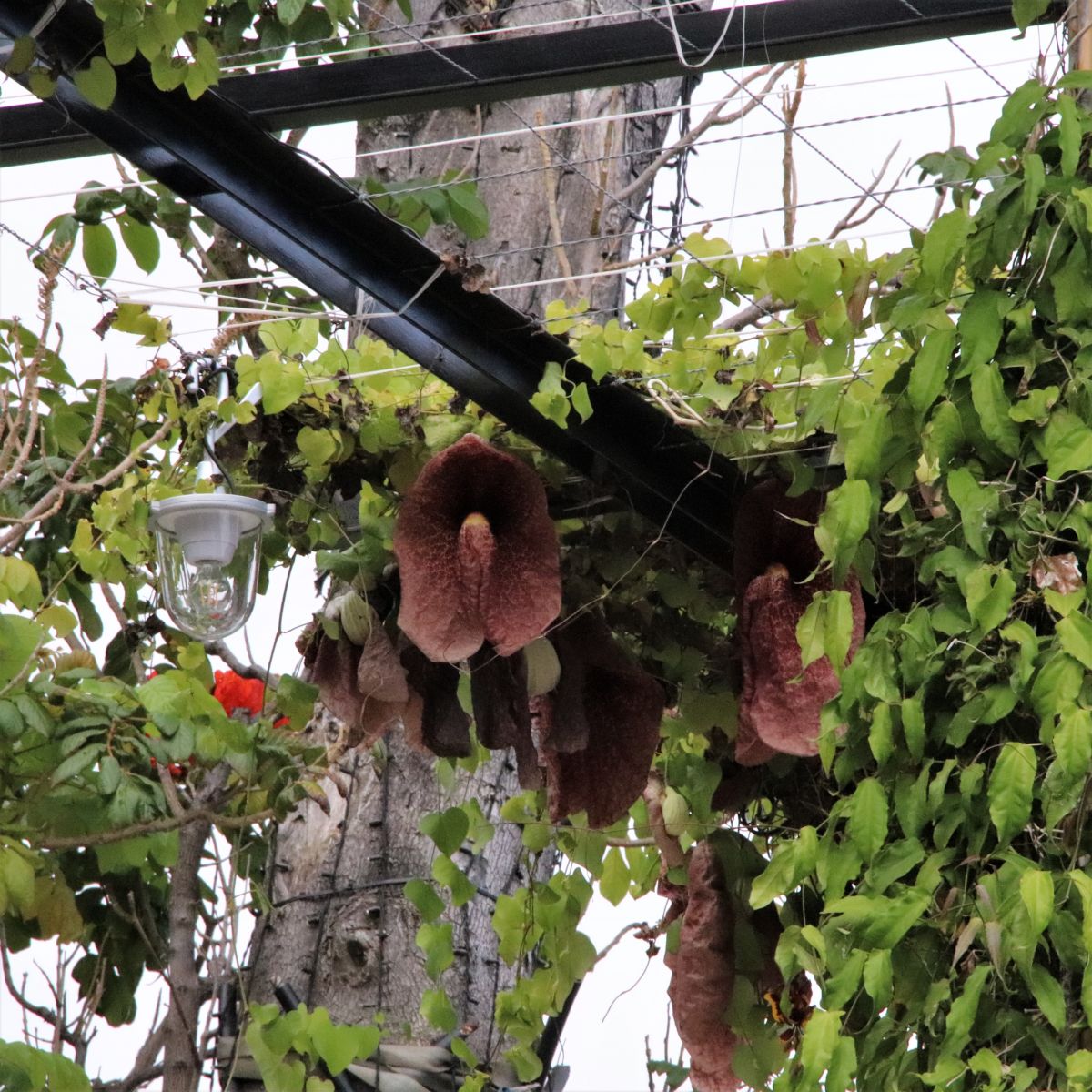

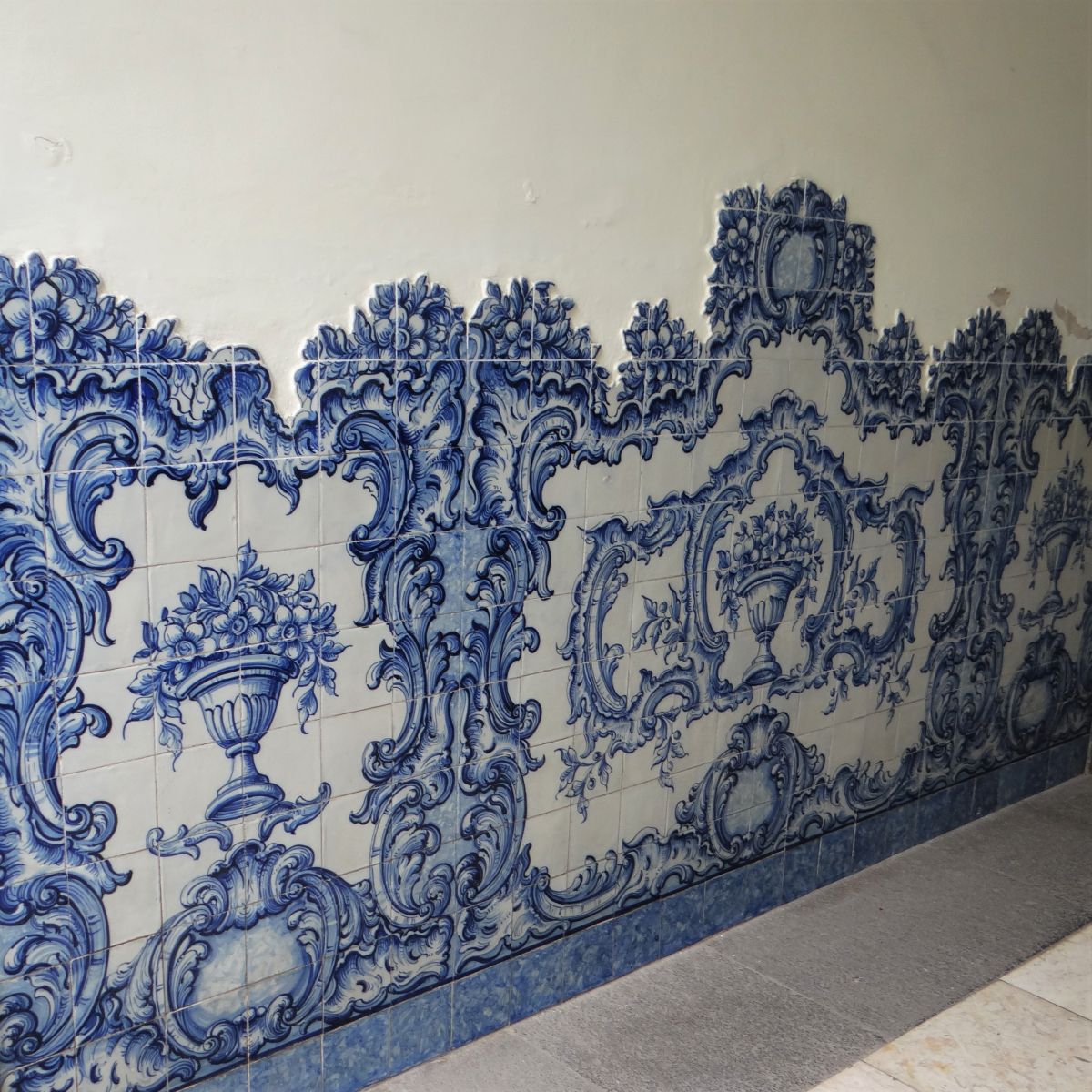
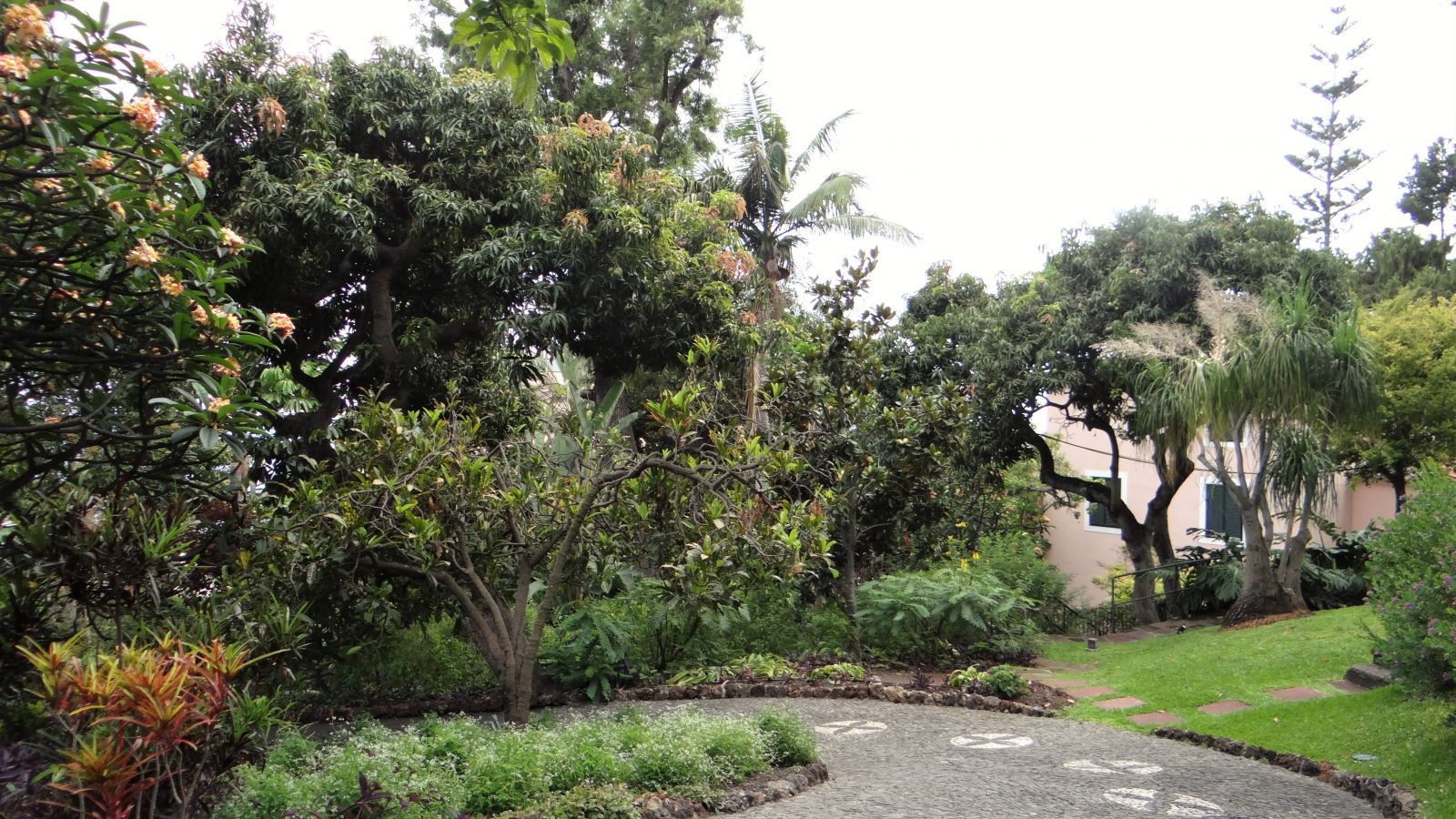
(robusta).JPG)
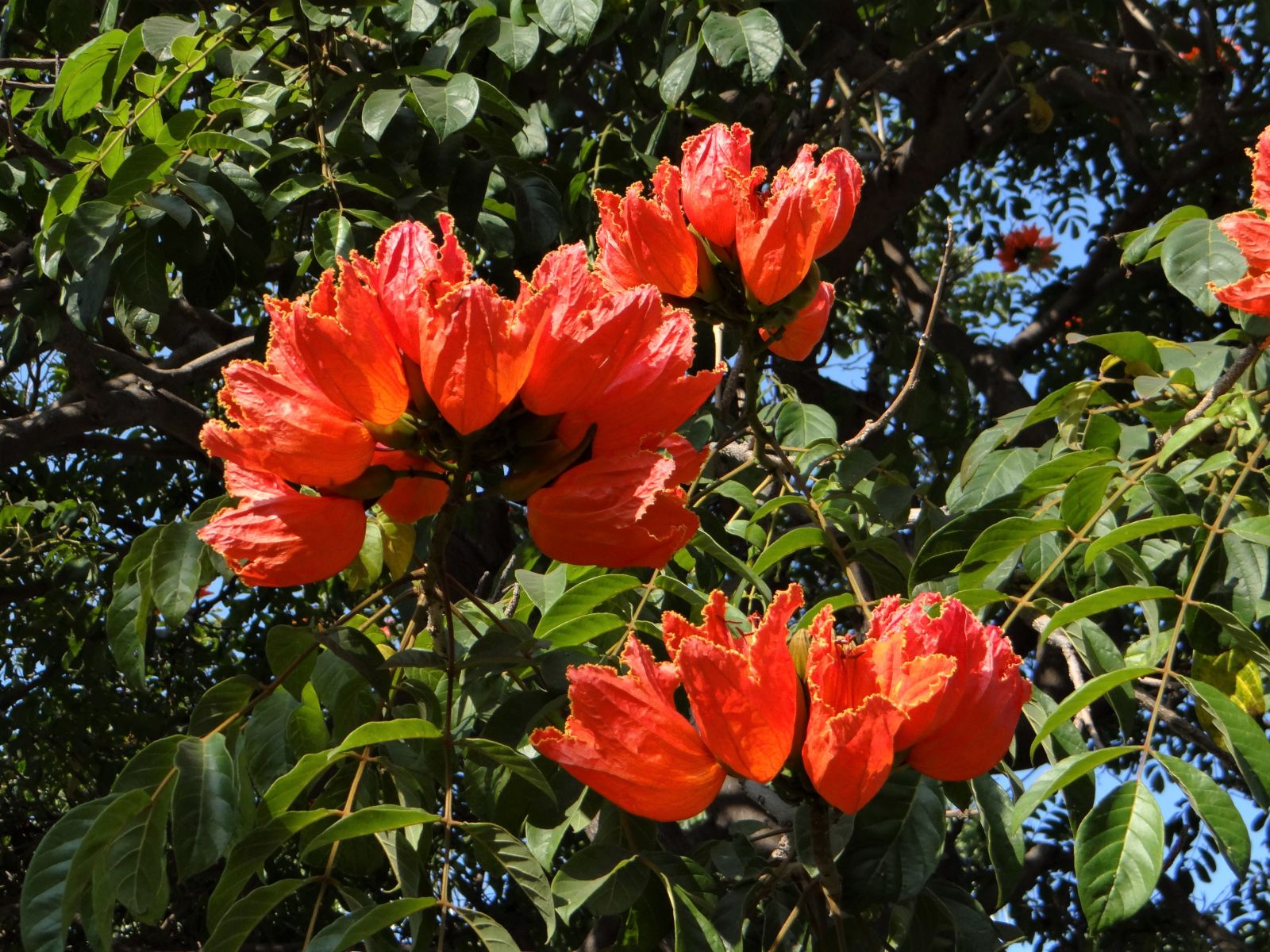
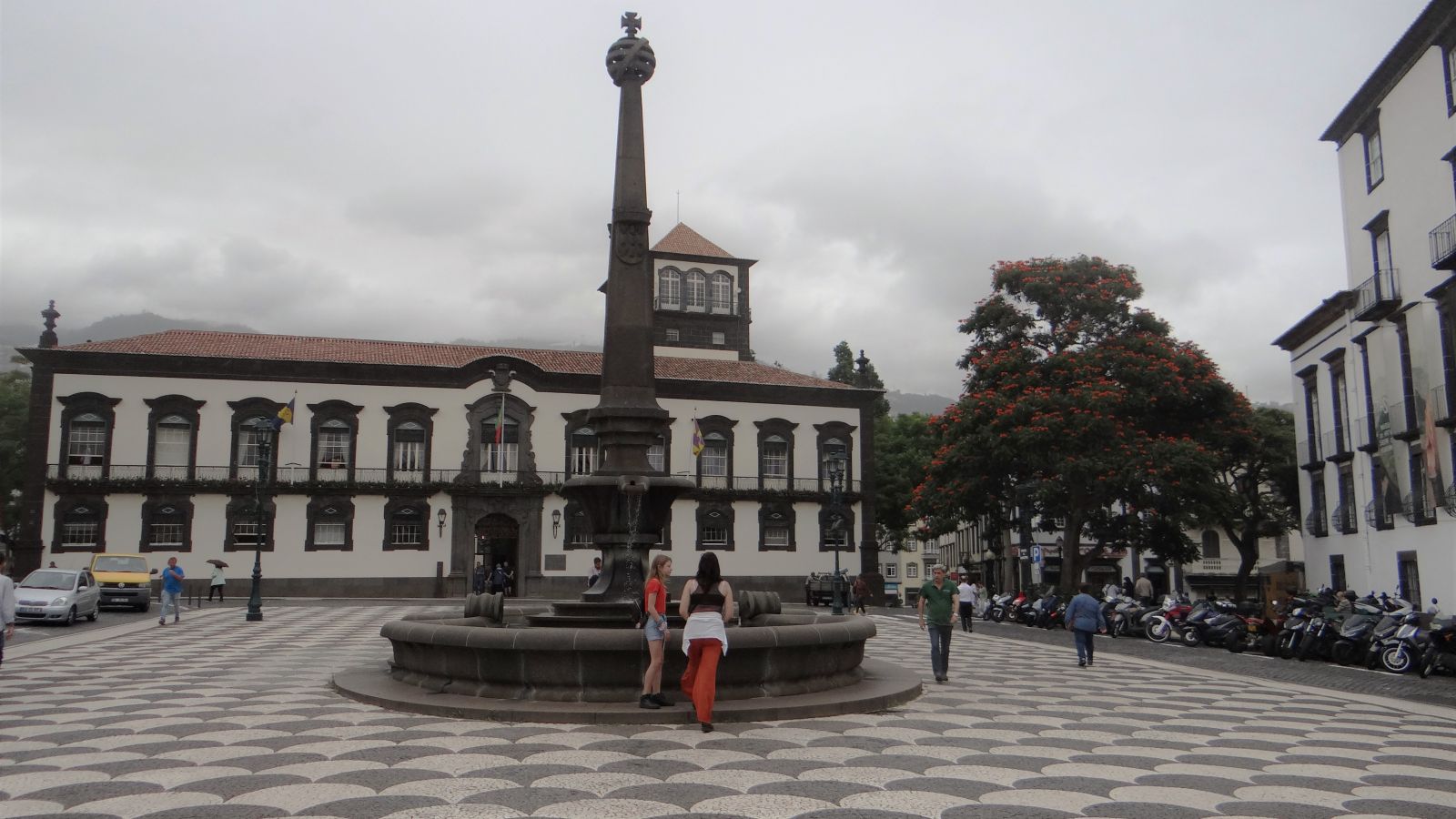
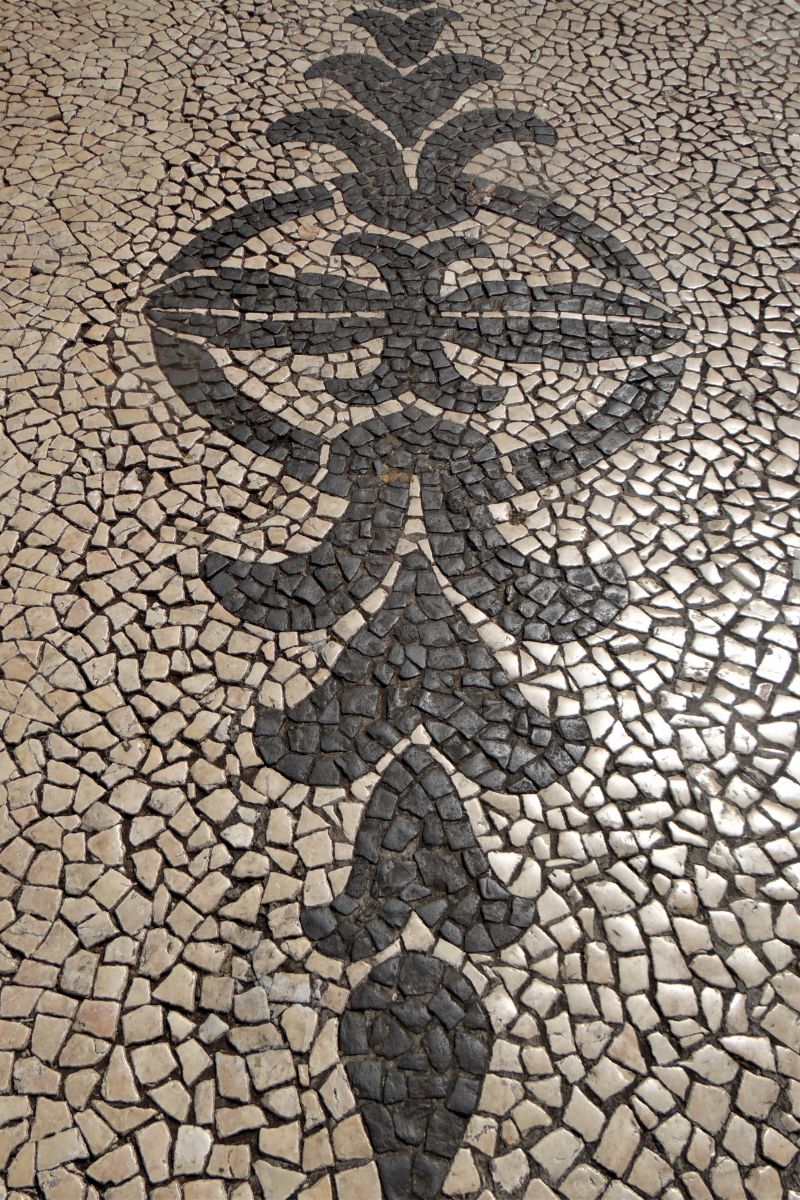
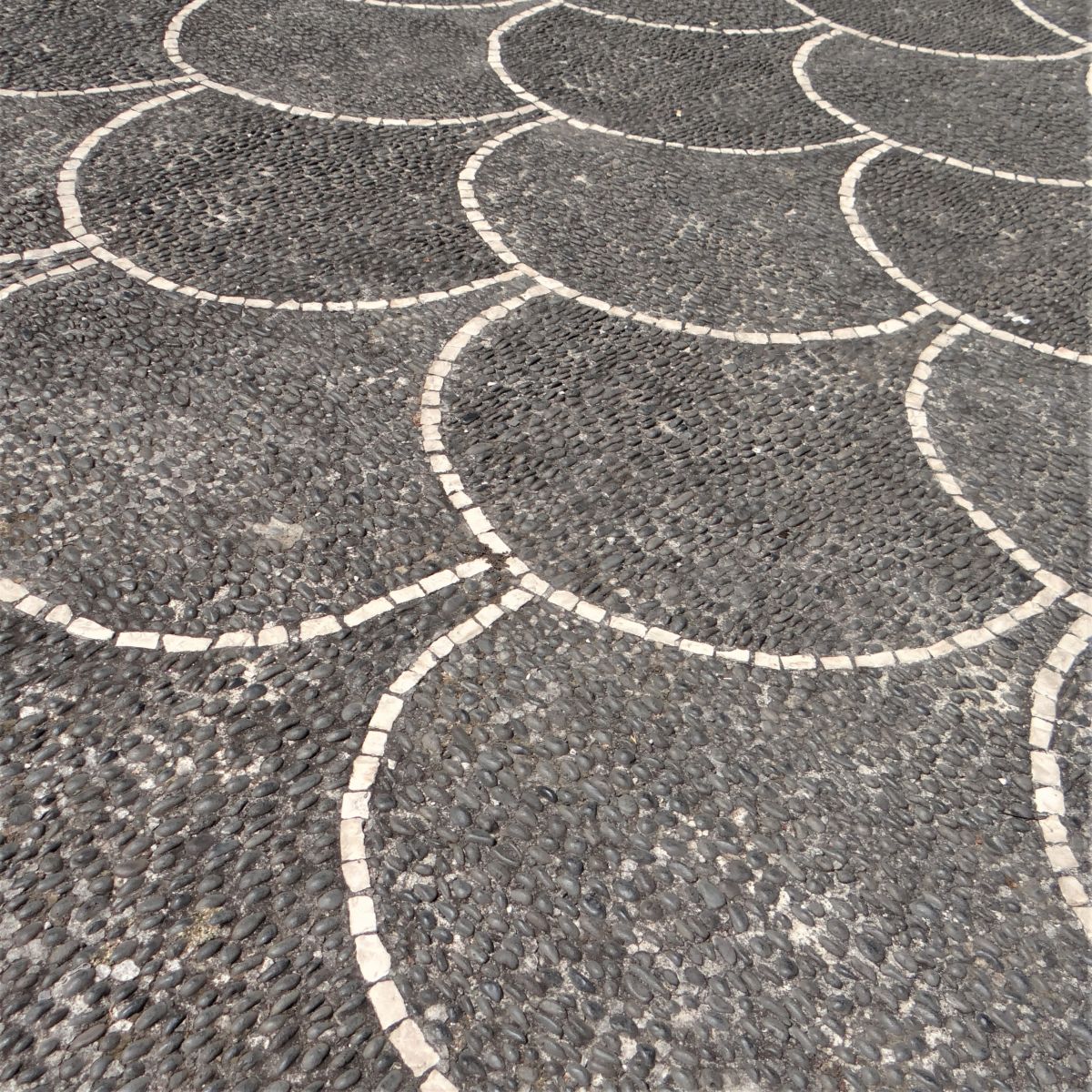
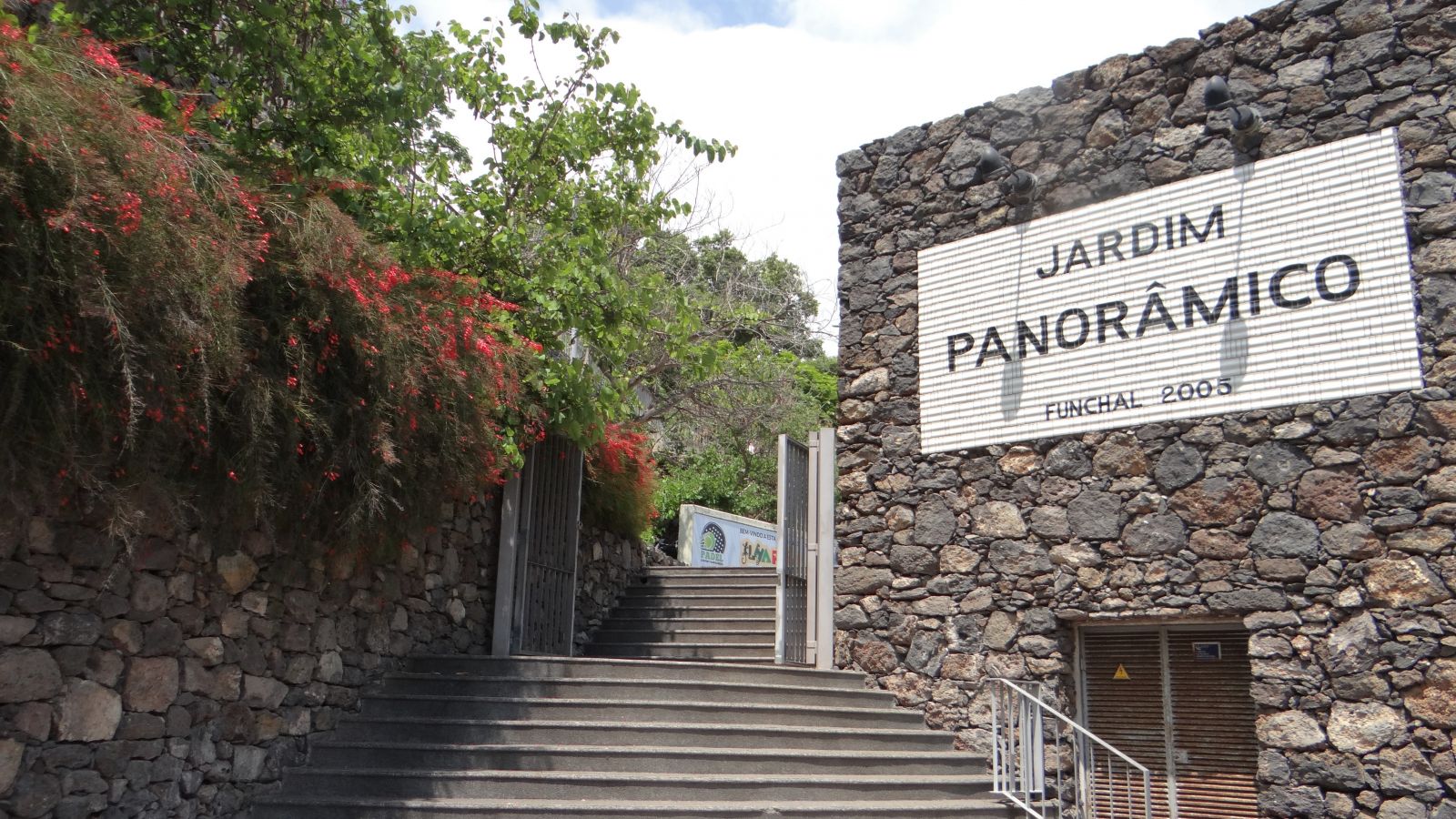
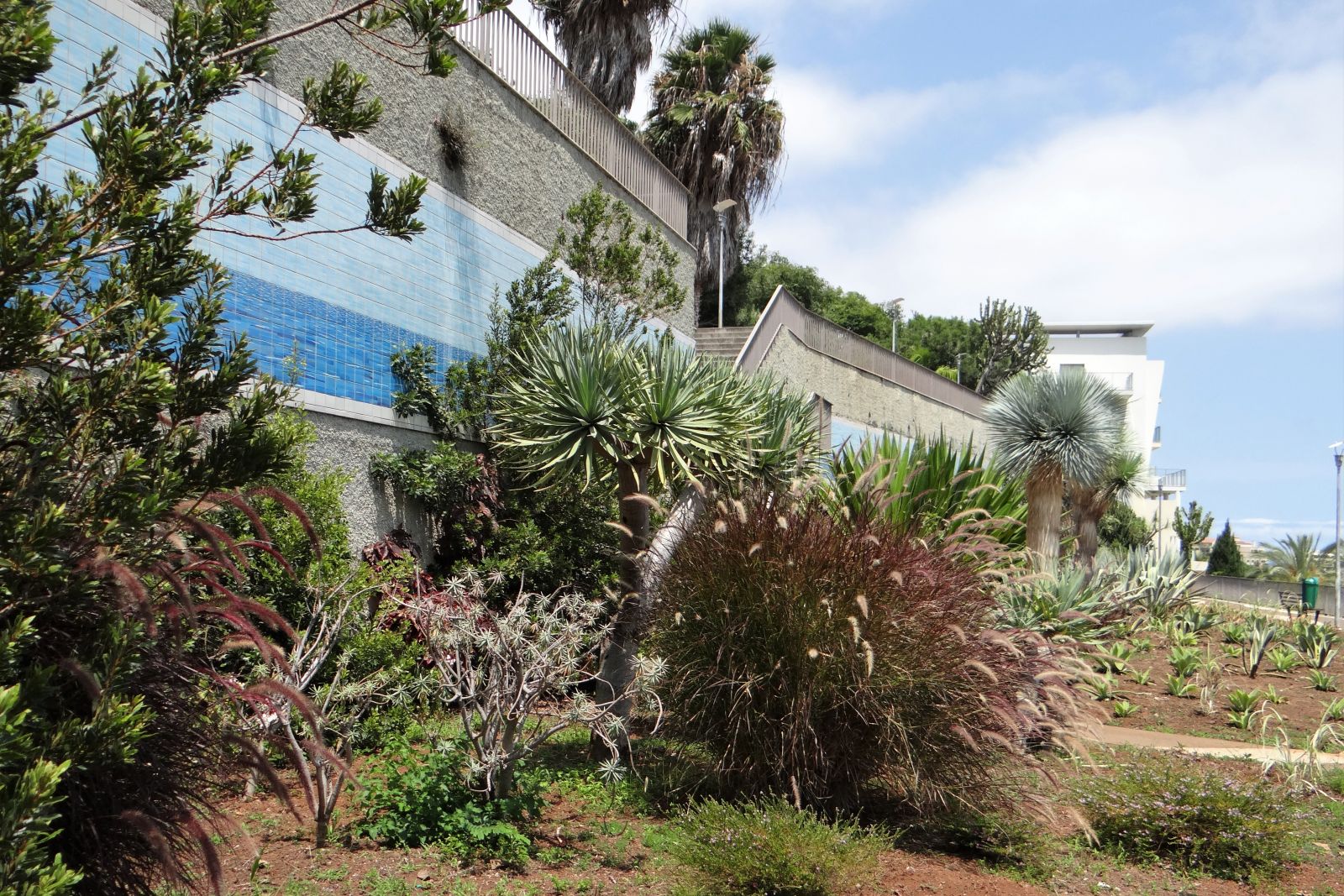
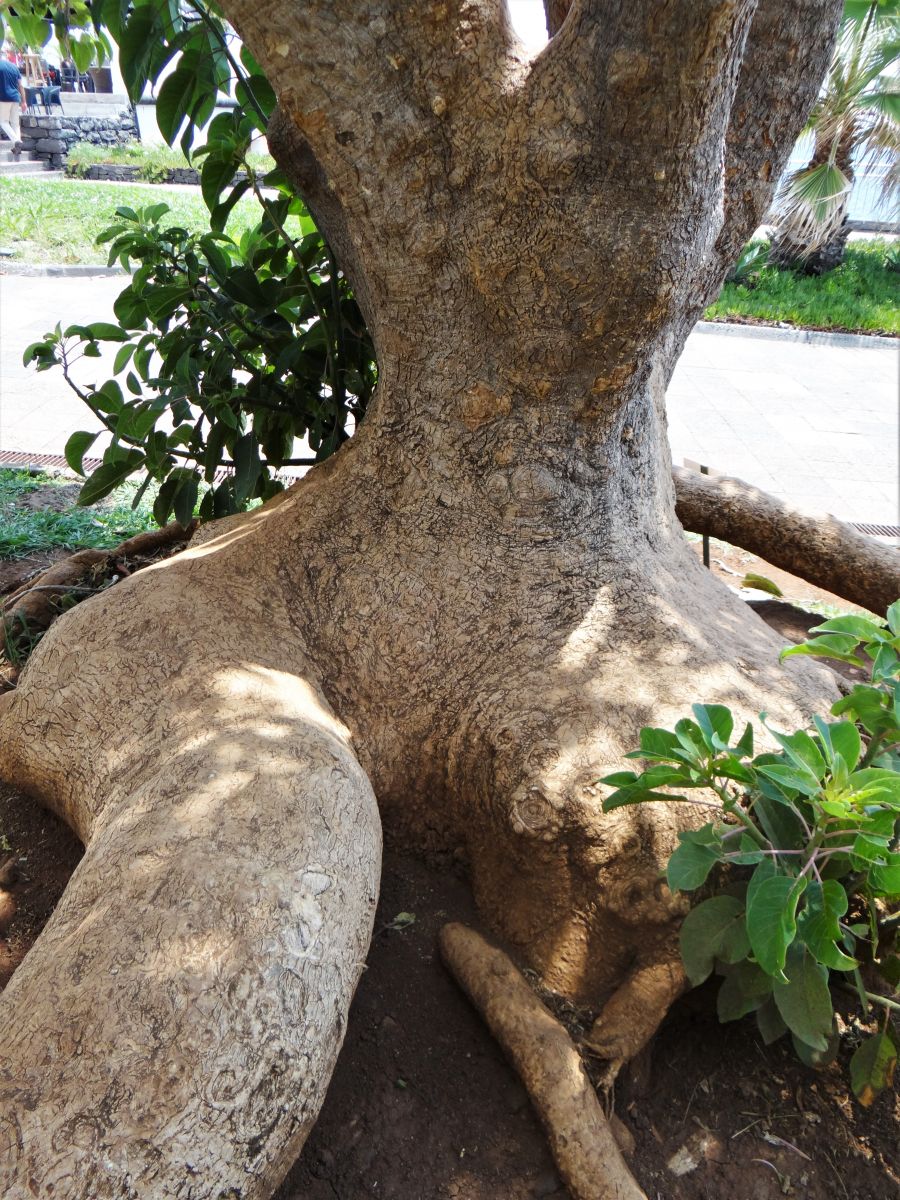
.JPG)
.JPG)
.JPG)
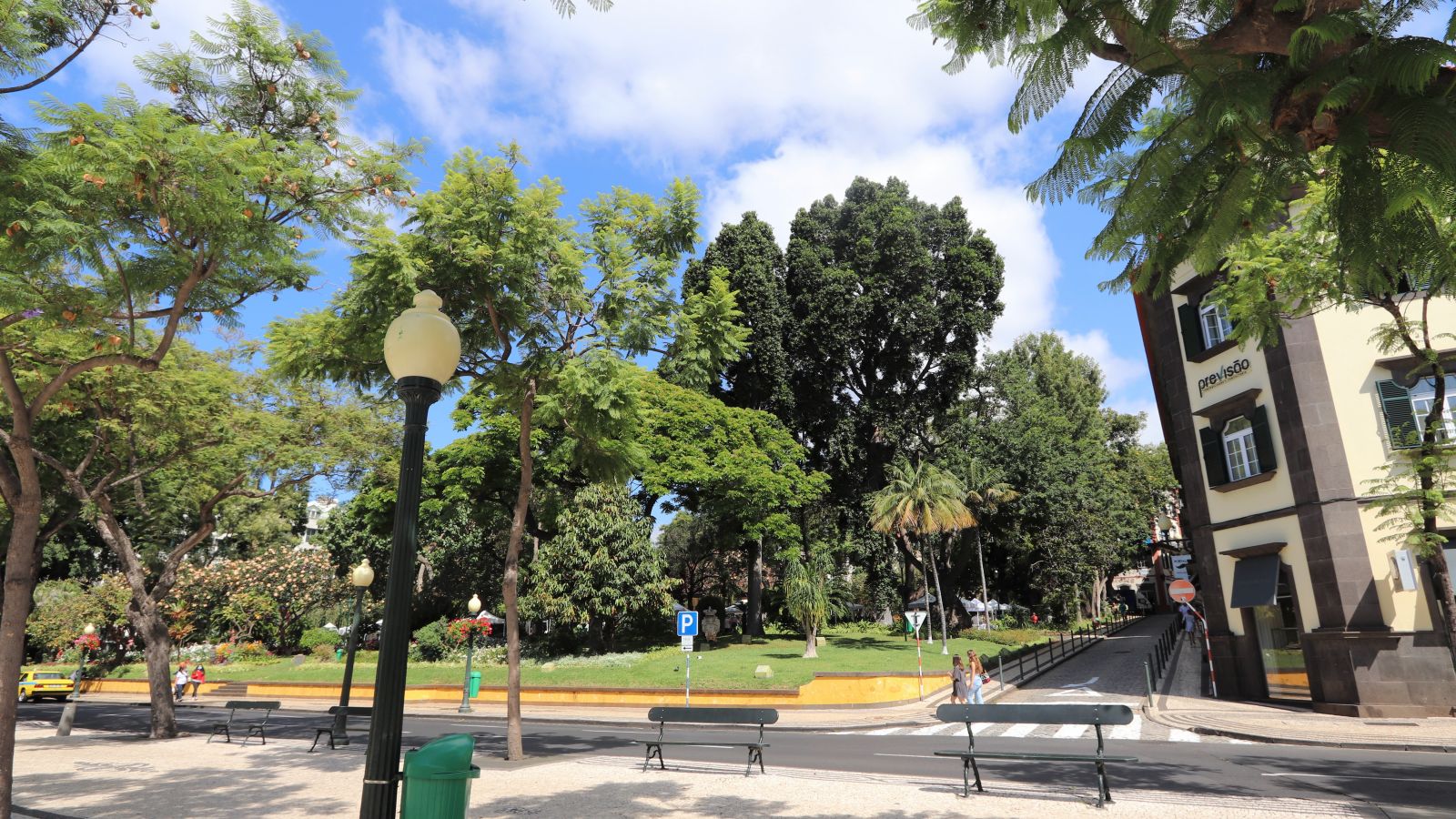

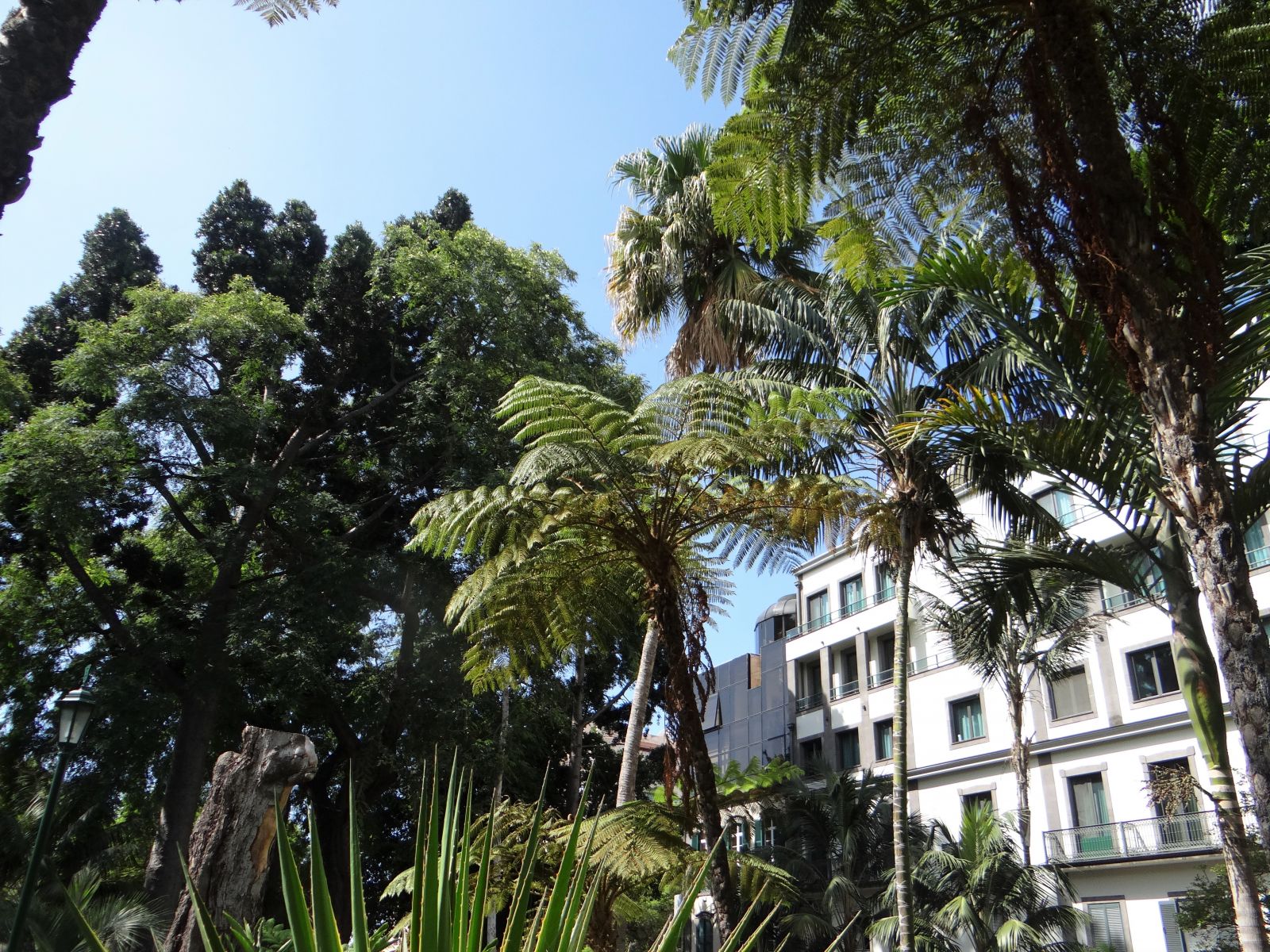
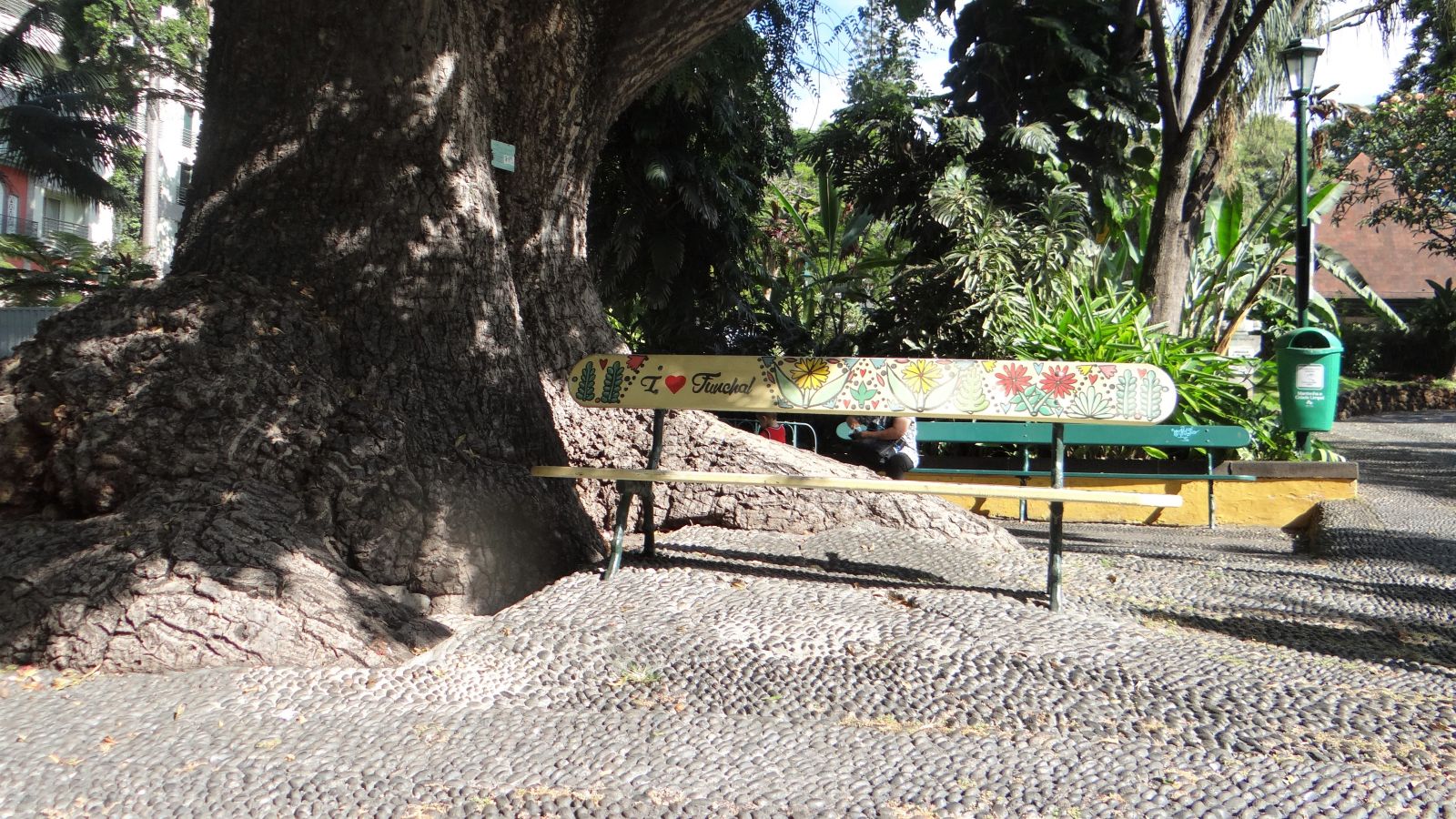
.JPG)
.JPG)
.JPG)
.JPG)
.JPG)
.JPG)
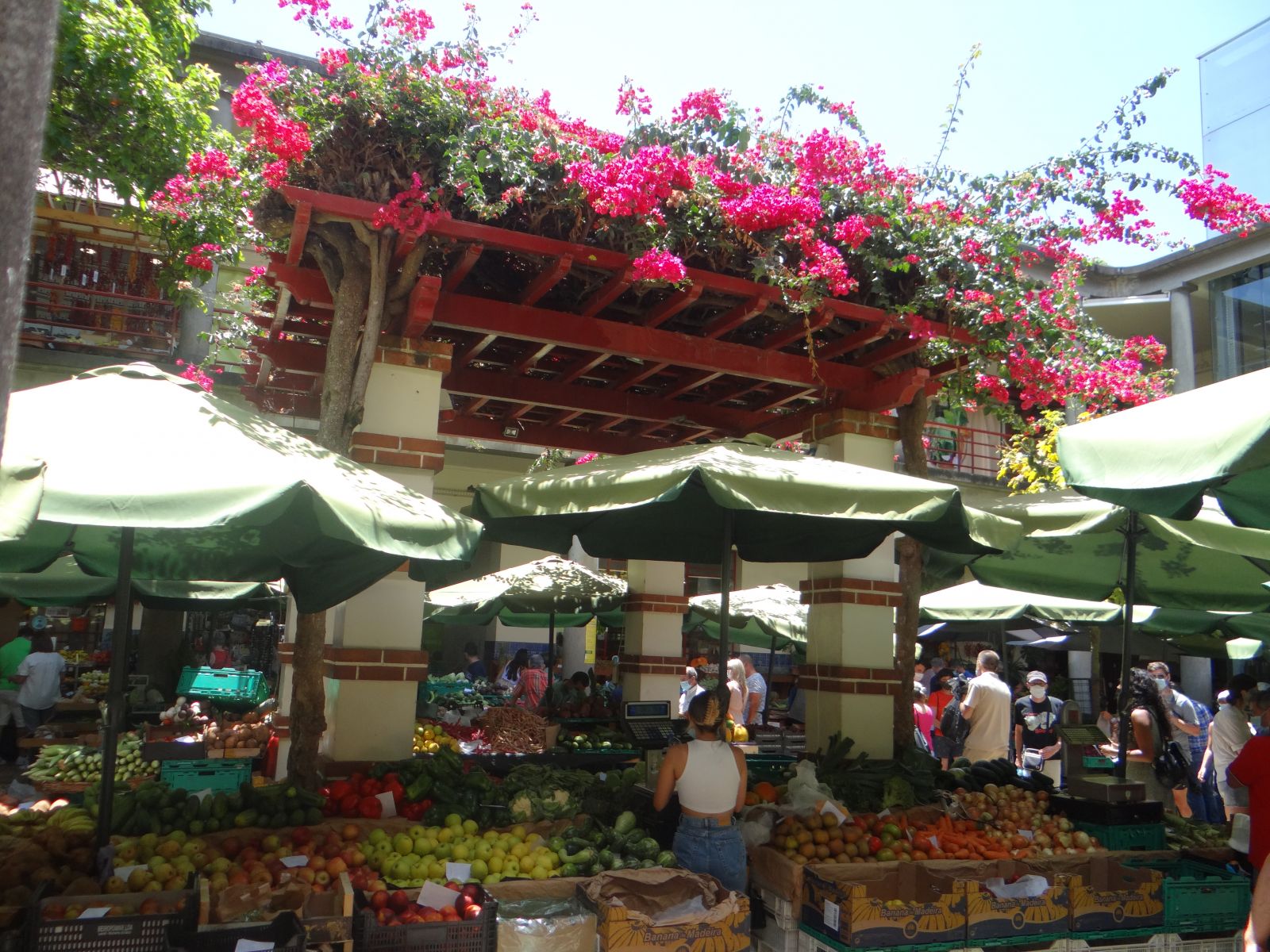
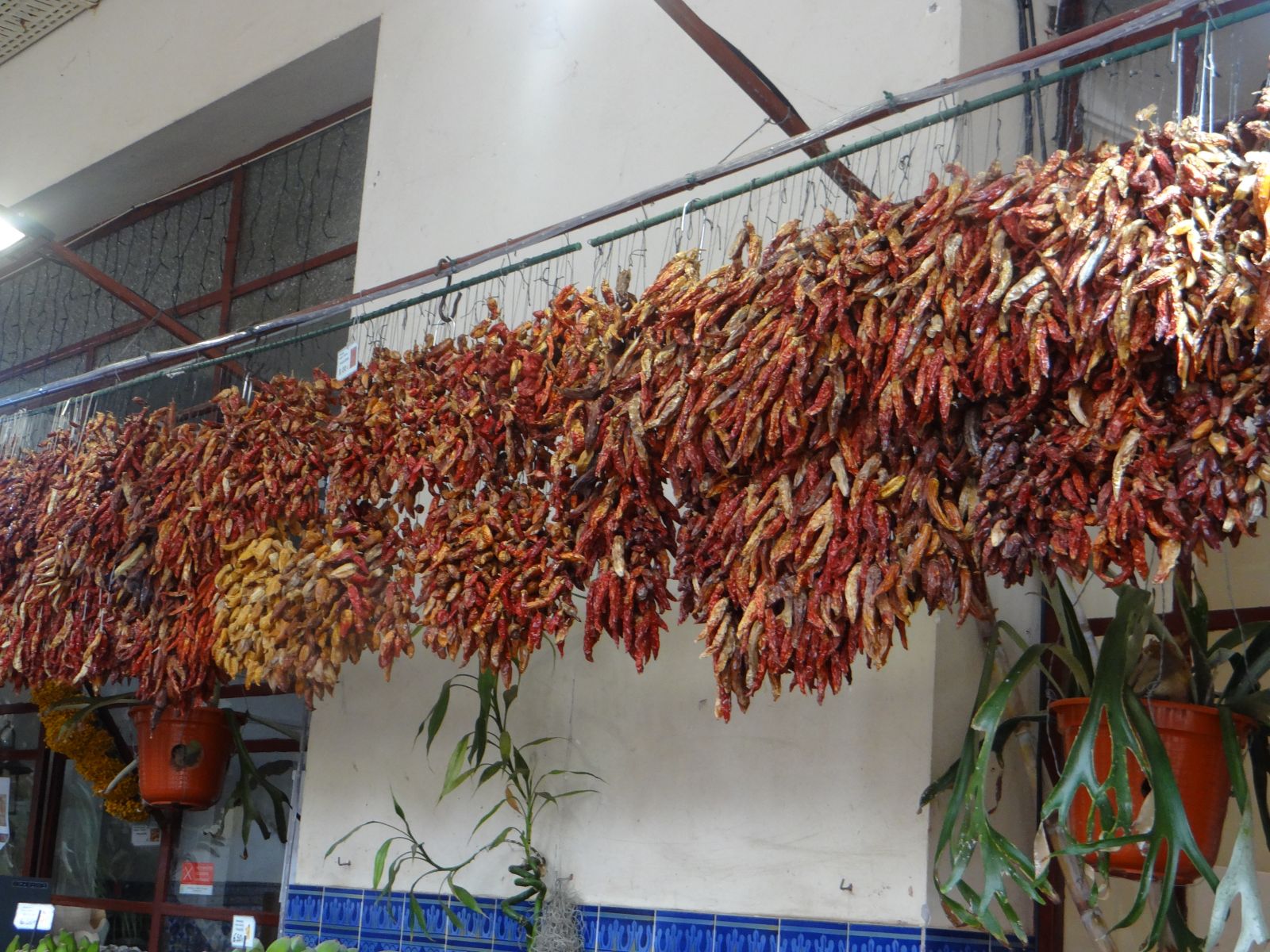
.JPG)
